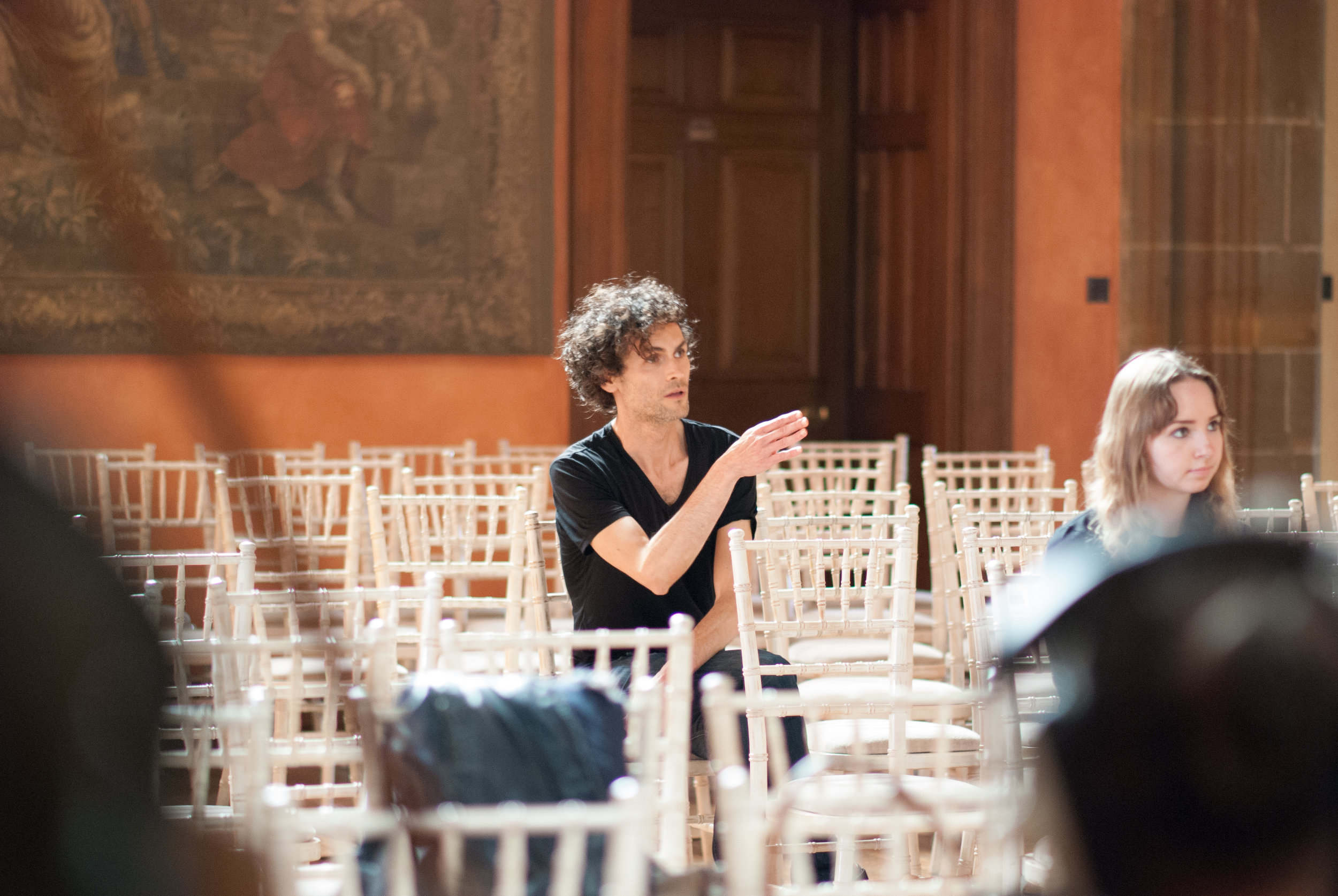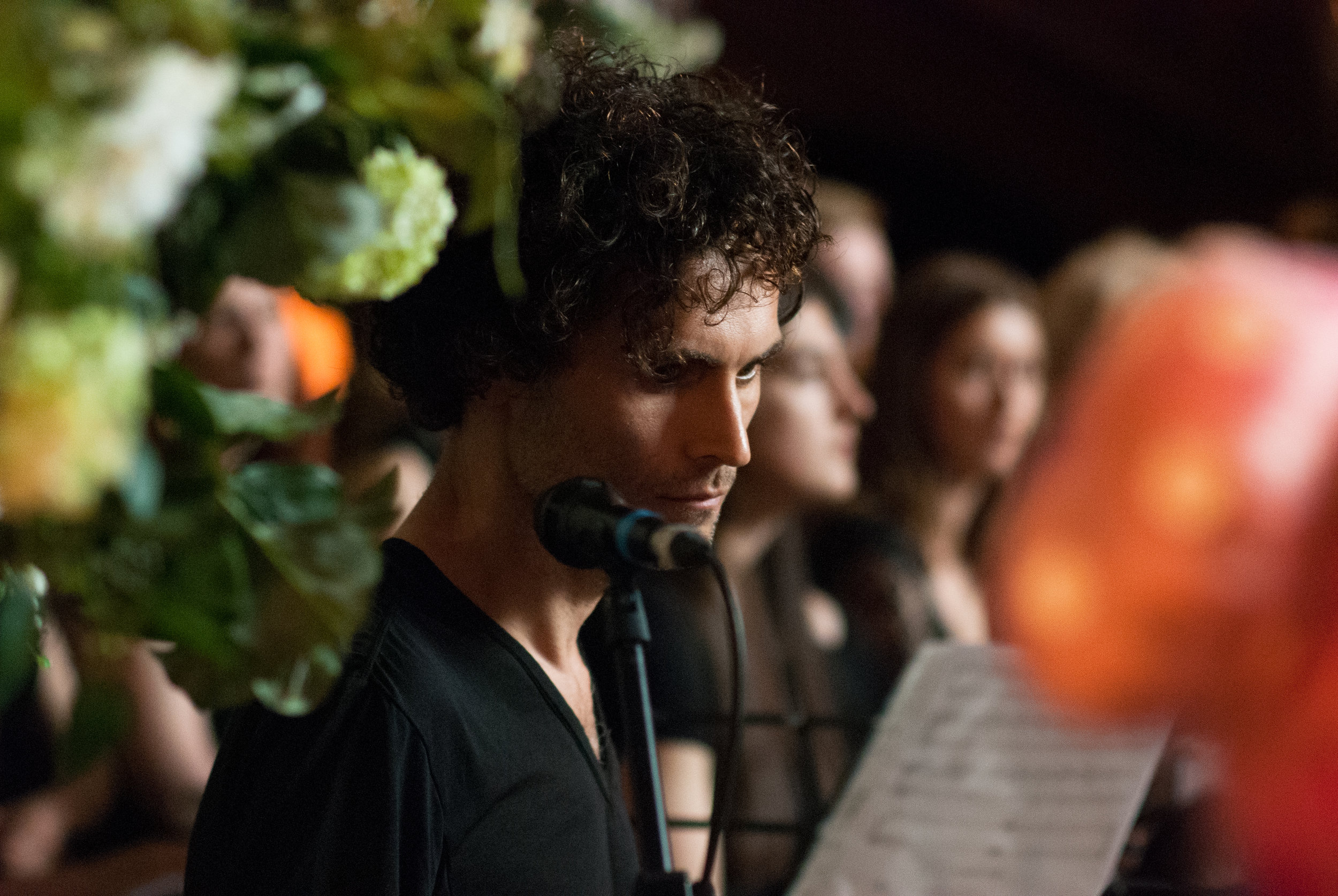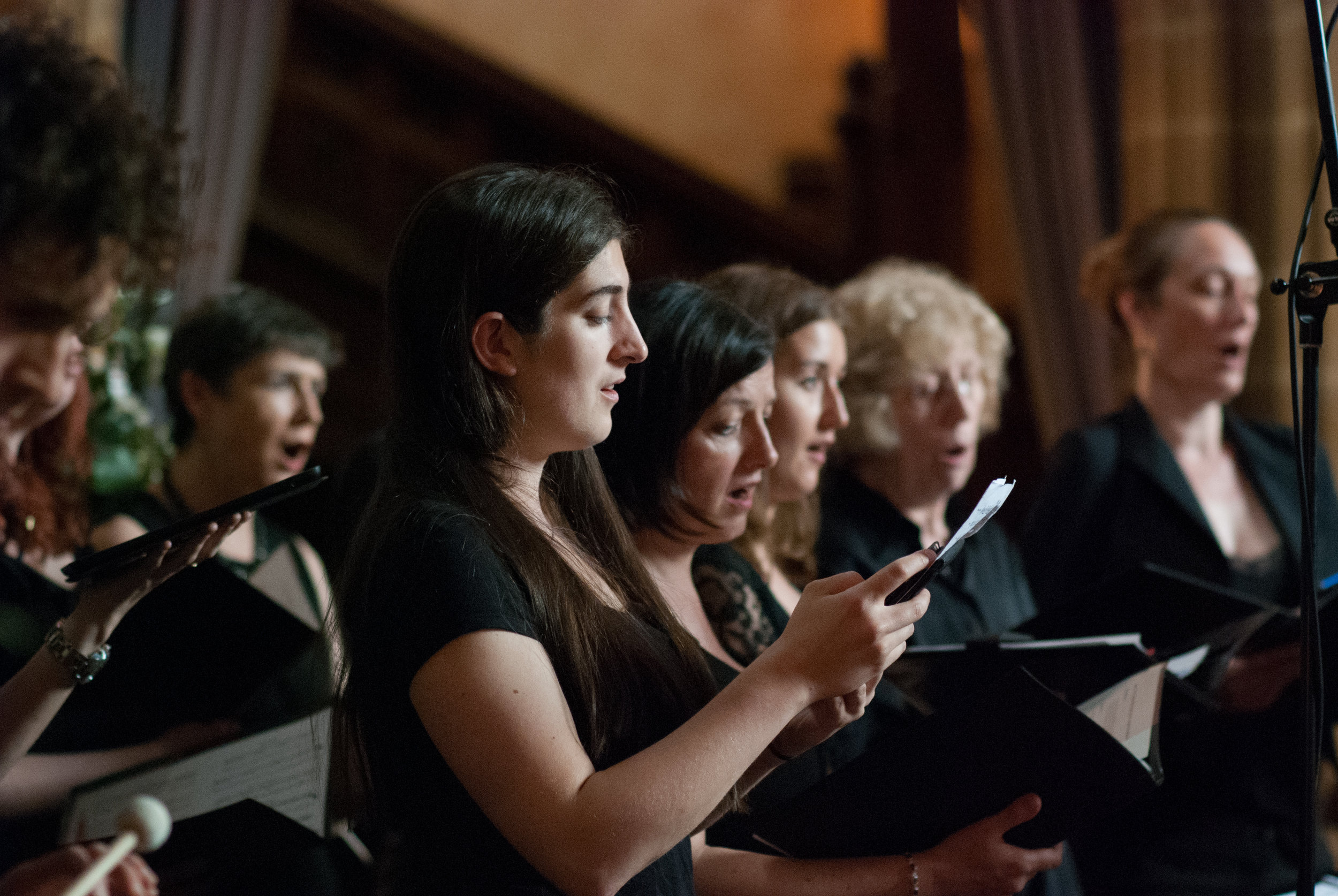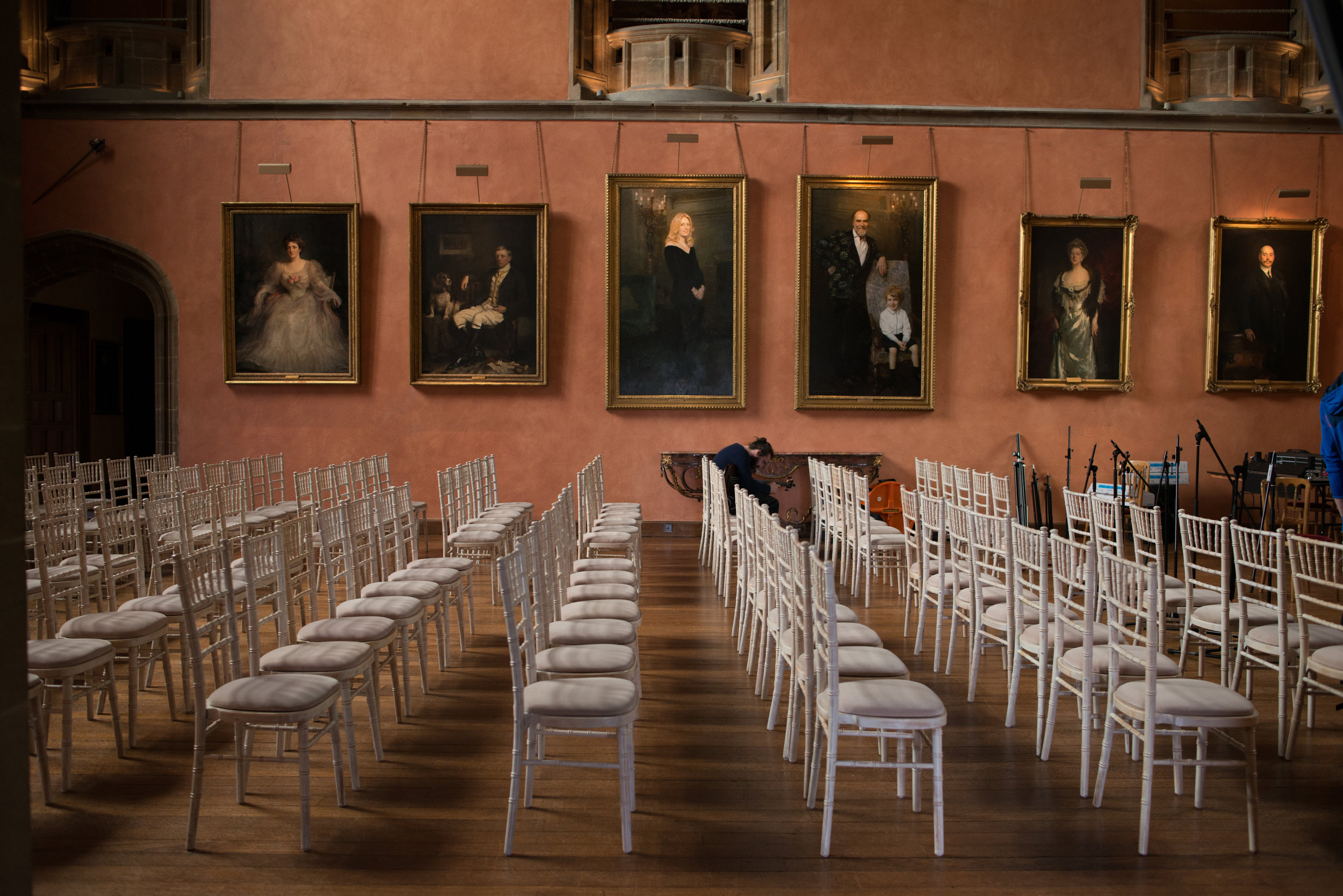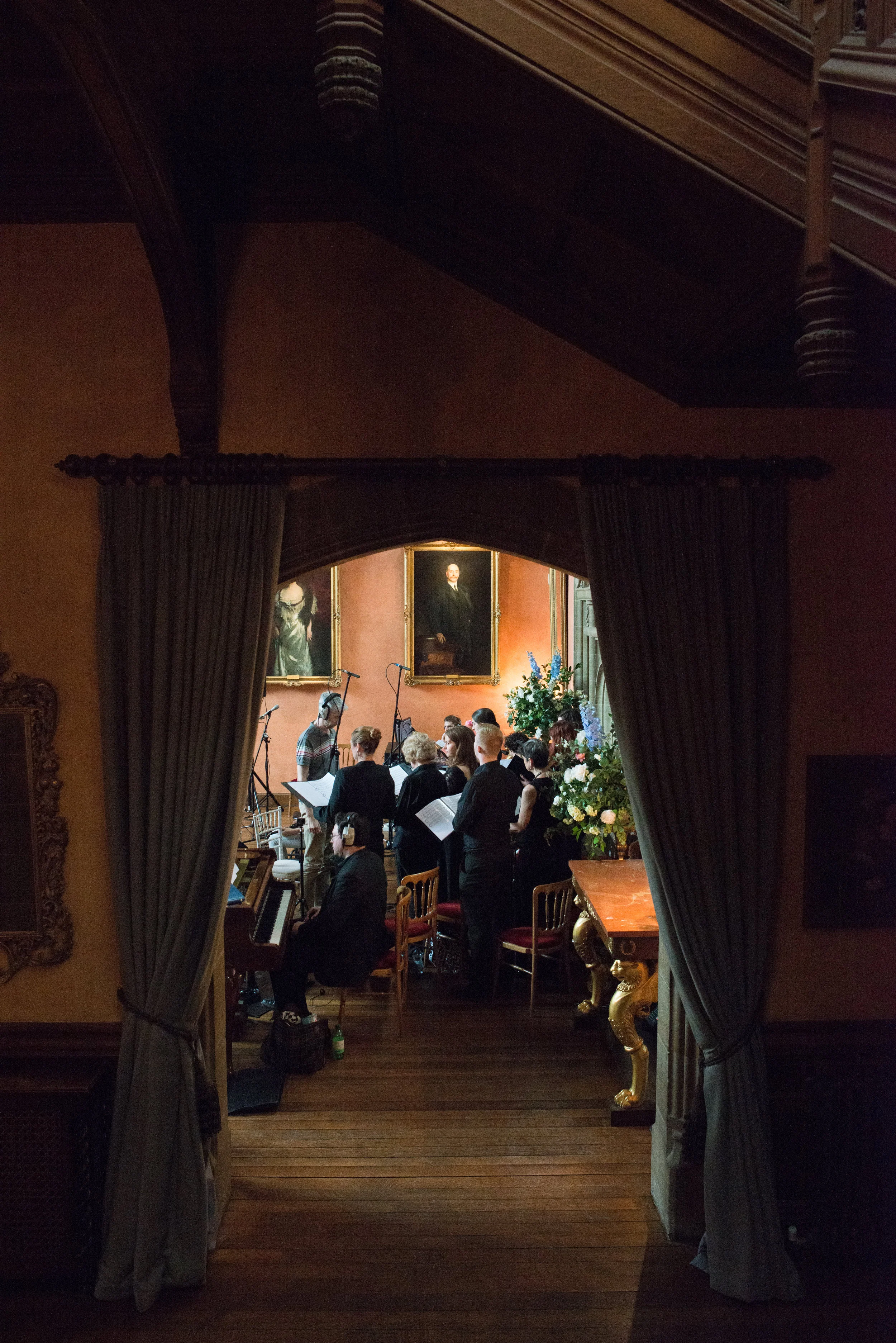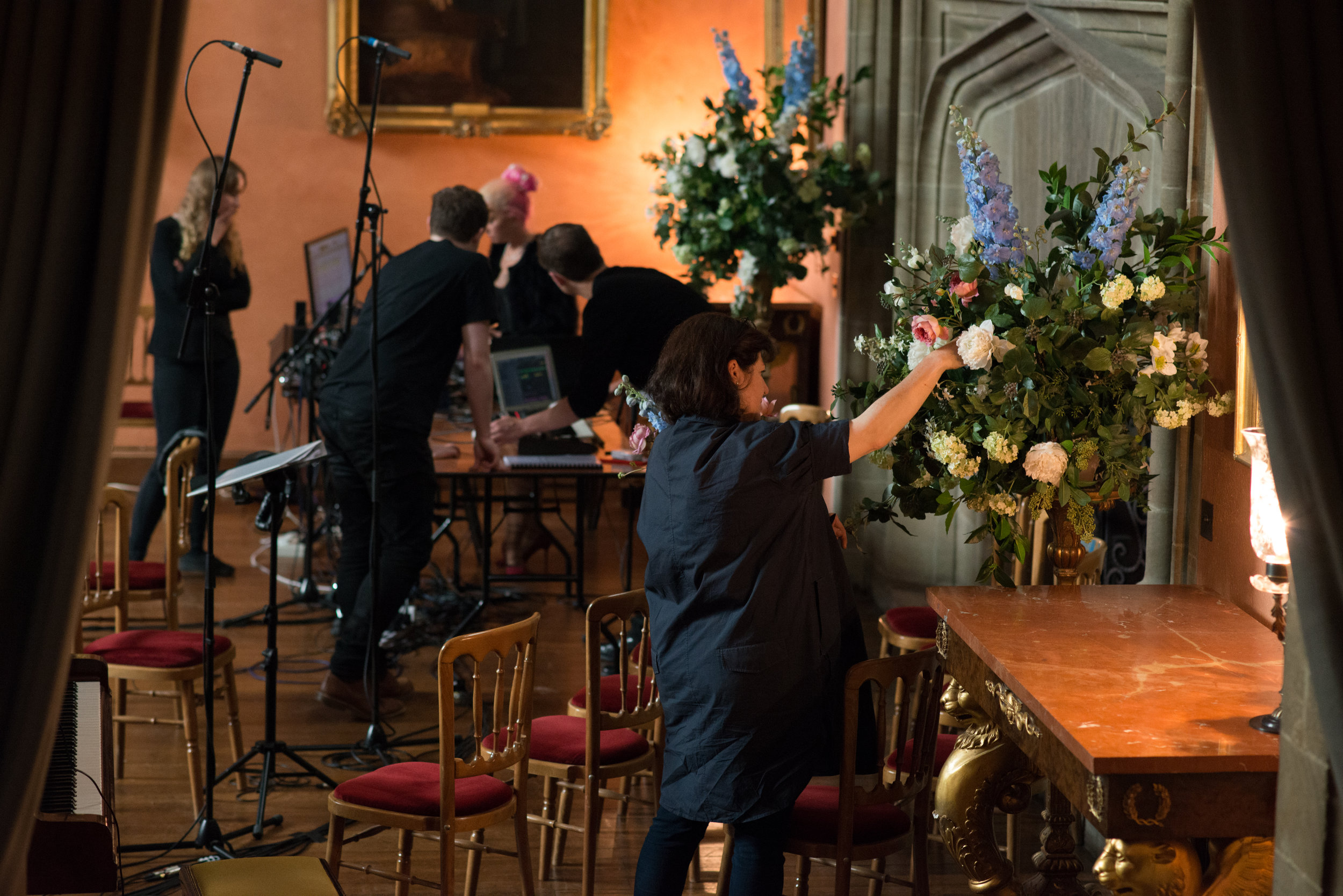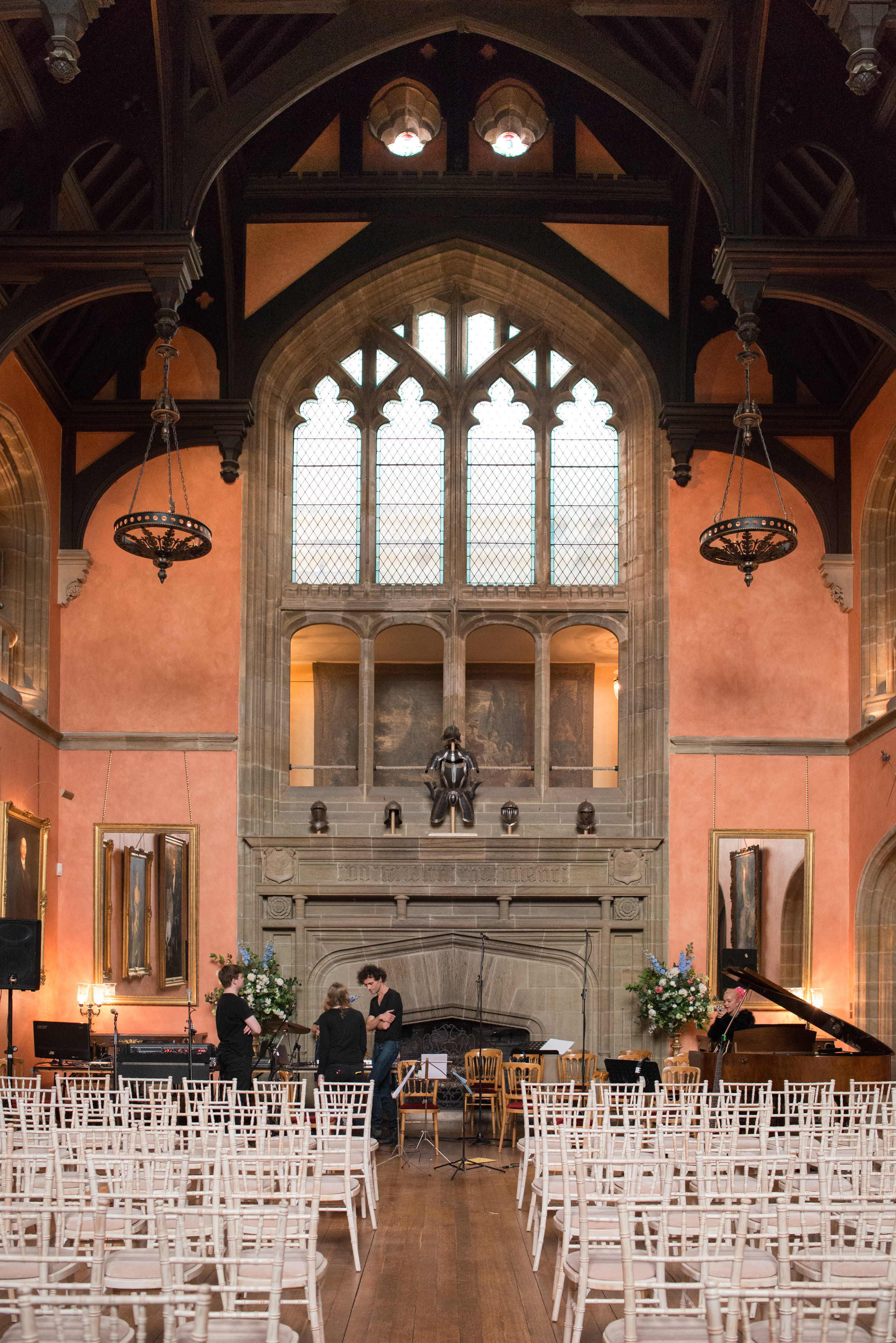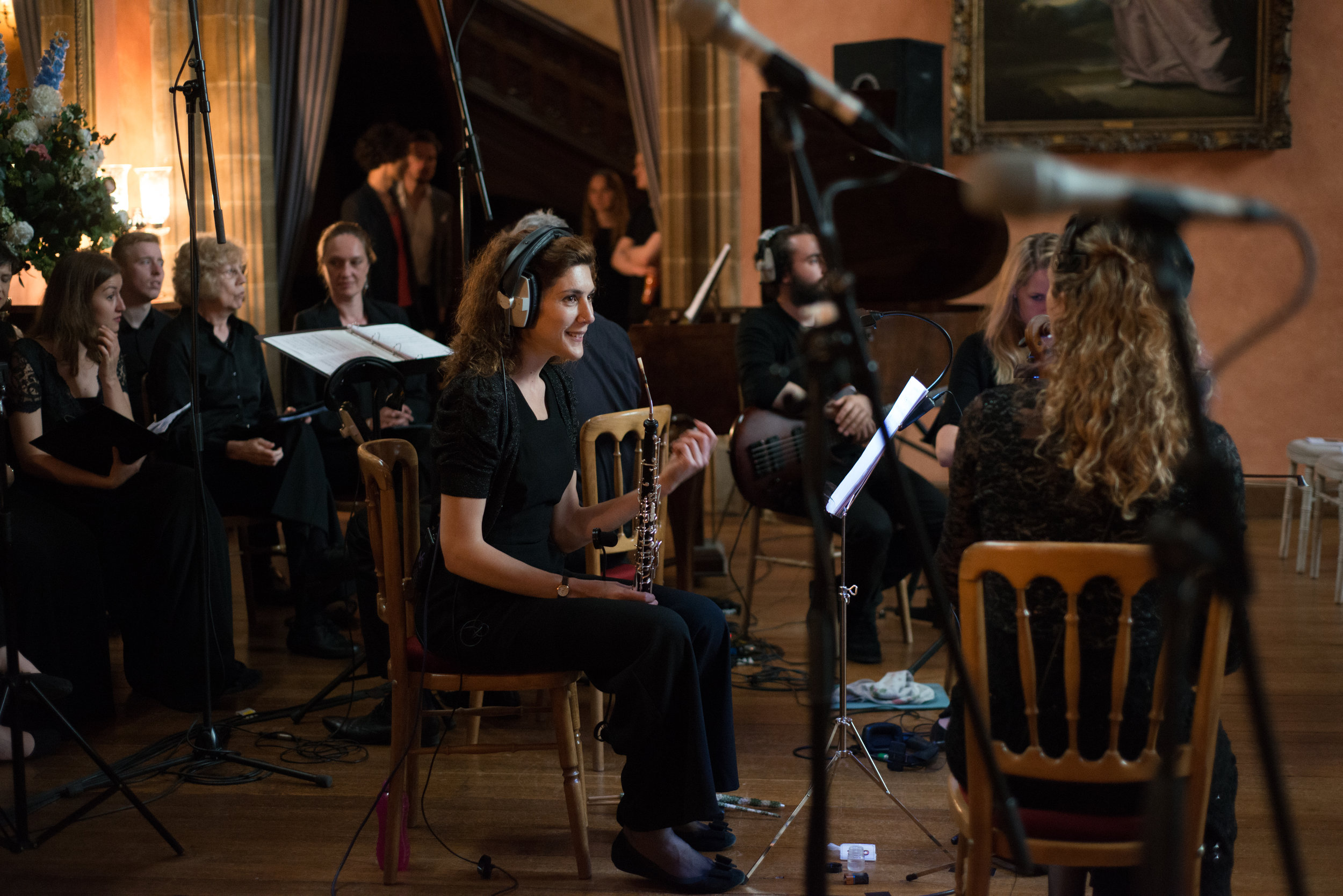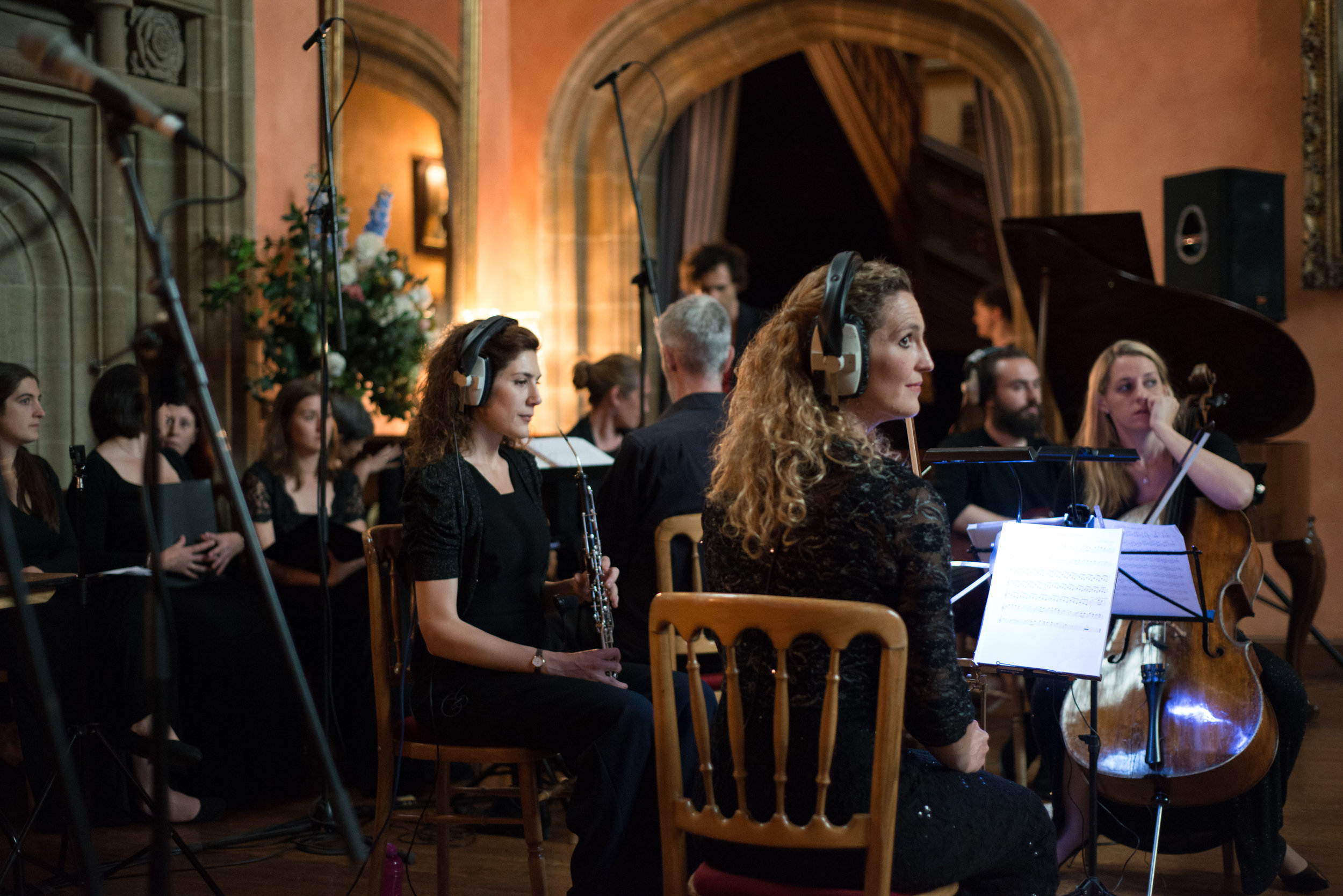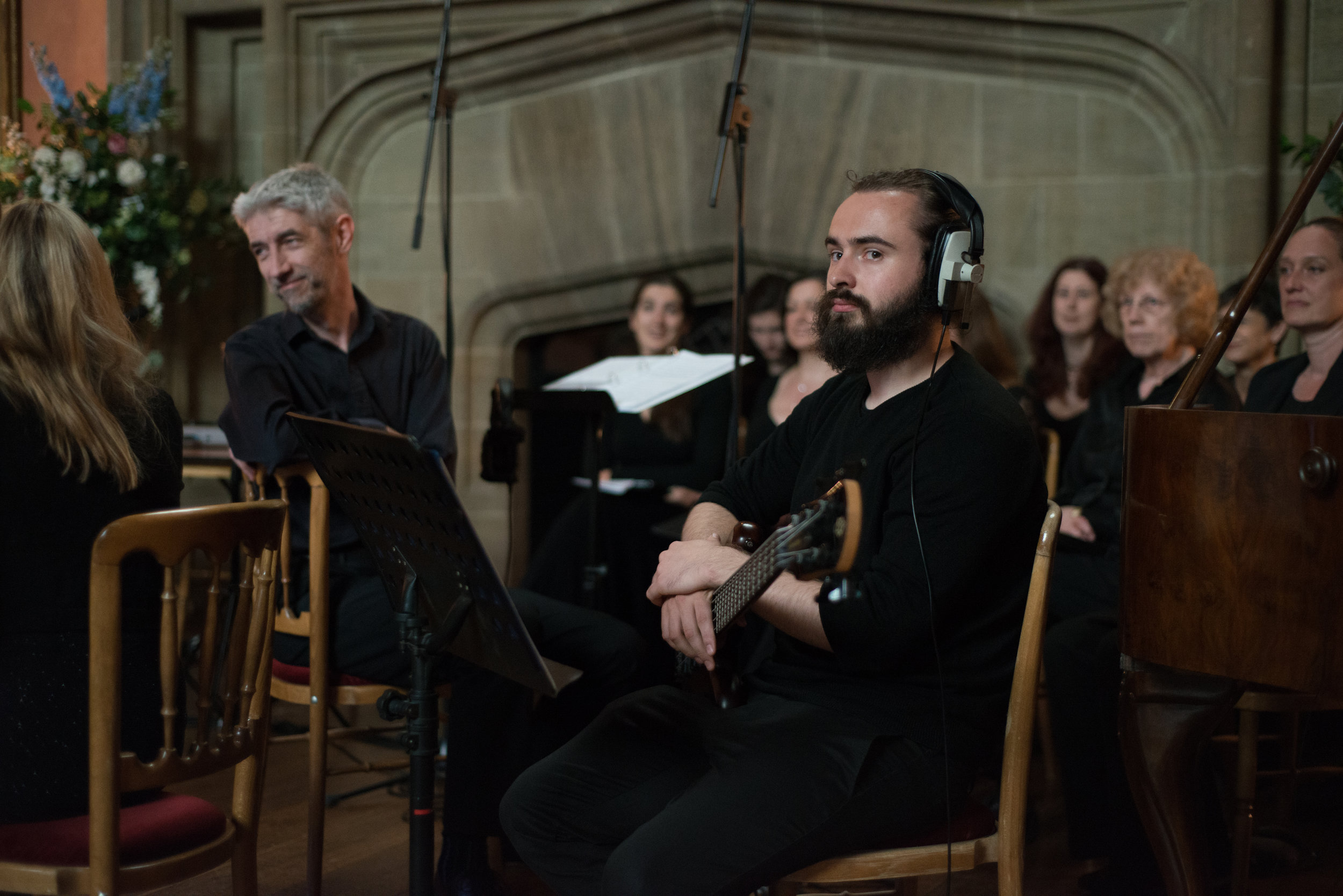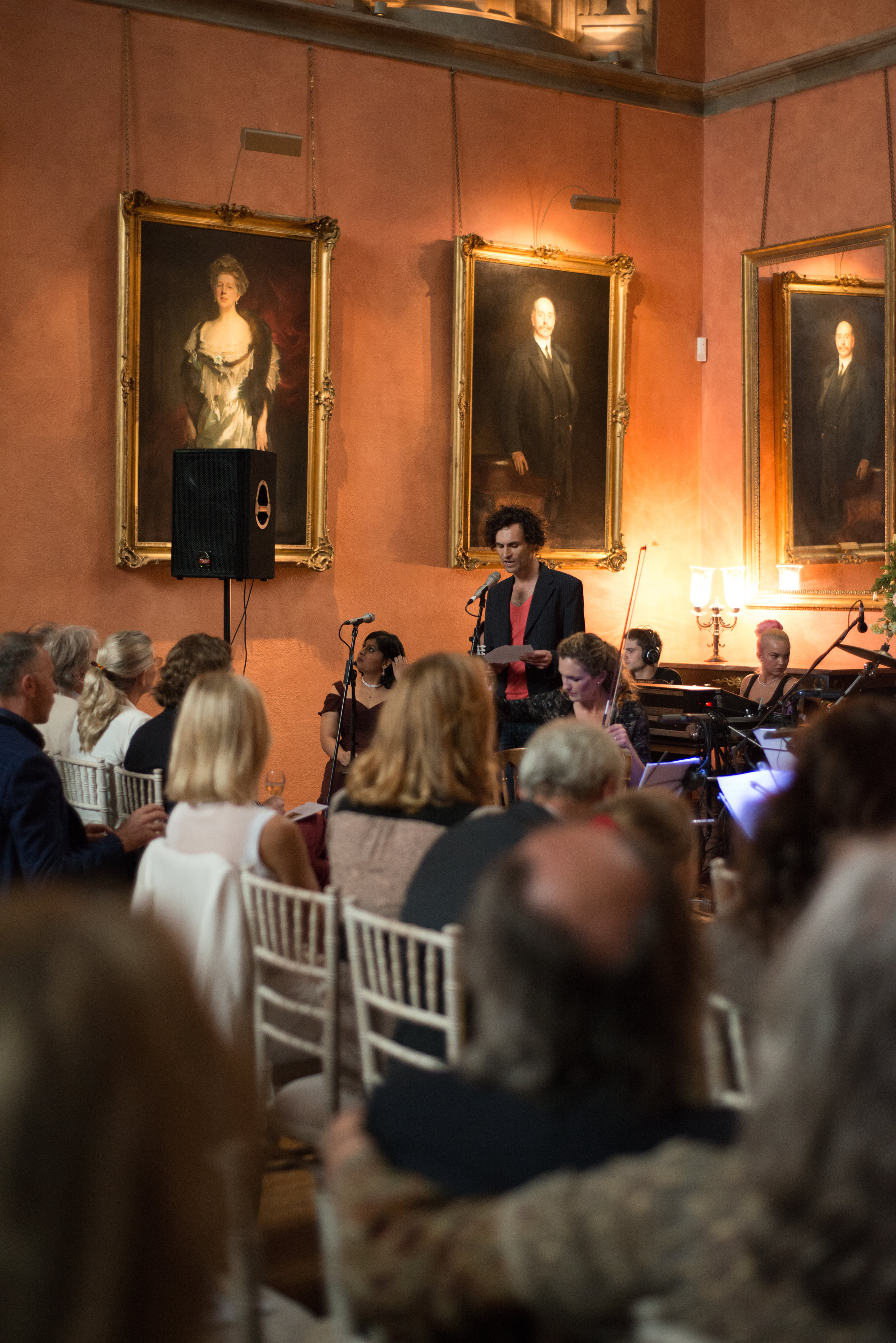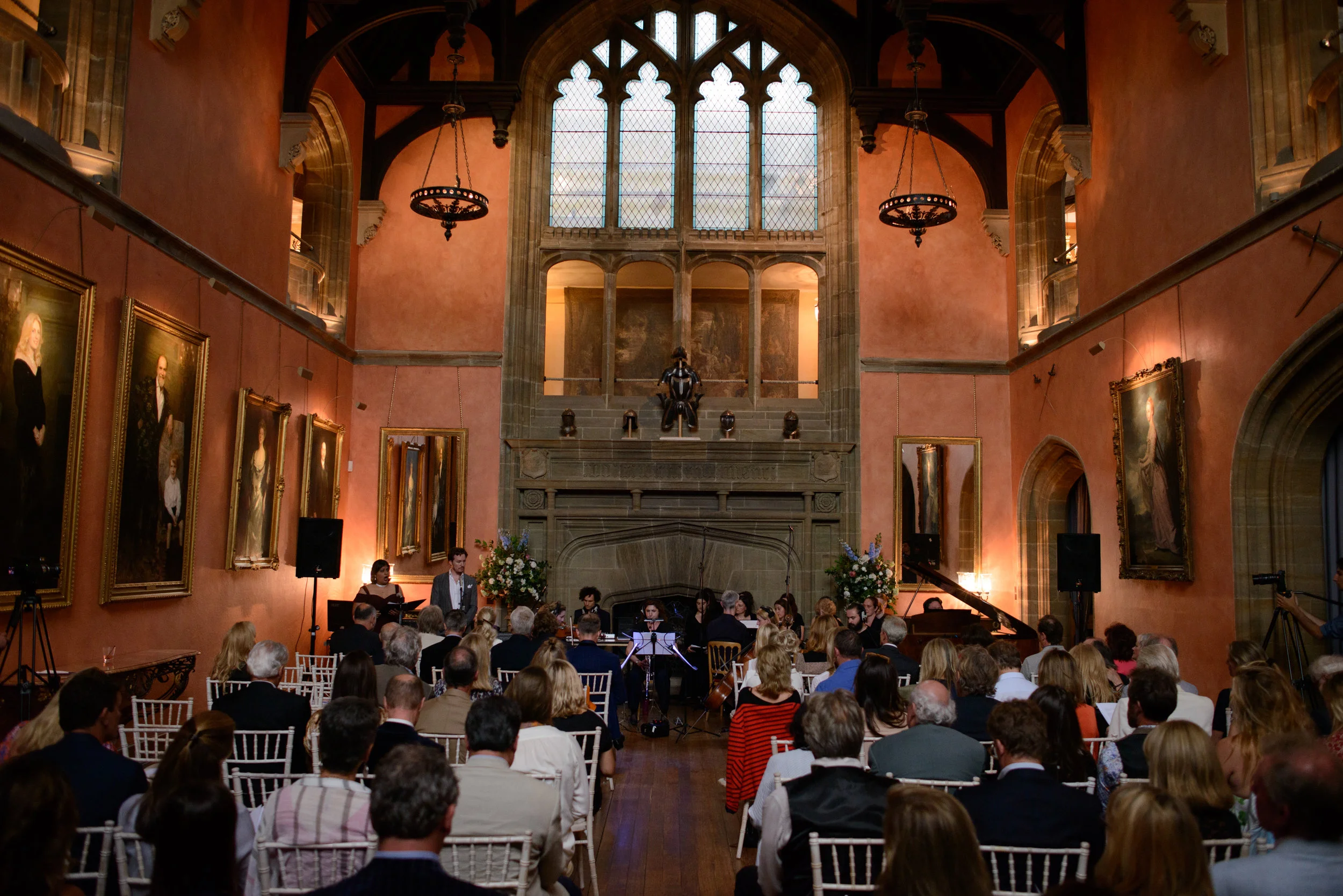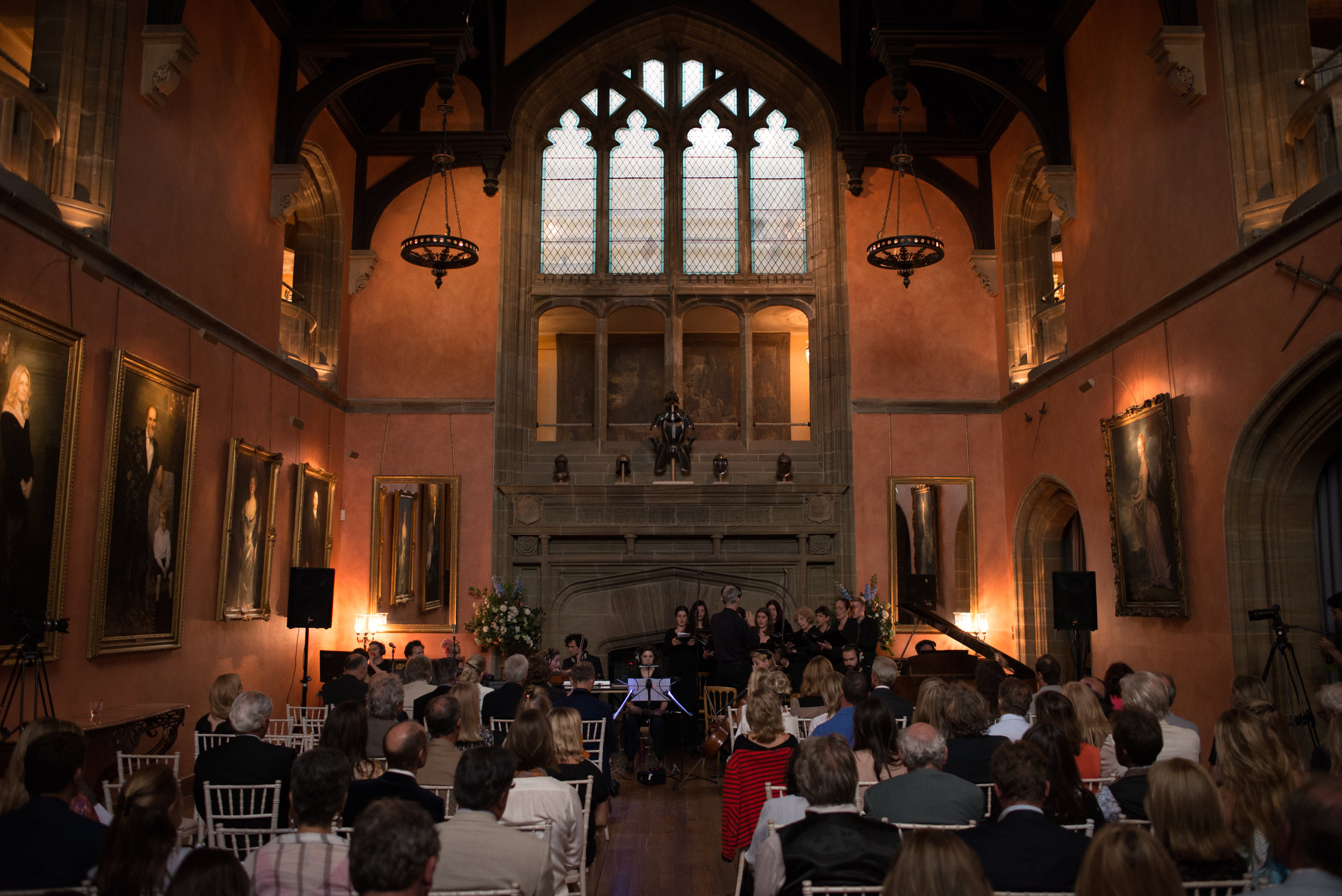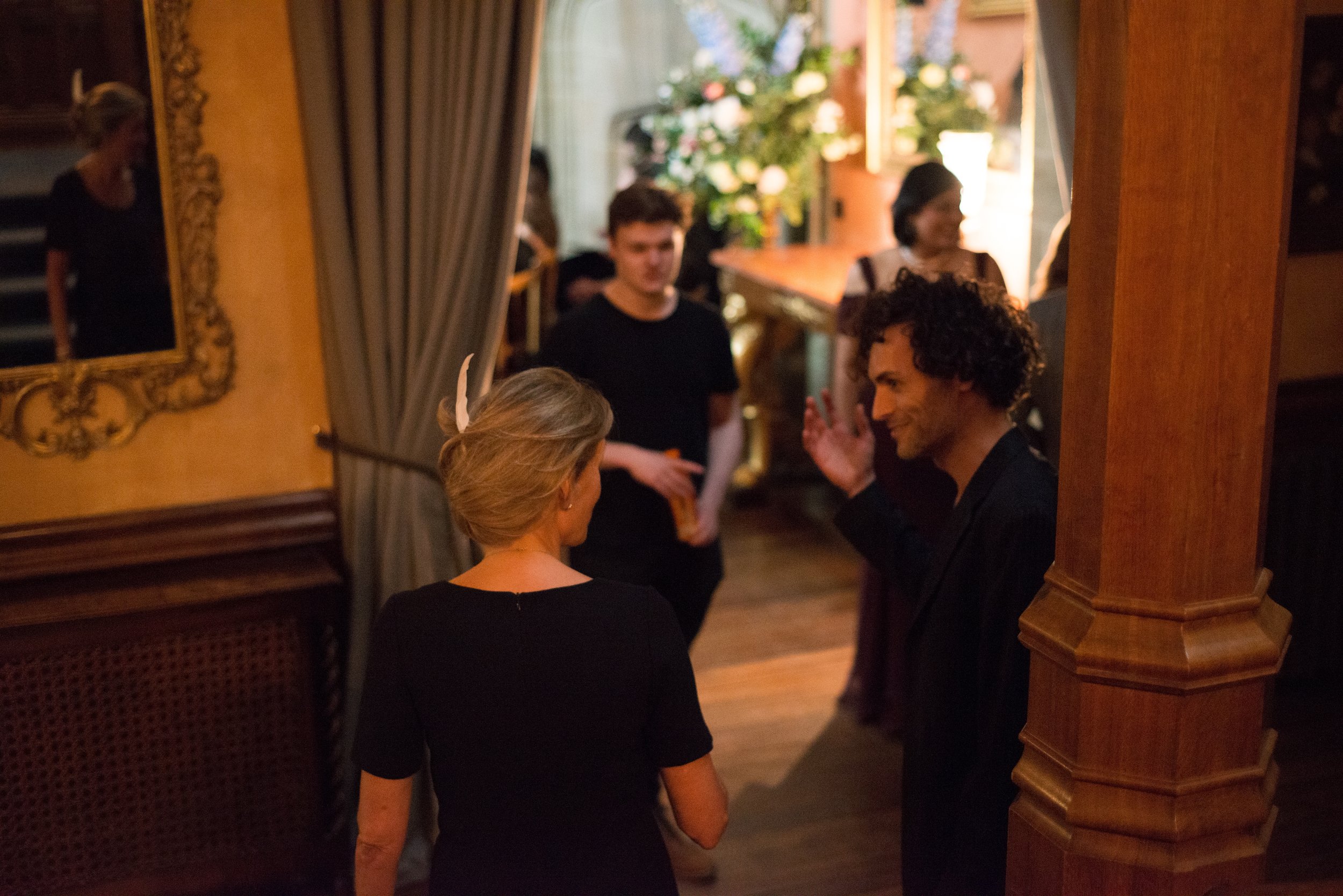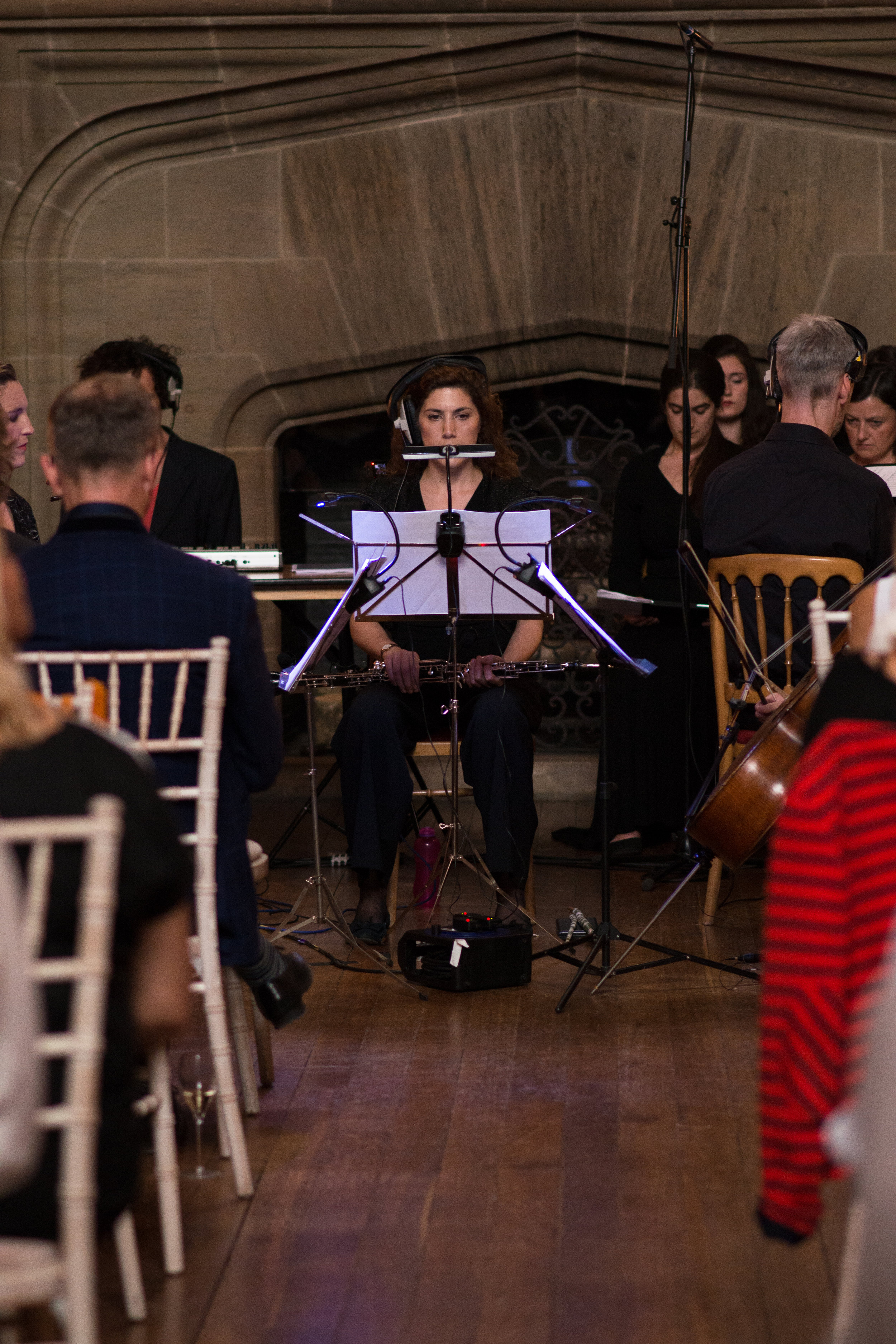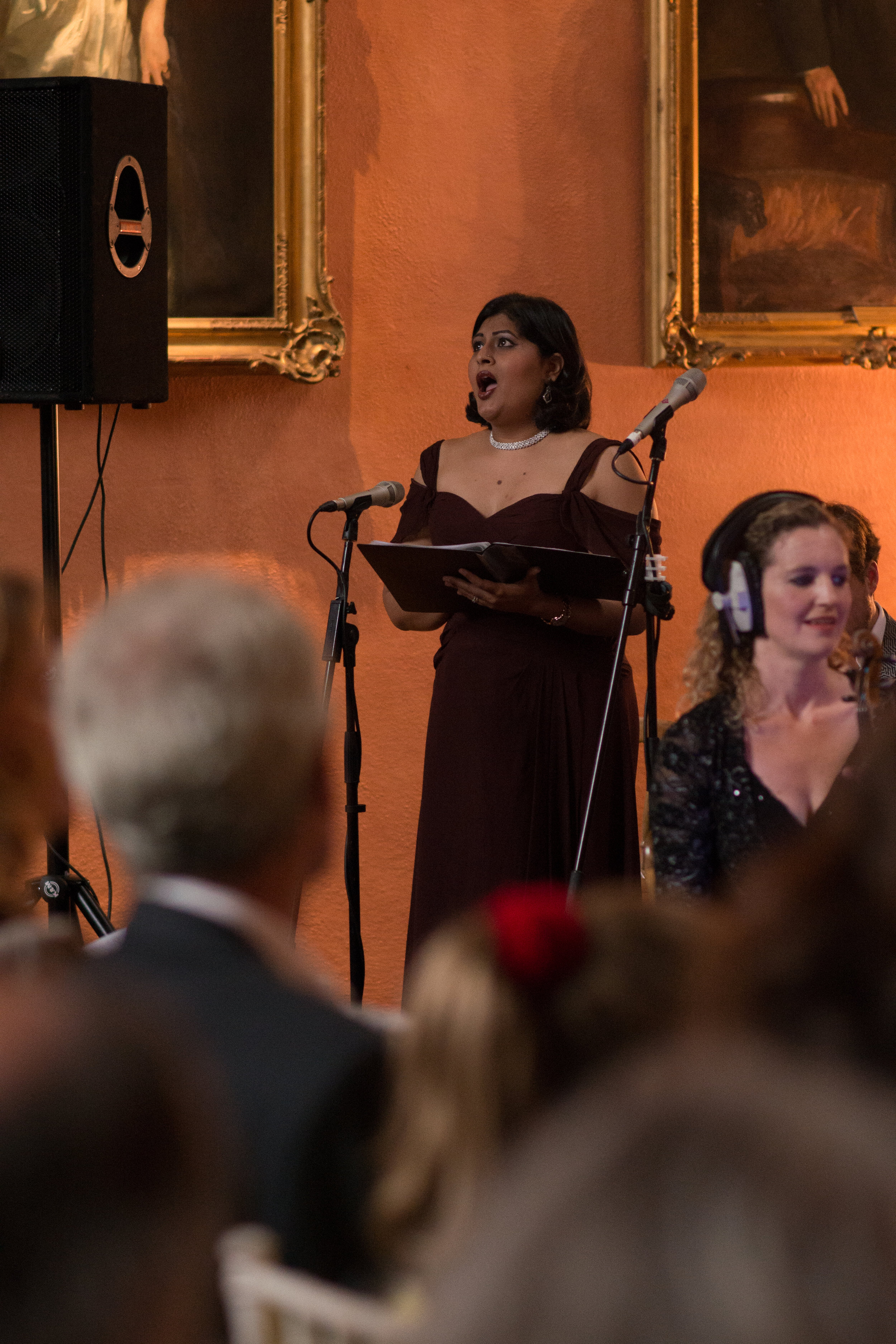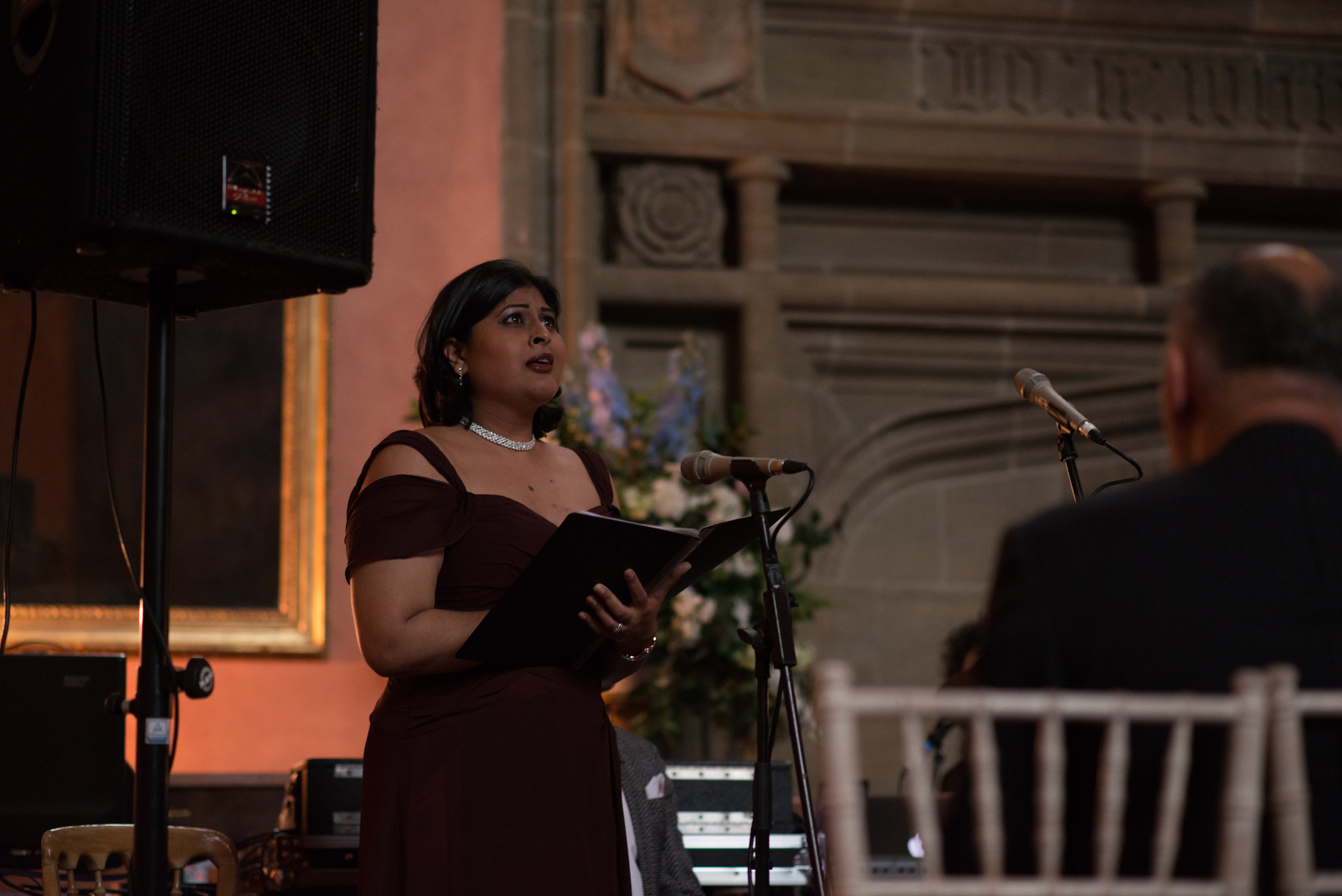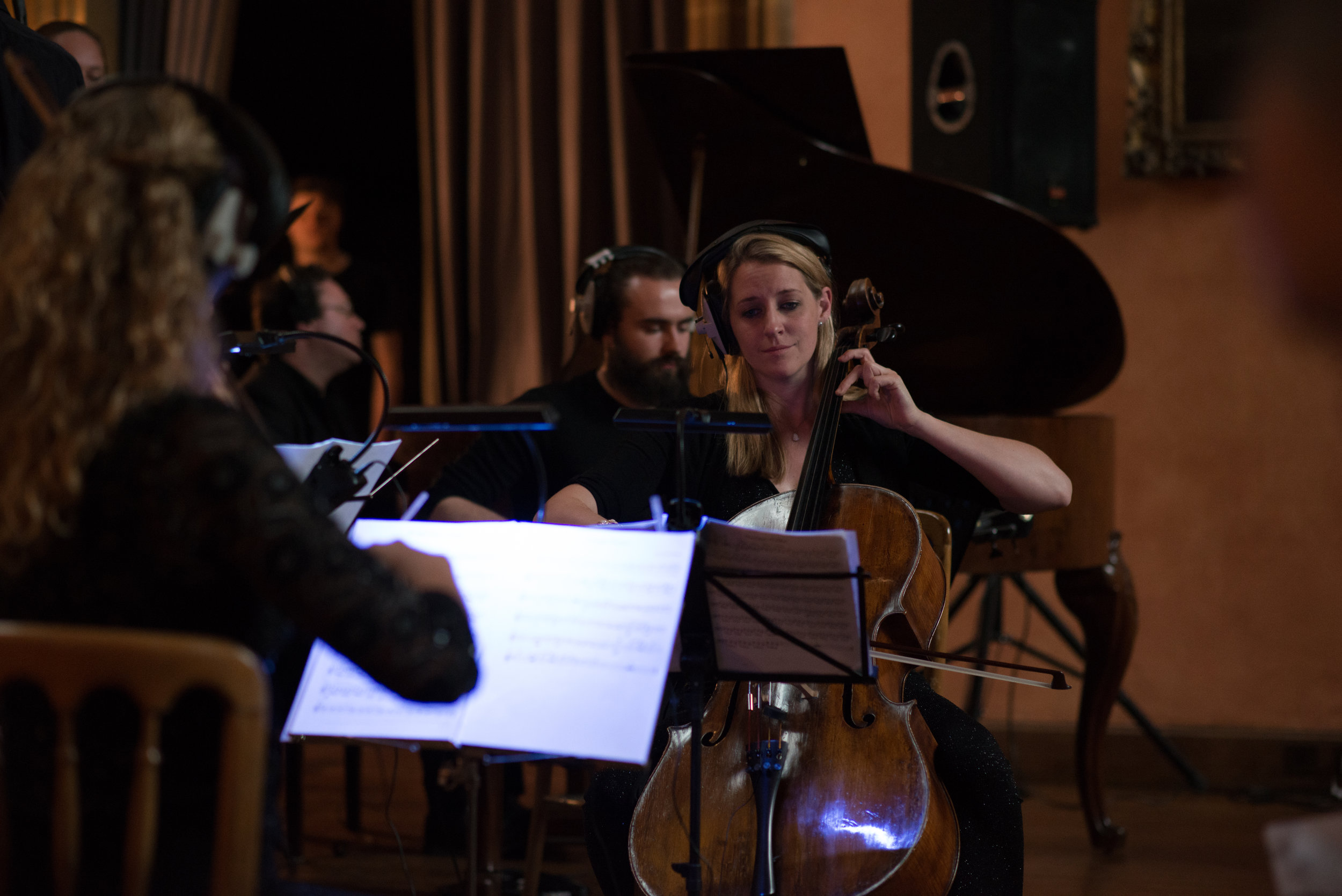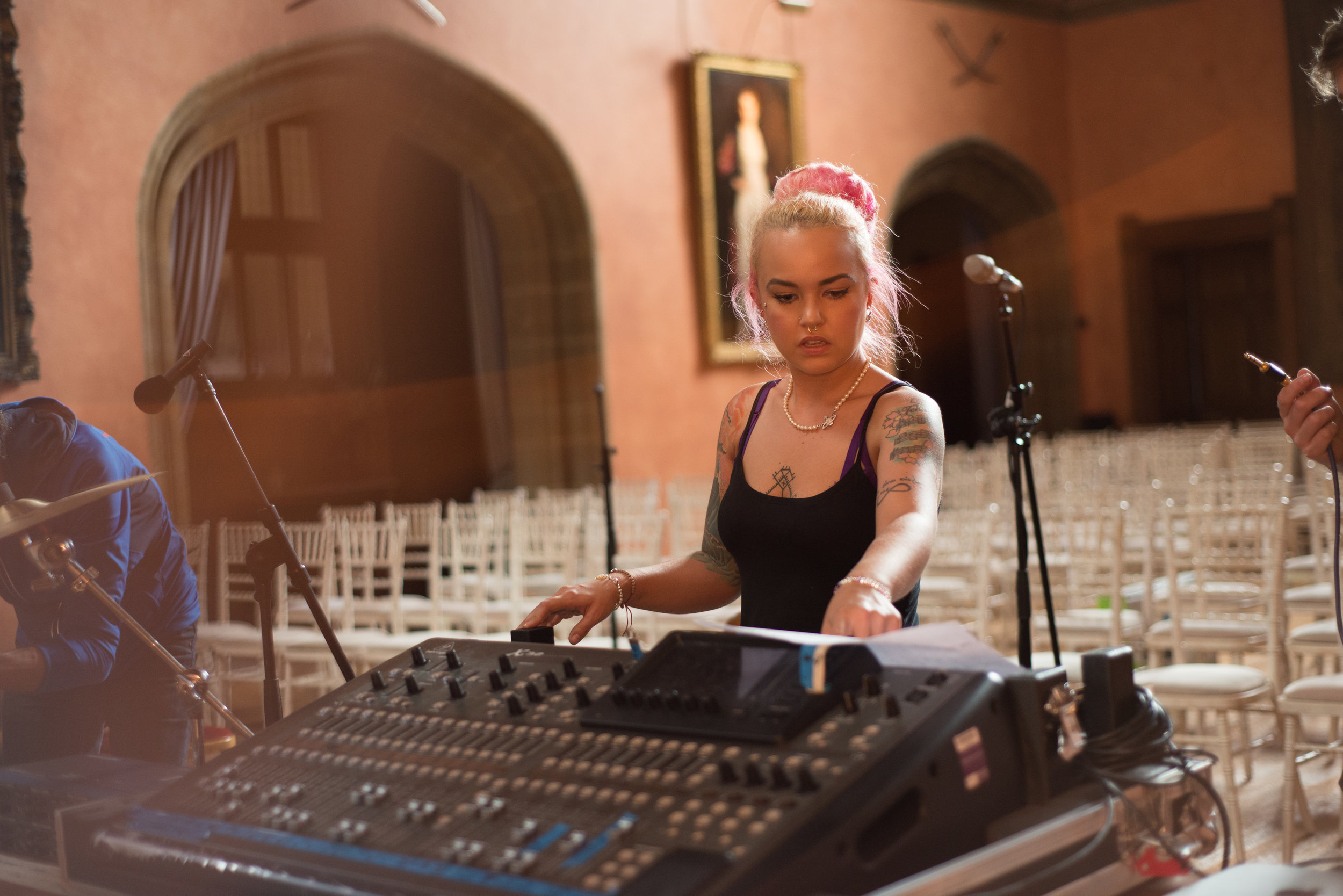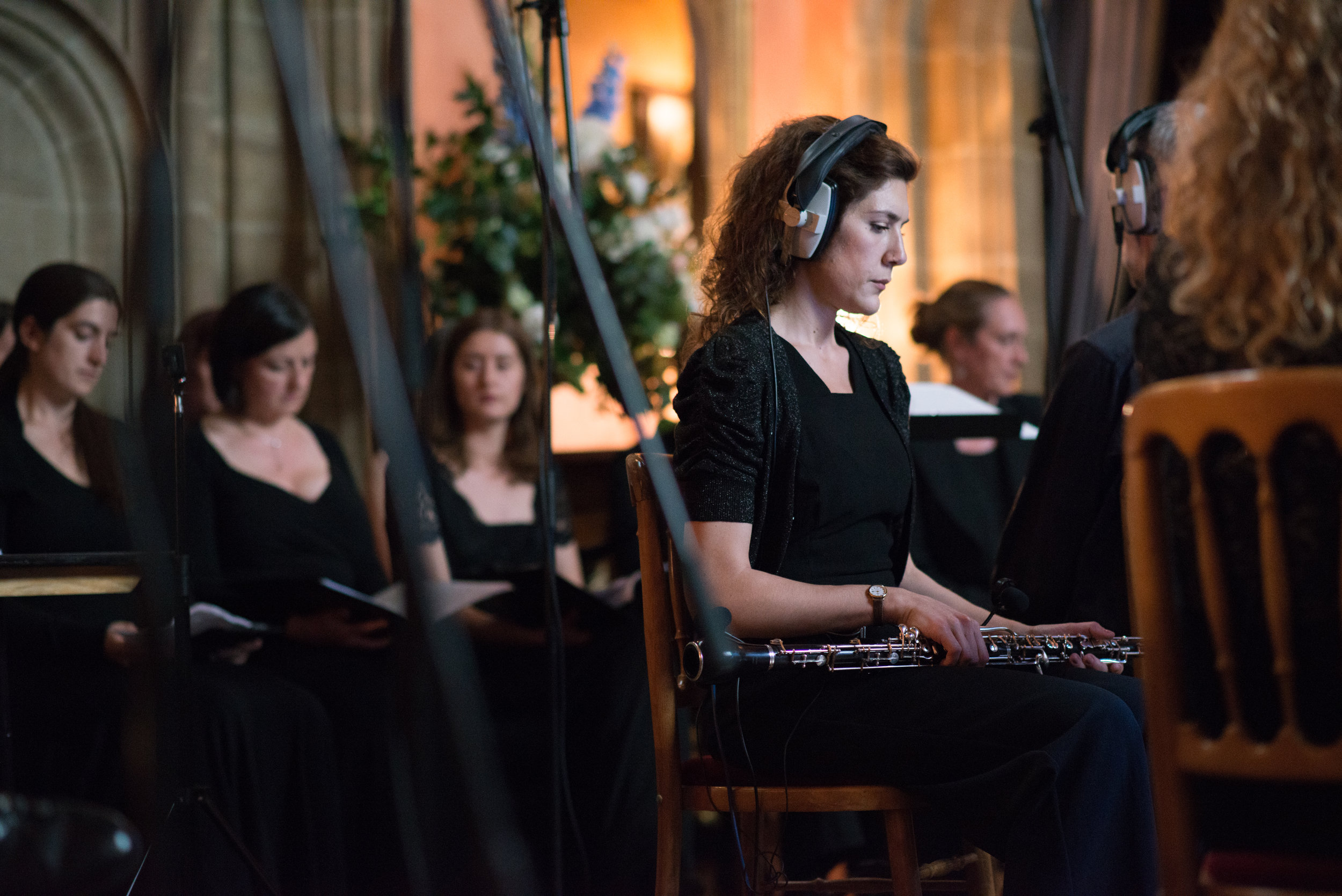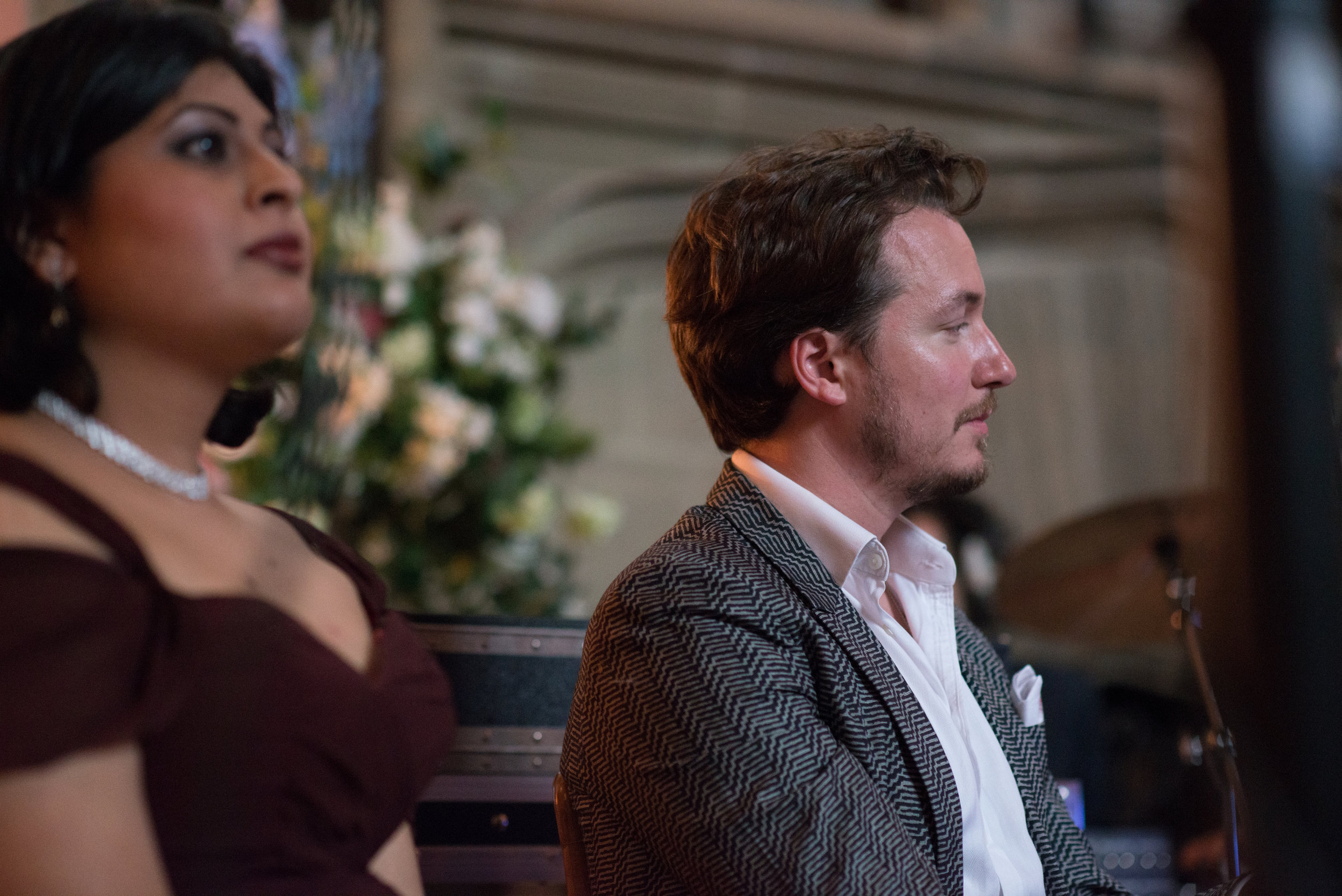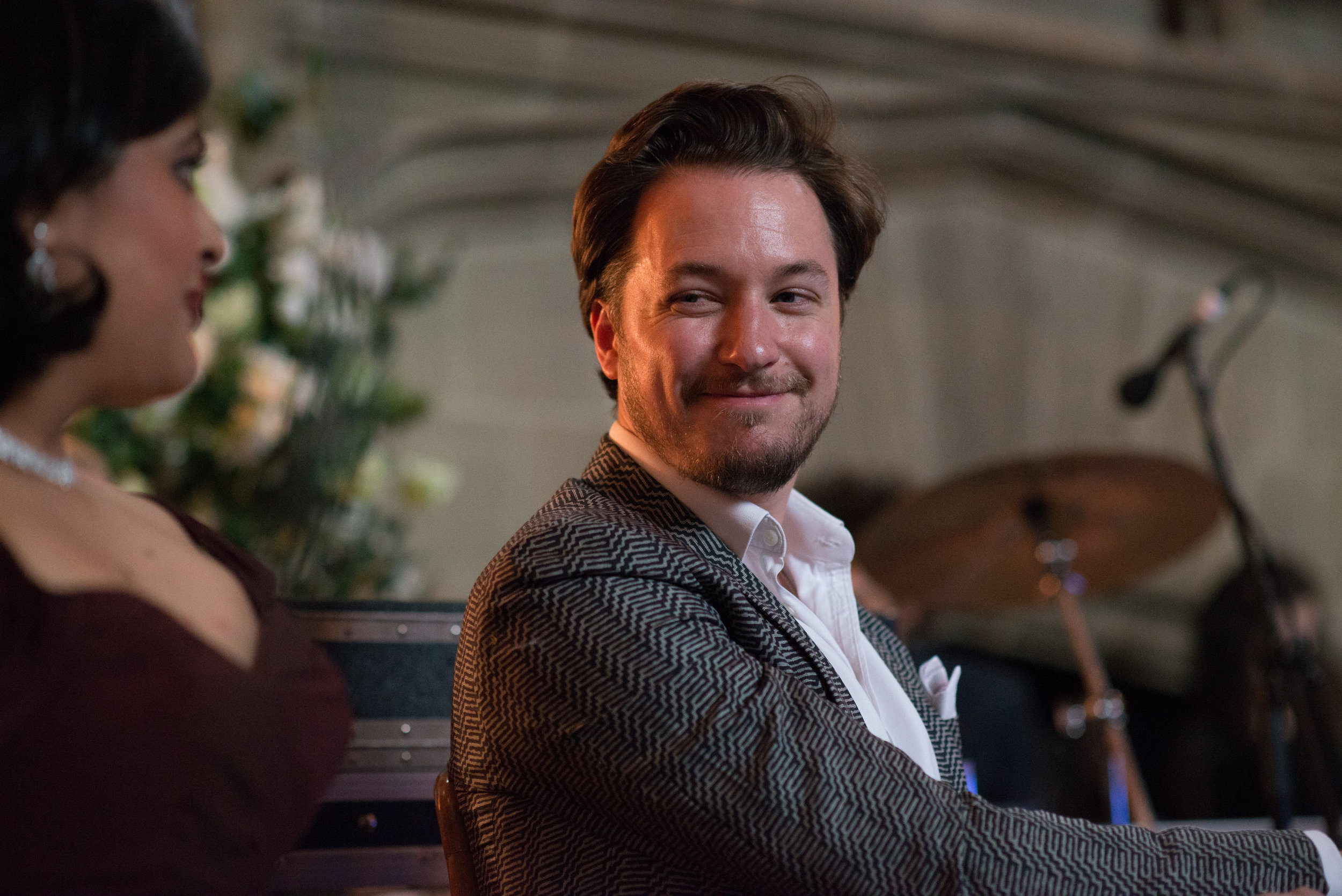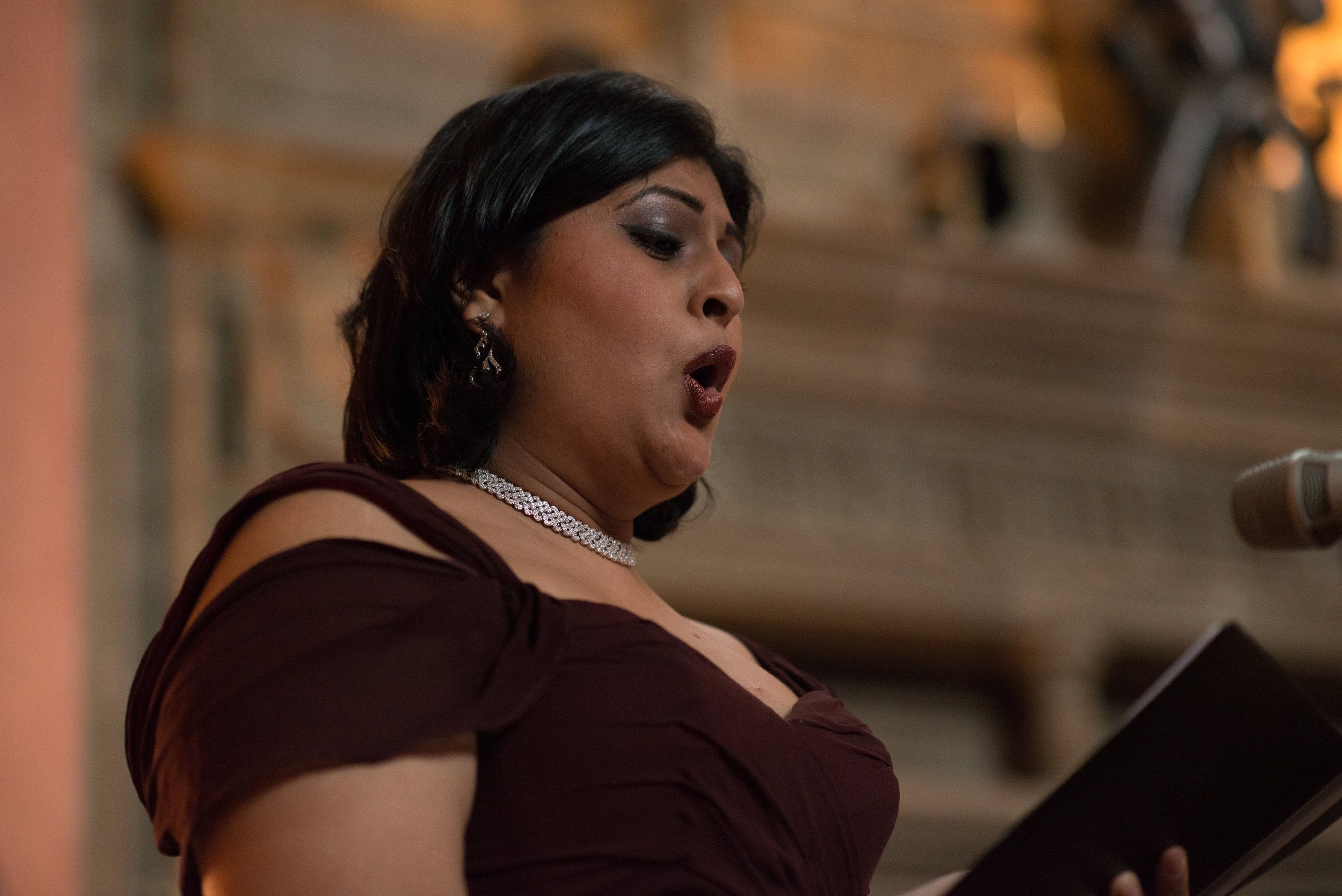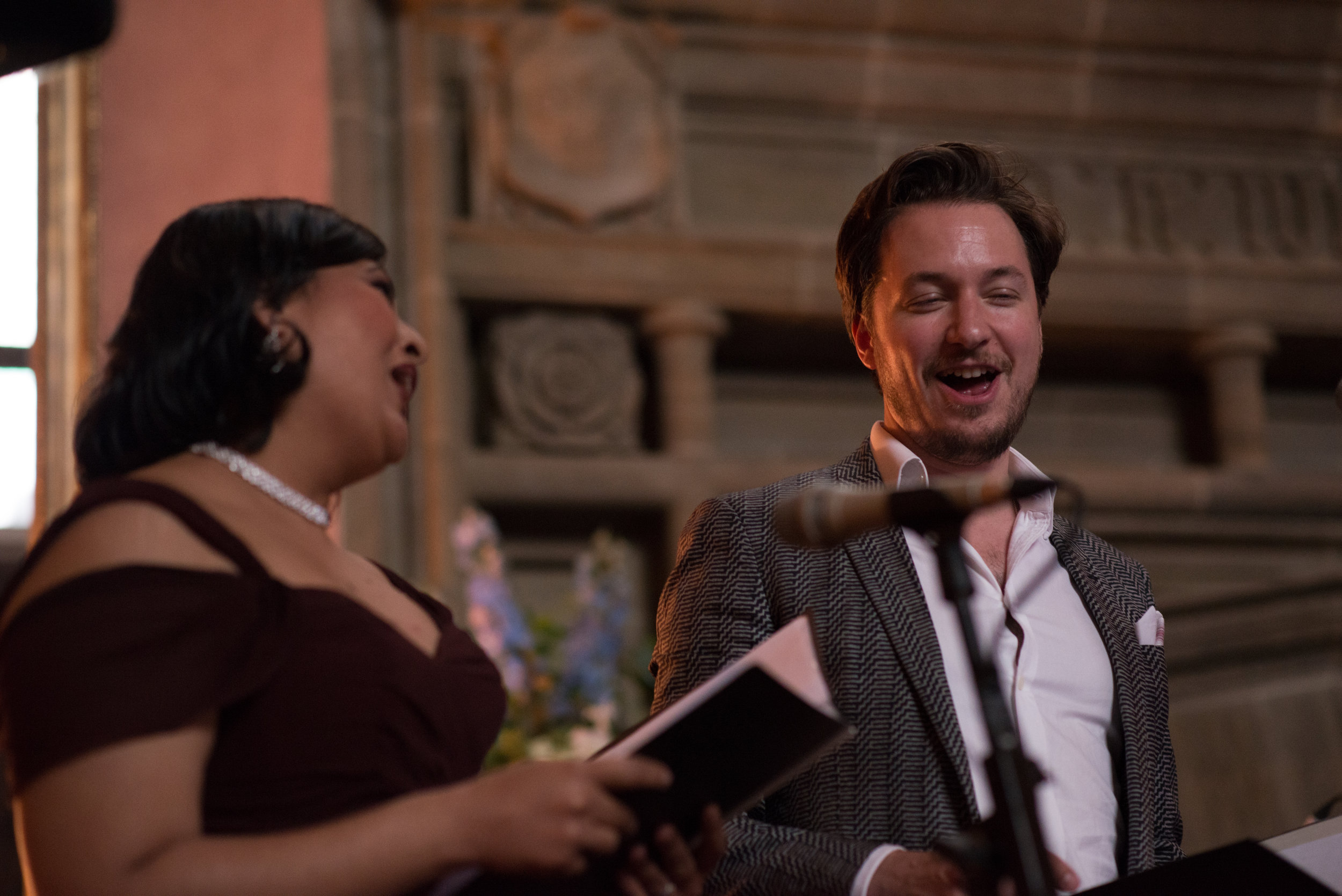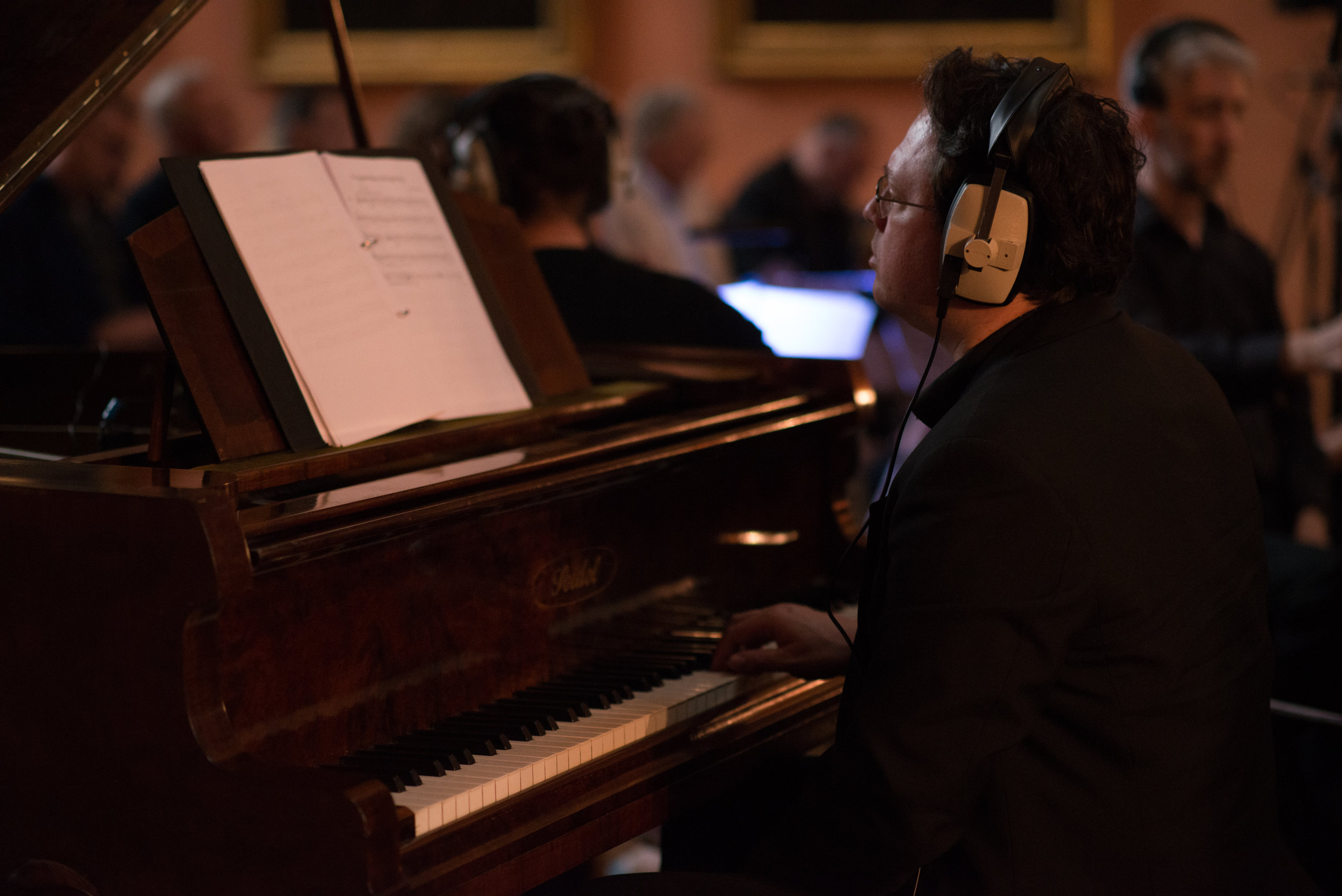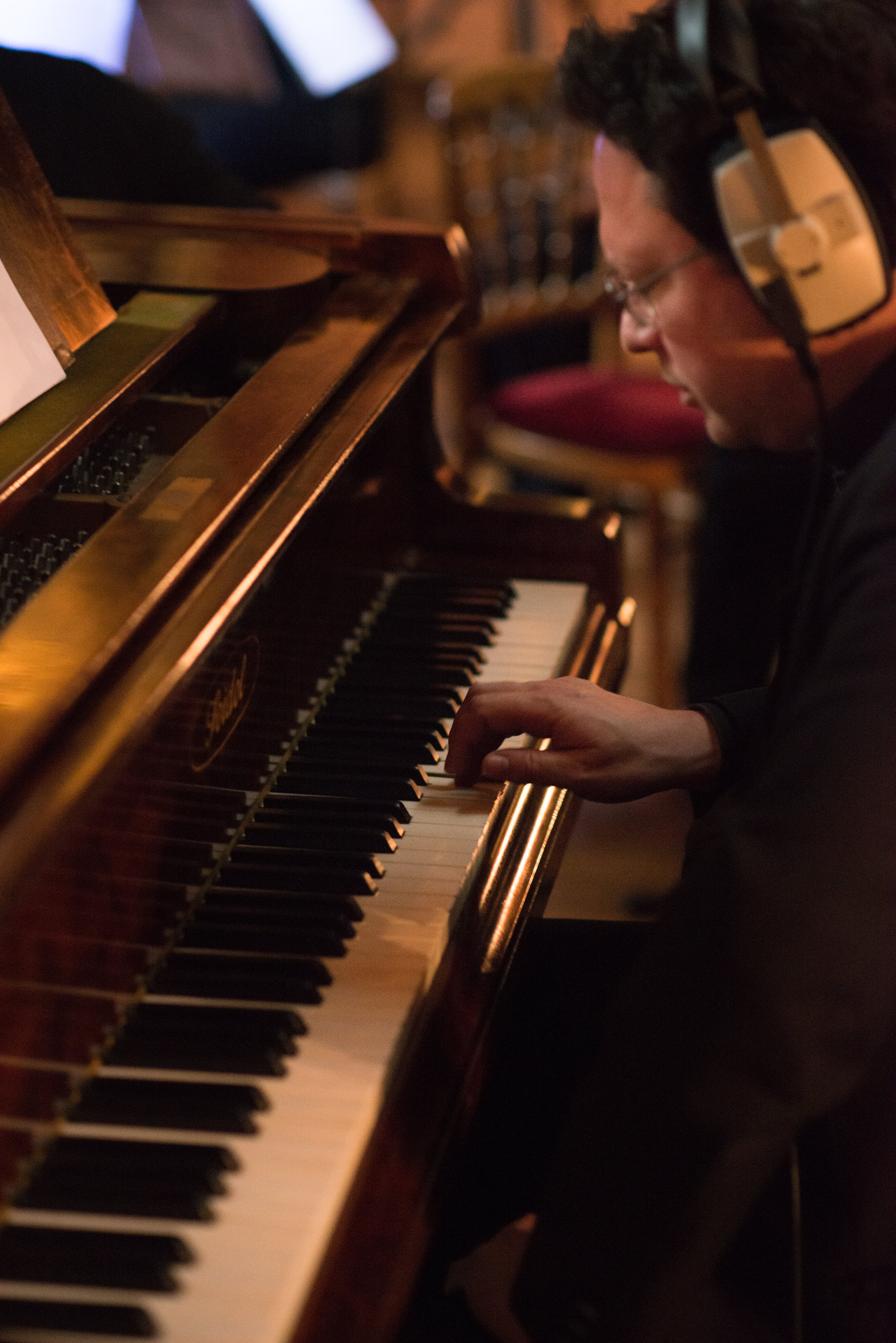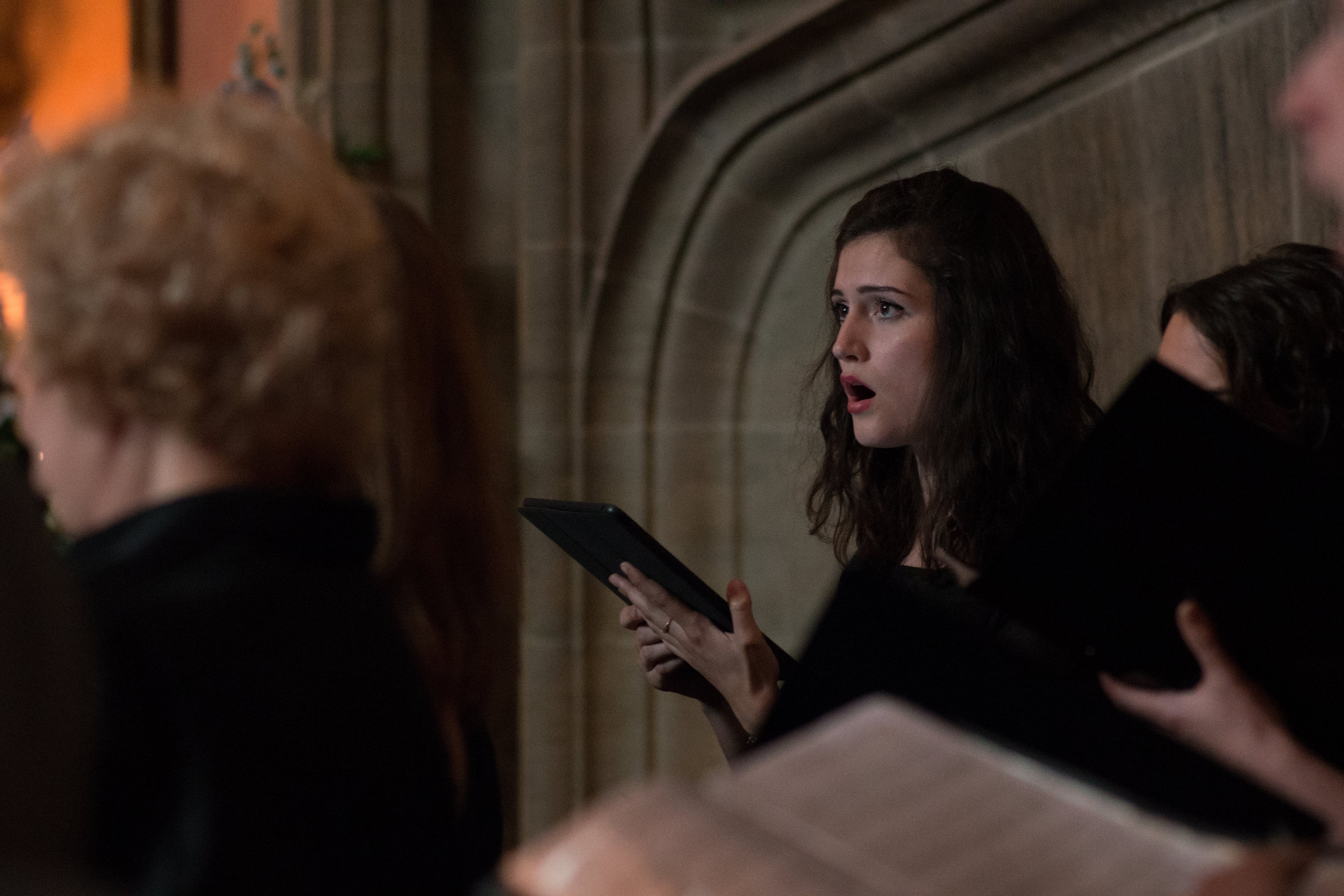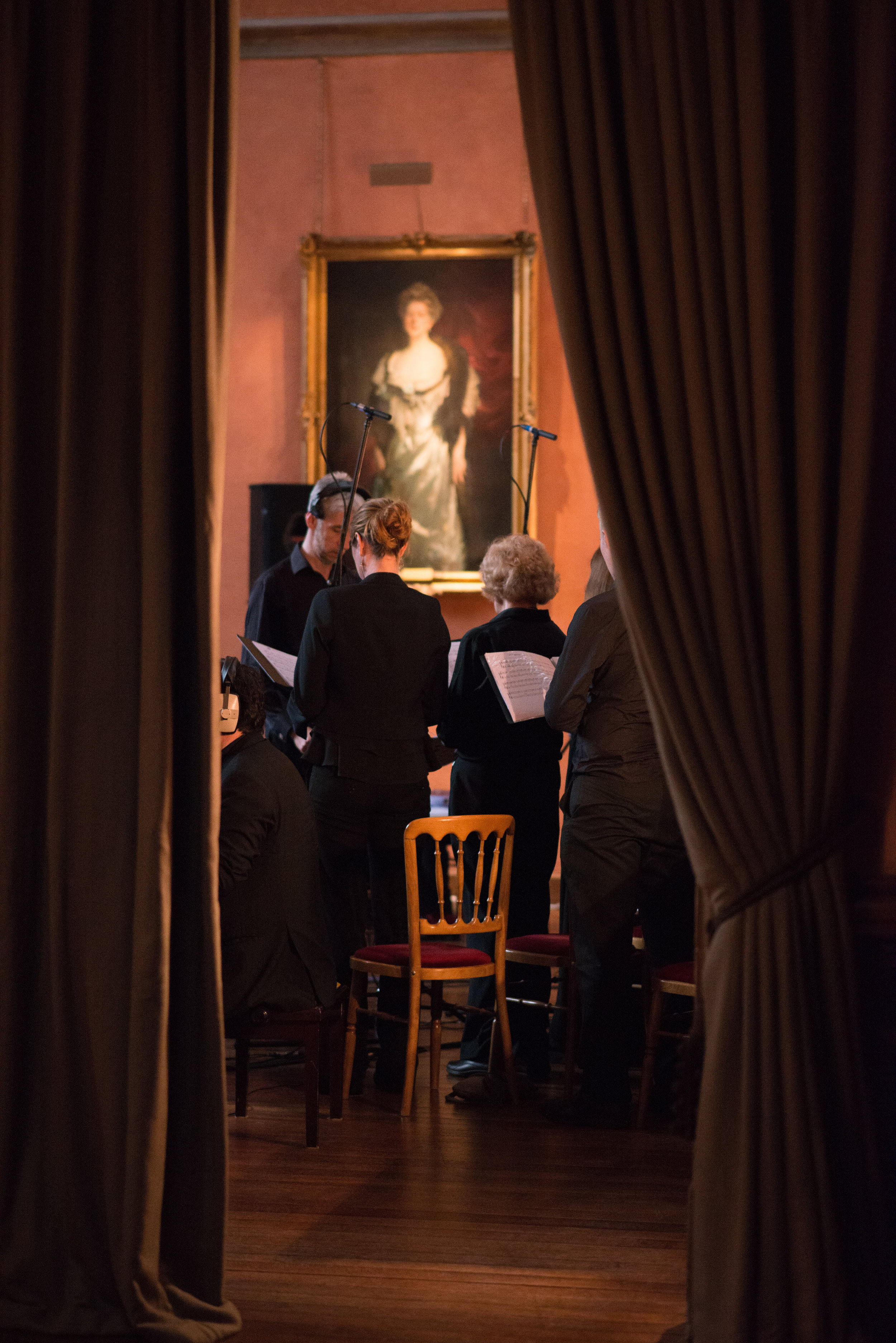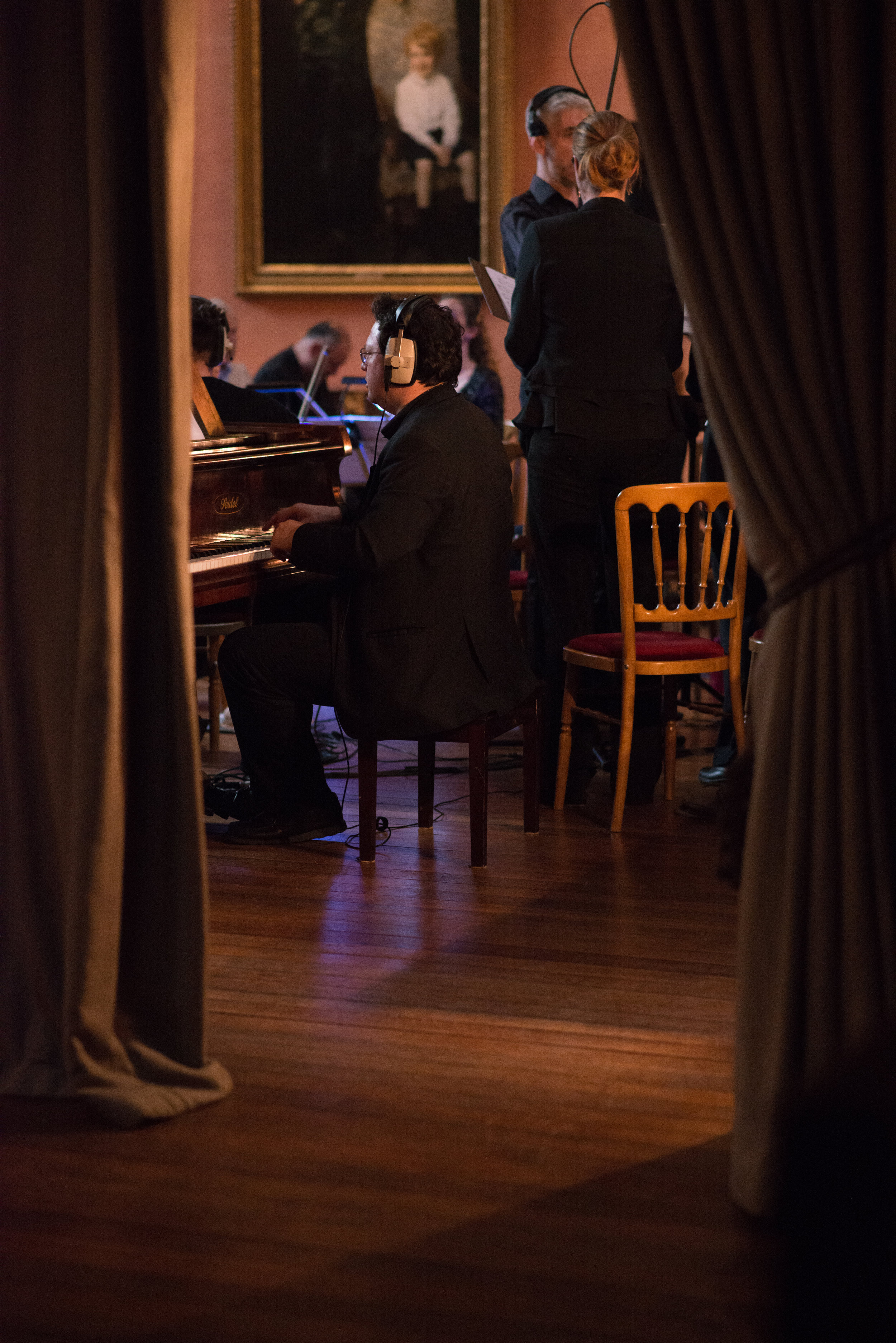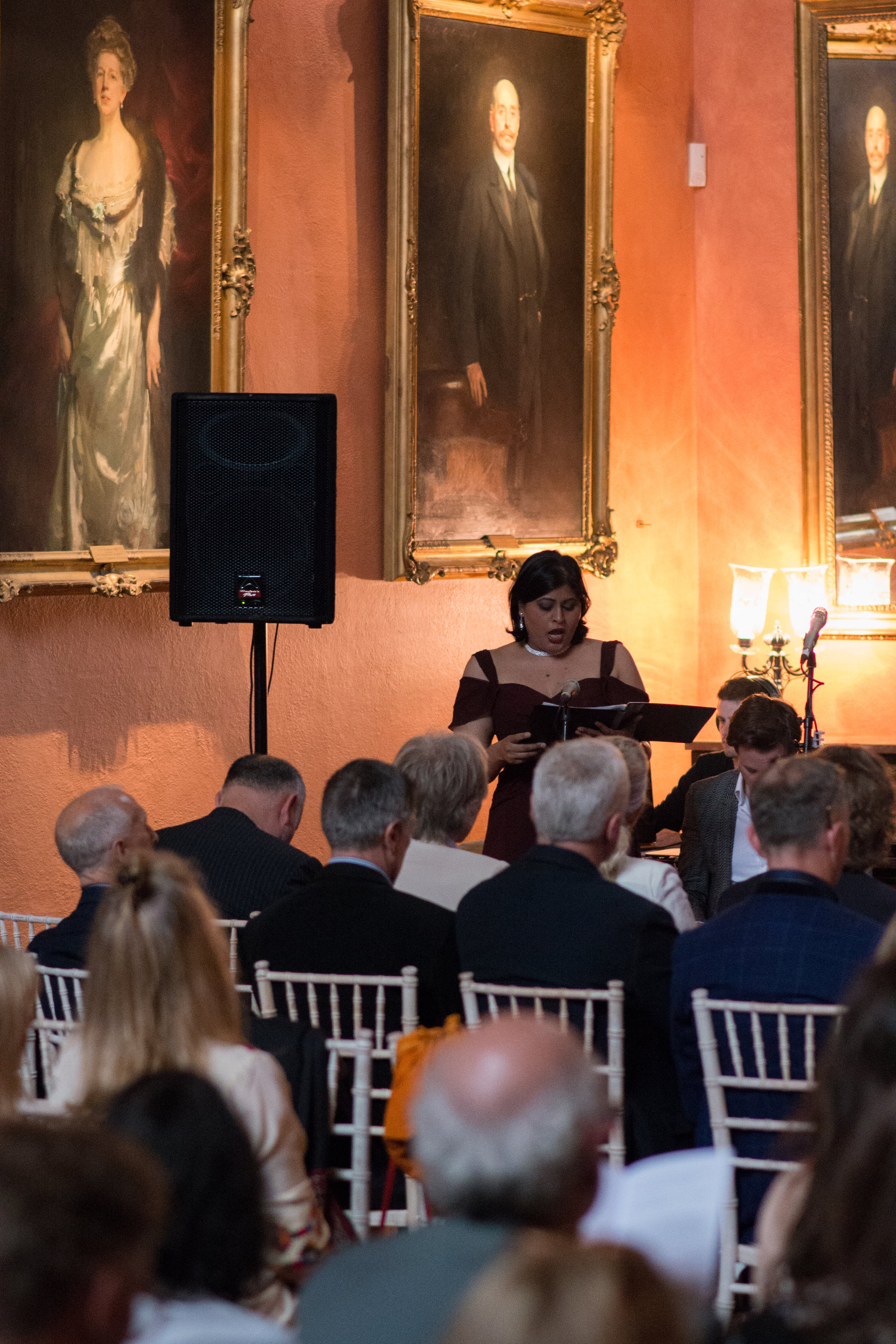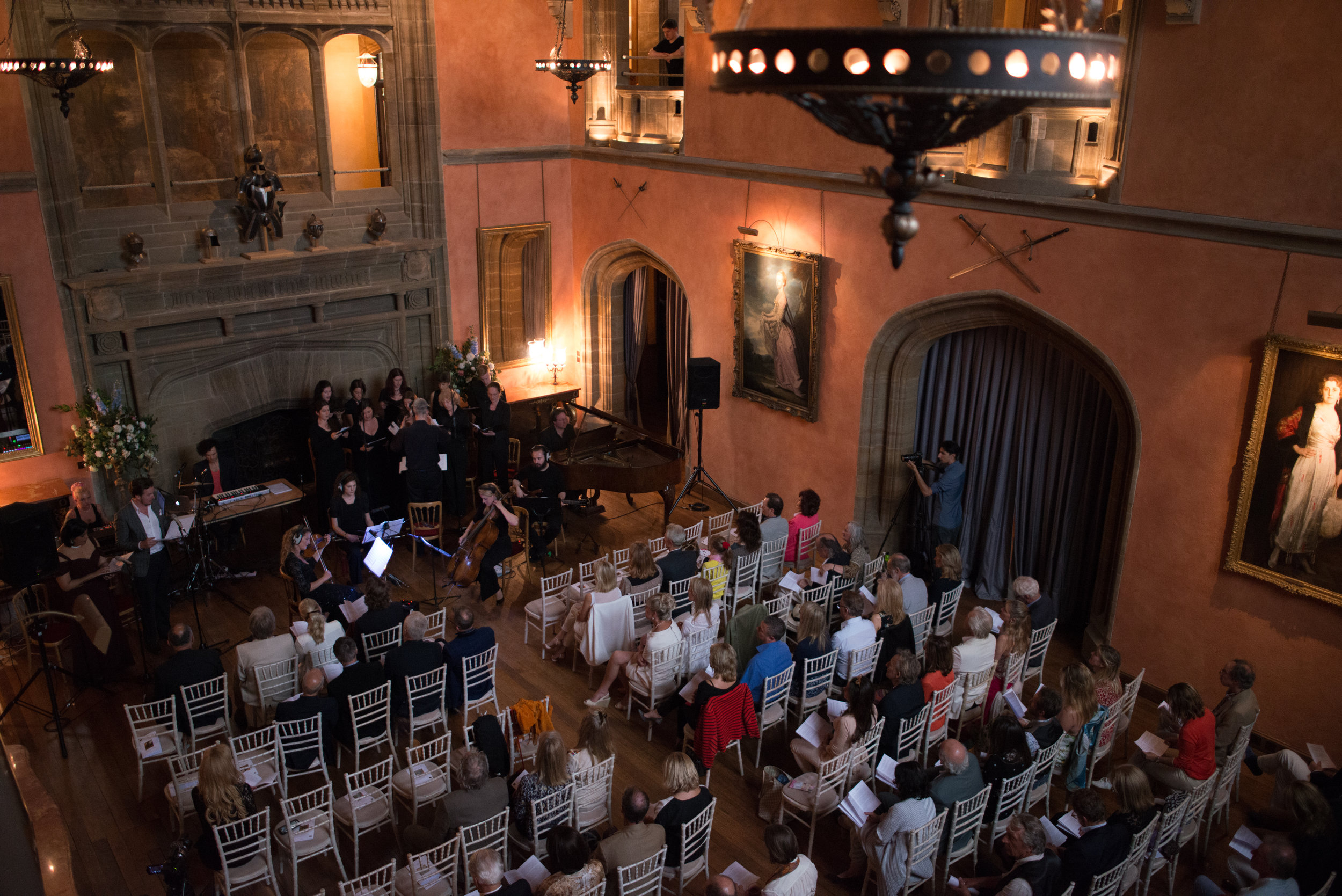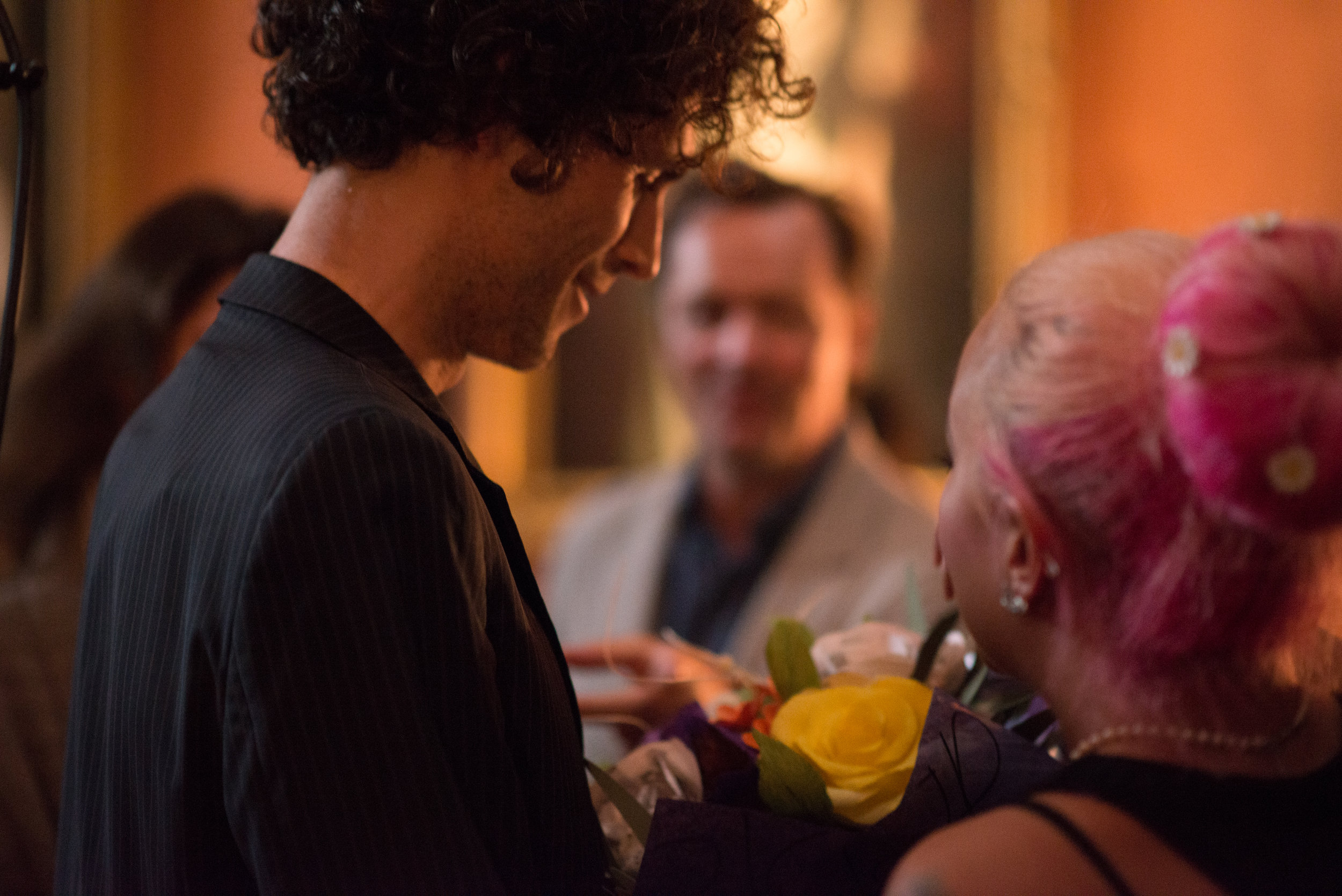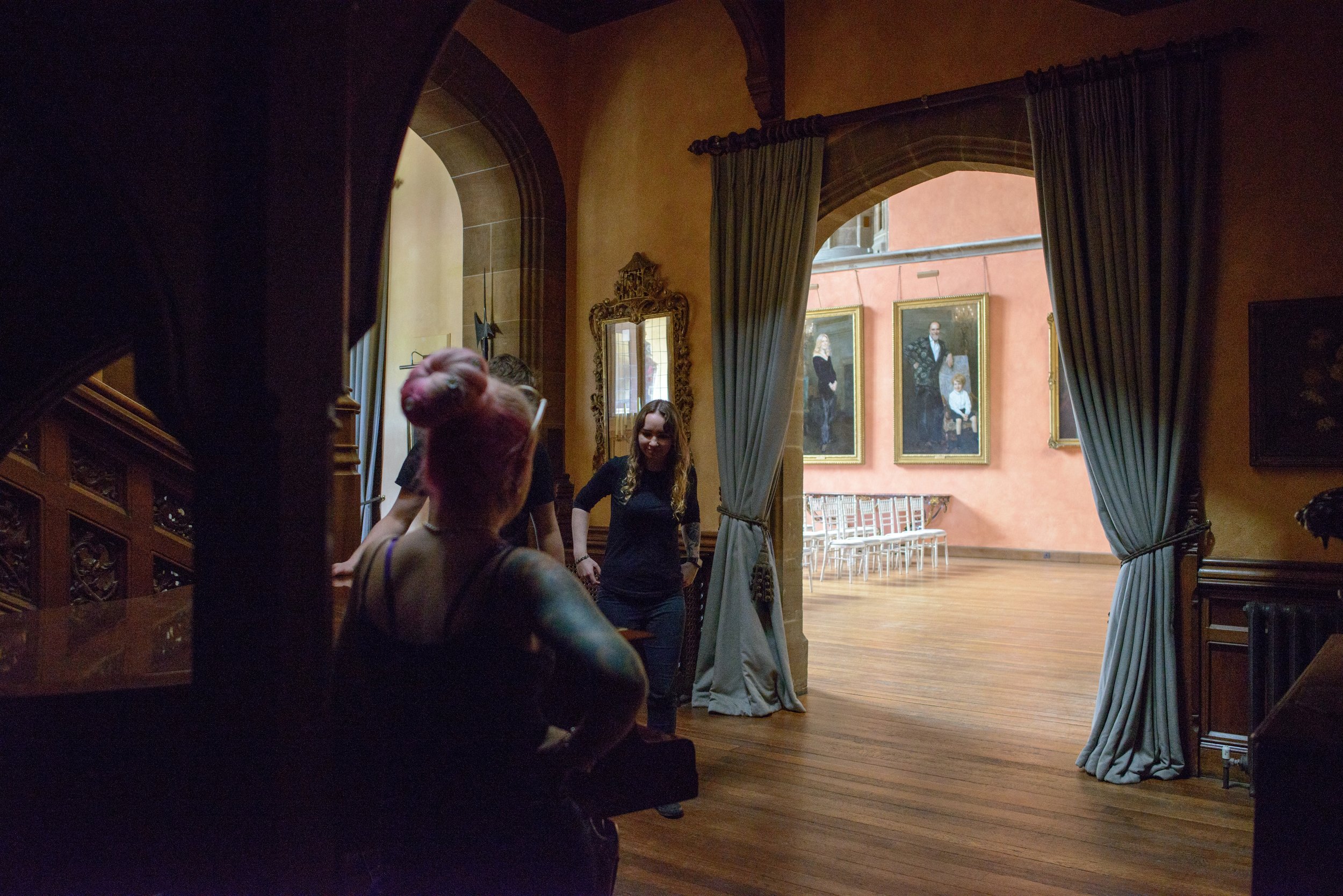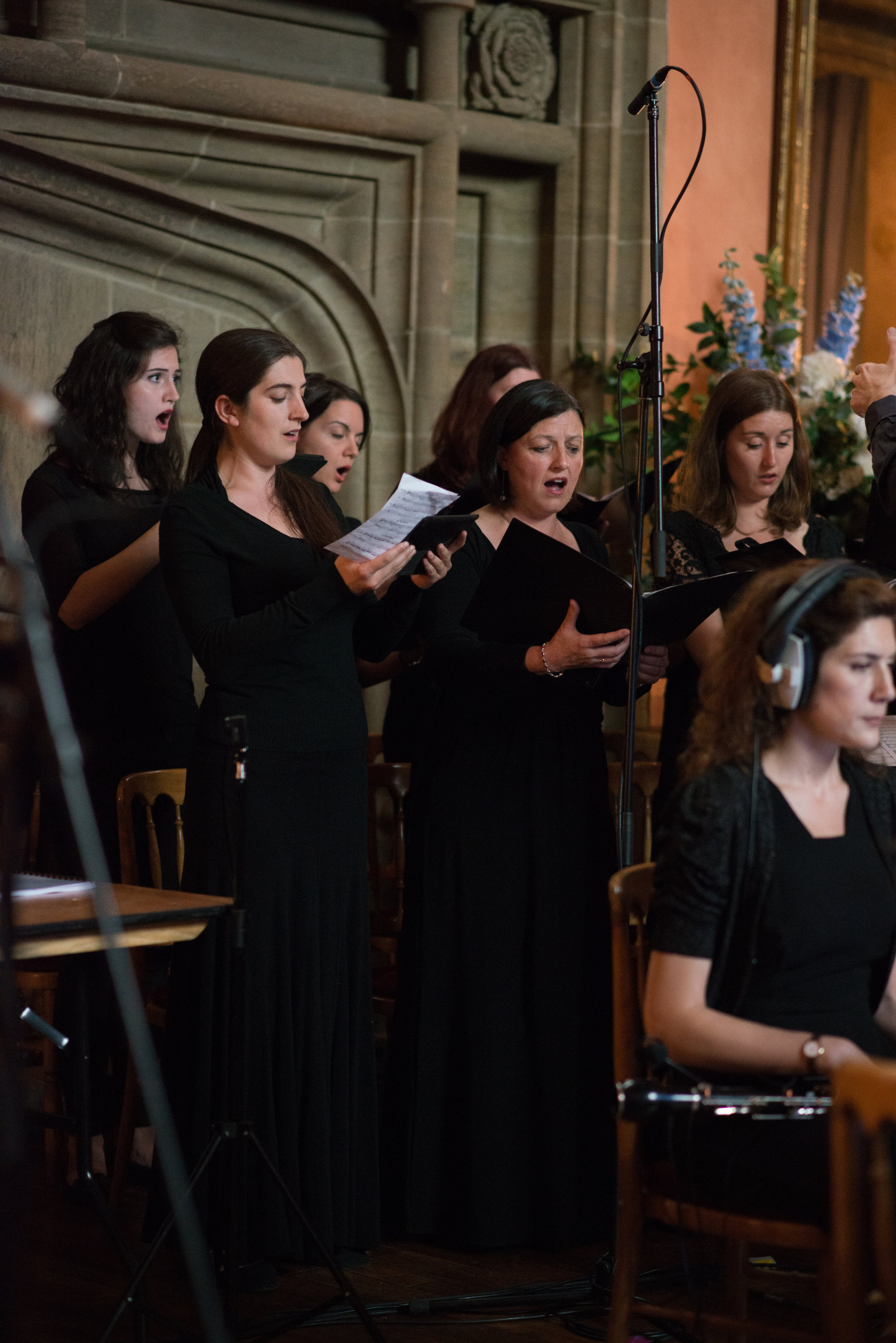inside ‘2045: THE YEAR MAN BECOMES IMMORTAL?’
“The development of full artificial intelligence could spell the end of the human race.”
Inception
The idea of death has always fascinated me. As a child, I often wondered what would happen when I died. I’m not sure if other children shared these thoughts—I never spoke about them with anyone—but I frequently pondered them before falling asleep, alongside my dream of becoming a footballer for FC Barcelona. I questioned what would happen to the “me” when I died. Would this sense of self simply vanish? And if so, how could such a thing even be possible?
These thoughts stayed with me as I grew older, driving a lifelong curiosity. In my quest for answers, I explored a range of religious, philosophical, new age, and scientific paradigms. This journey was full of contradictions and paradoxes, and rather than providing definitive answers, it laid the foundation for a path of spiritual enquiry—a journey that has, over time, given profound meaning and purpose to my life.
I’ve always believed that the books, articles, and significant sources that shape one’s spiritual path have a way of finding you. This has consistently been true for me. I would also argue that the same principle applies to people—those who influence and shape your journey often arrive at just the right moment.
Time Magazine and Ray Kurzweil
It was in 2015 that I came across Lev Grossman’s article, “2045: The Year Man Becomes Immortal”. This exploration of Technological Singularity, as prophesied by Ray Kurzweil from his Google headquarters in Mountain View, California, introduced a new dimension to my spiritual enquiry: the concept of conquering death through technology. It provided a fascinating prism through which to reflect on the findings of my personal journey into life, death, and existence.
Kurzweil describes Technological Singularity as a point in time where new technologies—rather than being developed by humans—will develop themselves at a rate beyond human comprehension. This moment could place civilisation in the hands of cyborgs, genetically enhanced super-beings, or other entities capable of self-improvement at extraordinary speeds. The super-intelligence emerging from this singularity may operate beyond the scope of human understanding, rendering future events unpredictable or even unfathomable. Among other advancements, Kurzweil’s vision includes the transfer of human consciousness to non-biological platforms—supports that do not age—effectively making us immortal.
Reflections on Modernisation and Mortality
I have always been fascinated by science and technology and their transformative power. Yet, I remain acutely aware of the double-edged nature of this progress. In my earlier work, Life from Light (2012), I reflected on how humanity’s advancements have come at the cost of the natural world—the very miracle of life that sustains us. We are destroying one of the most incredible phenomena in the known universe: Planet Earth.
The warnings of Stephen Hawking resurfaced in my mind as I read Grossman’s article. Hawking famously cautioned: “The development of full artificial intelligence could spell the end of the human race.” This stark warning added depth to my exploration of death through the lens of a futuristic paradigm where humanity might finally conquer it—ironically, at the potential cost of ending the human race as we know it.
Death, paradoxically, is one of the most human experiences, uniting us all. It is the only certainty we have: one day, we will die. This natural cycle of life defines our existence. It is profound to consider that, in our quest to conquer death, we might lose the very essence of what makes us human.
Alan Watts
While I was deeply challenged by Ray Kurzweil’s vision of the future, I found myself increasingly inspired by the teachings of Alan Watts. Watts, a British-American philosopher, author, and speaker, was a pioneer in interpreting Eastern philosophies—such as Buddhism and Taoism—for a Western audience. Rising to prominence during the counterculture movement of the 1960s, Watts became a spiritual voice for a generation, presenting ideals that stood in stark contrast to Kurzweil’s paradigm. Decades later, however, these ideals seem to have faded from prominence, overshadowed by the technological domination of voices like Kurzweil’s.
It struck me as profoundly meaningful to recover Watts’ voice and juxtapose it against Kurzweil’s—a sort of impossible dialogue that I believe is urgently needed in today’s world. Watts’ perspective on death is beautifully captured in a lecture he gave at UCLA, which feels almost prophetic, as though he were addressing Kurzweil directly:
“So therefore in the course of nature, once we have ceased to see magic in the world anymore, we are no longer fulfilling nature’s game of being aware of itself. There's no point in it anymore, and so we die, and so something else comes to birth which gets an entirely new view. It is therefore not natural for us to wish to prolong life indefinitely. But we live in a culture where it has been rubbed into us, in every conceivable way, that to die is a terrible thing. And that is a tremendous disease from which our culture in particular suffers.”
Watts challenges Kurzweil’s vision, asserting that it is unnatural to desire indefinite life, and that death serves a purpose within the cycles of nature. It is precisely the finite nature of life that makes it so precious—a fleeting experience meant to be lived with wonder. Watts warns that when we lose this wonder, life’s meaning fades, and its purpose is lost.
So ‘2045: The Year Man Becomes Immortal’ reflects this personal journey of mine that started as a child. The piece was transformative and in a way made me overcome my fear of dying. This transformation cannot be explained at a rational level alone using my Western Scientific hat, it needs further layers of understanding that occur more at an intuitive and emotional level. These levels are the ones I tried to reflect into the music and the piece, therefore a piece that cannot be understood at a rational level alone. It has to be felt, not thought.
A Personal Journey
2045: The Year Man Becomes Immortal reflects my personal journey, one that began in childhood with my early fascination with death. The process of creating the piece was transformative, helping me to overcome my own fear of dying. This transformation cannot be fully understood through the lens of Western scientific reasoning alone. It requires deeper layers of understanding—those that operate on an intuitive and emotional level.
These are the dimensions I sought to convey through the music. 2045 is not a piece that can be entirely grasped at a rational level—it is a work meant to be felt, not merely thought.
“It is quite impossible for a thinking being to imagine nonbeing, a cessation of thought and life, in this sense, everyone carries the proof of his own immortality within himself.”
Structure: The Five Stages of a Life Cycle
The piece is structured into five sections, inspired by the five stages of a fruit tree—a metaphor for the cyclic nature of time and life.
The first three sections (Block 1) represent the process from life to death.
The final two sections (Block 2) symbolize a journey into immortality, bringing the cycle back to life again.
This structure is deeply tied to the Fibonacci Sequence (0, 1, 1, 2, 3, 5, 8, 13, 21, 34, 45, 55), reflecting how nature itself forms its patterns. Each segment follows these proportions, reinforcing the organic and mathematical beauty of natural cycles.
The entire piece spans exactly 55 minutes, with the two main blocks divided at 34 minutes, aligning with the Golden Ratio. This precise timing mirrors the harmony and balance found in the structures of nature and life.
Korg R3 / MS2K
The Korg R3 synthesizer, leveraging its own engine alongside that of the MS2K, played a pivotal role in shaping the sound of 2045: The Year Man Becomes Immortal. Typically, the synthesizer’s contribution comes towards the final stages of the compositional process, after the acoustic ensemble parts have been written. Its purpose is to unify and glue the entire piece together, adding a distinct texture and cohesion.
The following compositional notes illustrate how these parts are crafted. The process involves a blend of text descriptions, hand-drawn scores, and extensive handwritten notes, which continue to evolve as the piece progresses. Additional text and ideas are frequently added, ensuring that the synthesizer’s role aligns seamlessly with the overall work. The same version of these notes and scores is used as the performance score, providing a direct link between the composition and its execution.
Compositional Notes 1
Compositional Notes 2
Compositional Notes 3
Technical Challenges in the Live Performance of 2045
The live performance of 2045: The Year Man Becomes Immortal presented a series of technical challenges, as seen in the first draft of the floor plan for the premiere at St. James’s Piccadilly. The staging was designed around four distinct sonic layers:
The ensemble: Piano, violin, cello, and Cor Anglais.
The singers: Countertenor and soprano.
The electric/electronic instruments: Electric bass, Korg R3, backing track, and FX.
The choir.
These layers were arranged in a specific order, with the soloists positioned between the acoustic and electric/electronic ensembles, acting as a bridge between these contrasting forces. In a unique decision, I placed the FOH control within the ensemble itself. This setup allowed the sound to be shaped from within, reflecting the ensemble’s intentions rather than being determined by an external FOH engineer.
Traditional Ensemble Balance
In traditional acoustic ensembles, the conductor or ensemble leader plays a critical role in managing the balance of sound, ensuring the audience perceives the performance as intended. The arrangement of instruments in classical formats—whether a string quartet or symphony orchestra—is designed for natural self-balancing. This balance is achieved through careful consideration of timbre, volume, frequency range, and stereo positioning, simplifying the conductor’s task.
Challenges in 2045
Compared to traditional ensembles, my works introduce four key differences:
Unconventional instrumentation: The ensembles combine both acoustic and electronic/electric instruments.
Balancing contrasting forces: Powerful electric/electronic instruments must harmonize with weaker acoustic instruments.
Synchronous backing tracks: Sonic elements from pre-recorded tracks must align seamlessly with live performance.
Real-time effects: The integration of tape delays and other effects merges acoustic and electronic elements into a unified soundscape.
These factors make the live performances of 2045 technically complex, especially as the goal is to create the illusion of a self-balancing ensemble, where all components appear to harmonize naturally.
The Role of FOH Control
The FOH engineer plays a pivotal role in achieving this balance. However, unless the engineer is familiar with the music and repertoire, their lack of context can hinder the desired outcome. To address this, I chose to embed the FOH control within the ensemble. This setup allowed me to create a basic balance during the soundcheck, reflecting the ensemble’s ethos of sound being generated and controlled from within.
While having an audience vantage point for fine-tuning would offer advantages, this approach aligned with my vision of an integrated sound experience. It ensured the performance was not left to the interpretation of someone outside the ensemble but instead remained authentic to the intentions of the musicians and composer.
2045 Stage Plan
Rehearsal in Vestry Hall, Ealing, view from the third layer with FOH controls integrated within the ensemble.
Rehearsal with the Aquinas Piano Trio
The Aquinas Piano Trio (Ruth Rogers - violin, Katherine Jenkins - cello, Martin Cousin - piano)
ST JAMES’S PICCADILLY GALLERY - 6th July 2016
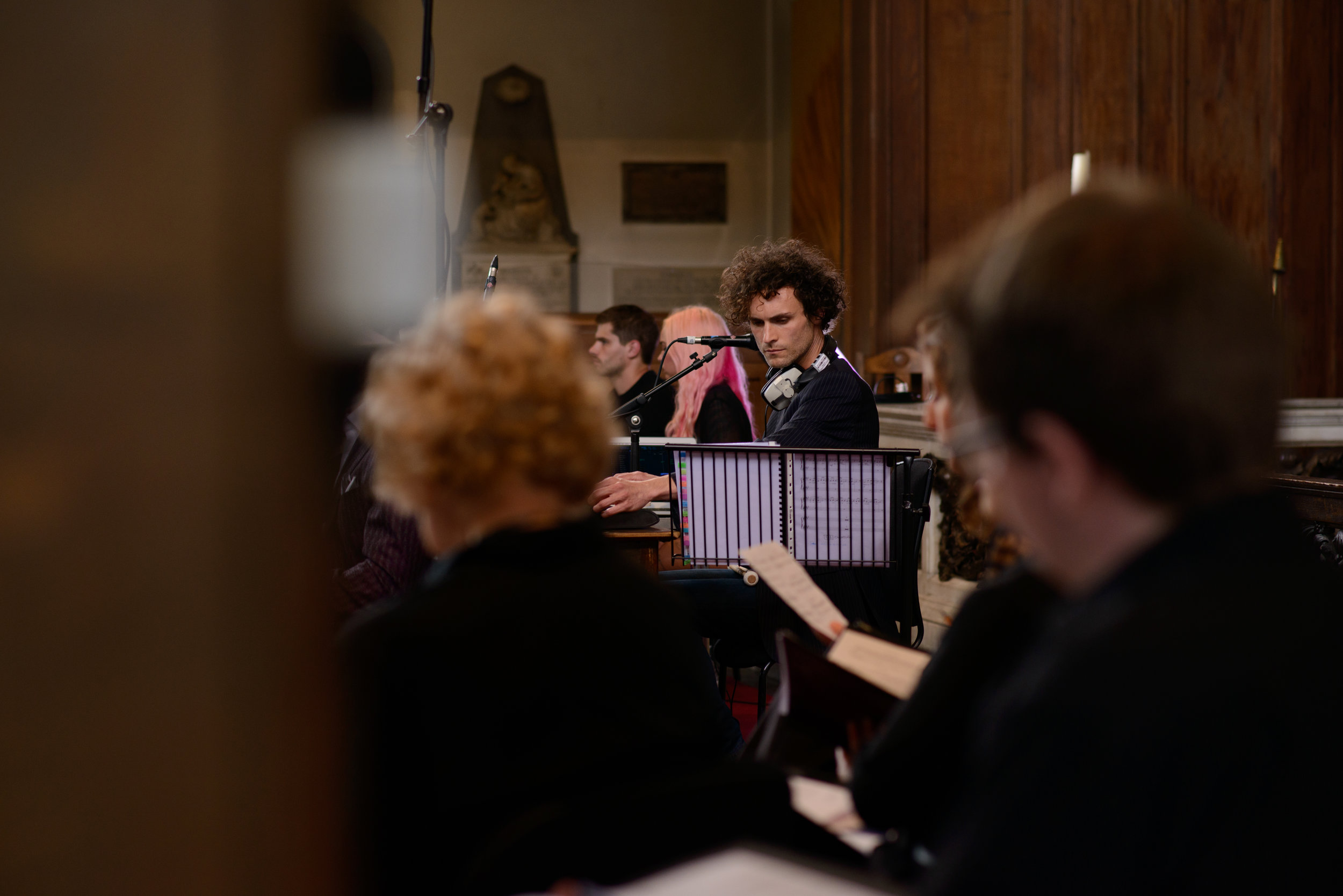
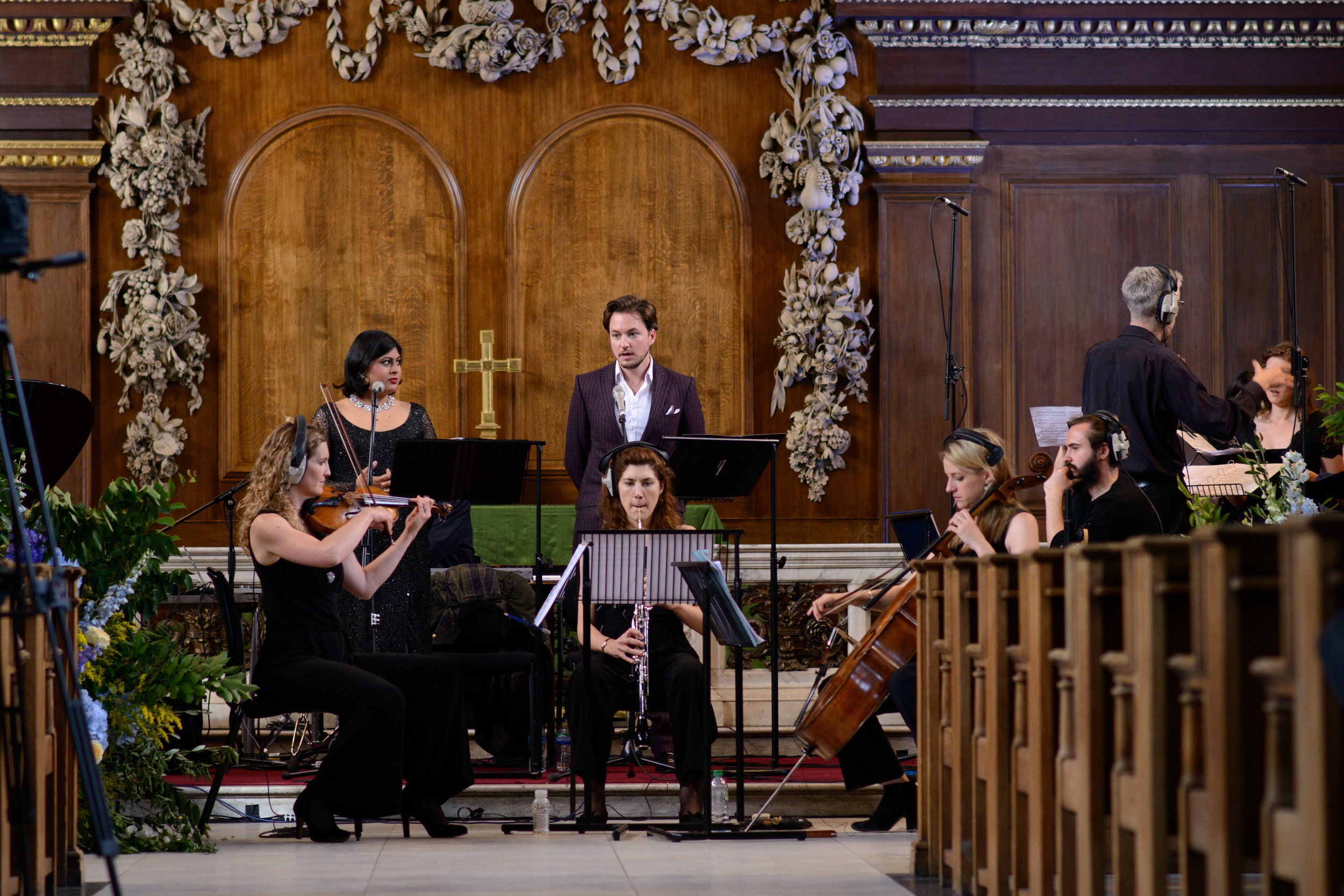

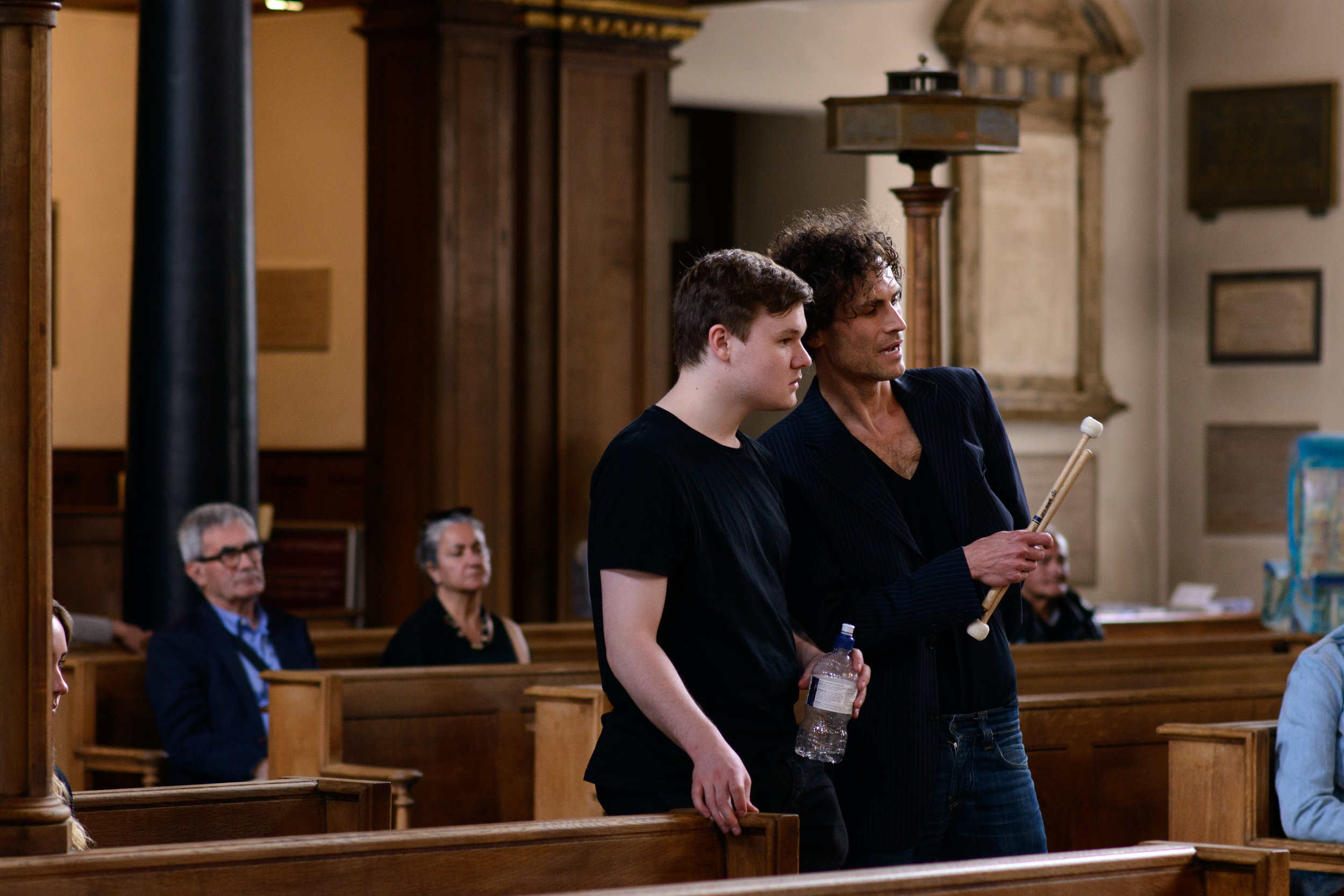
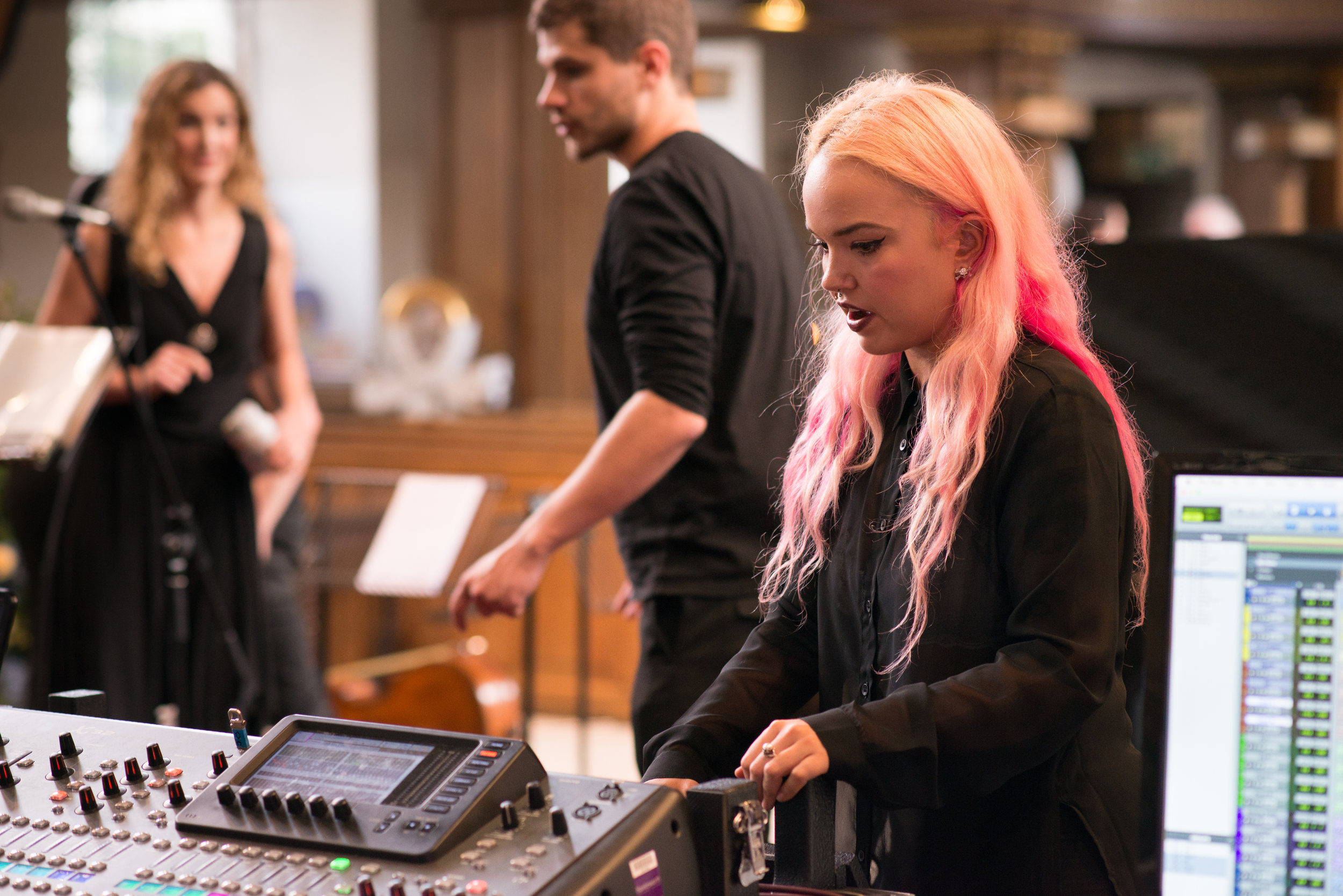
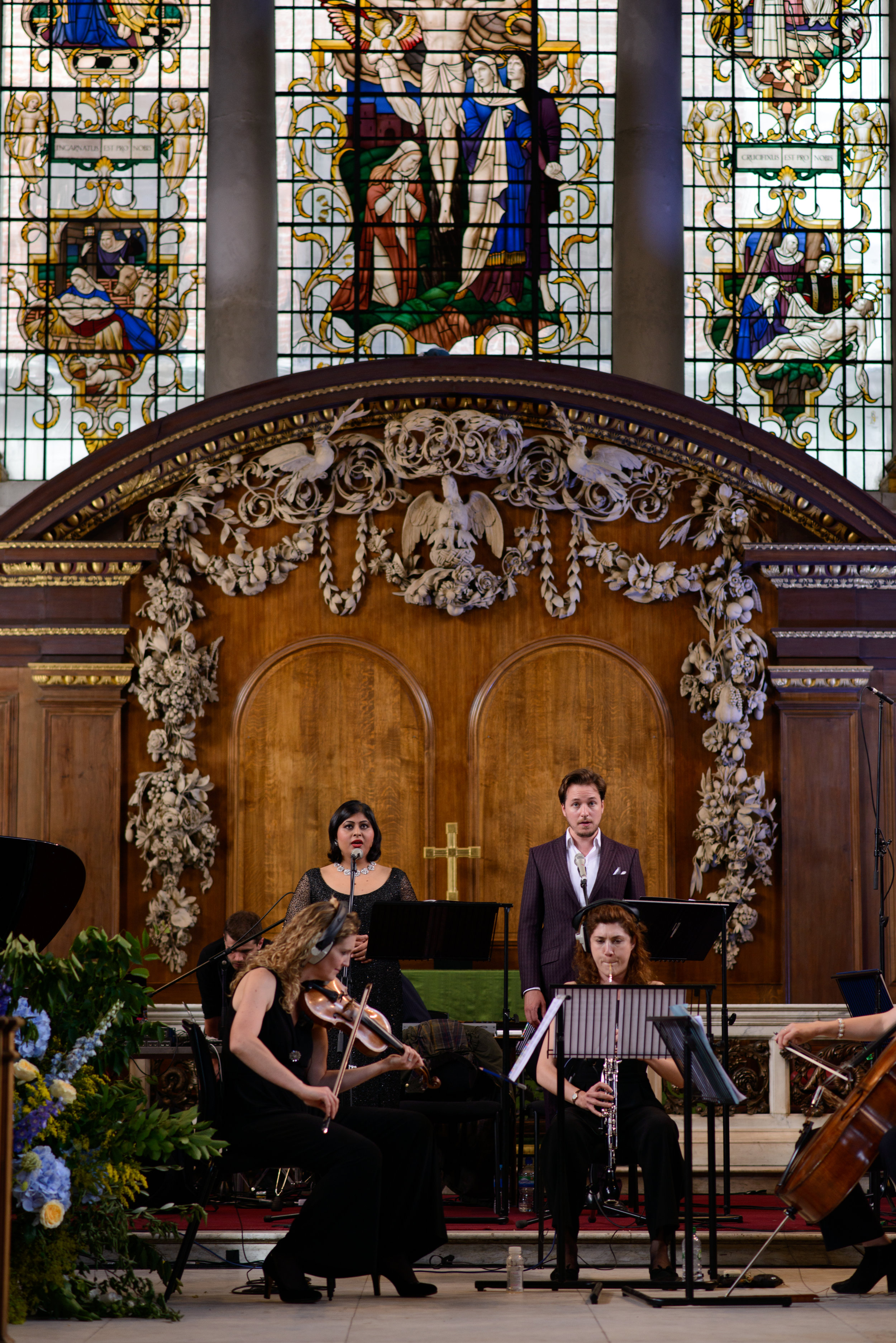
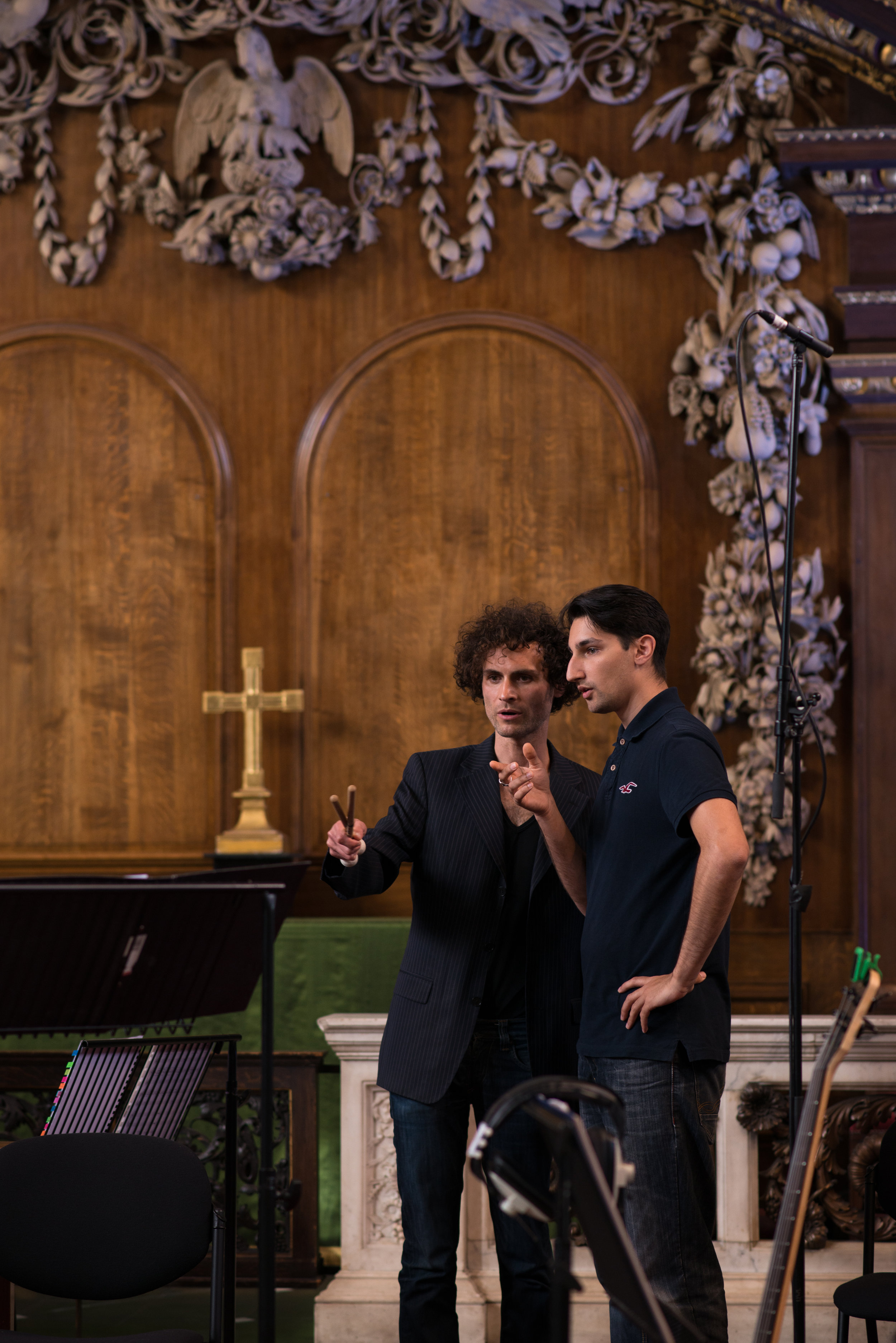
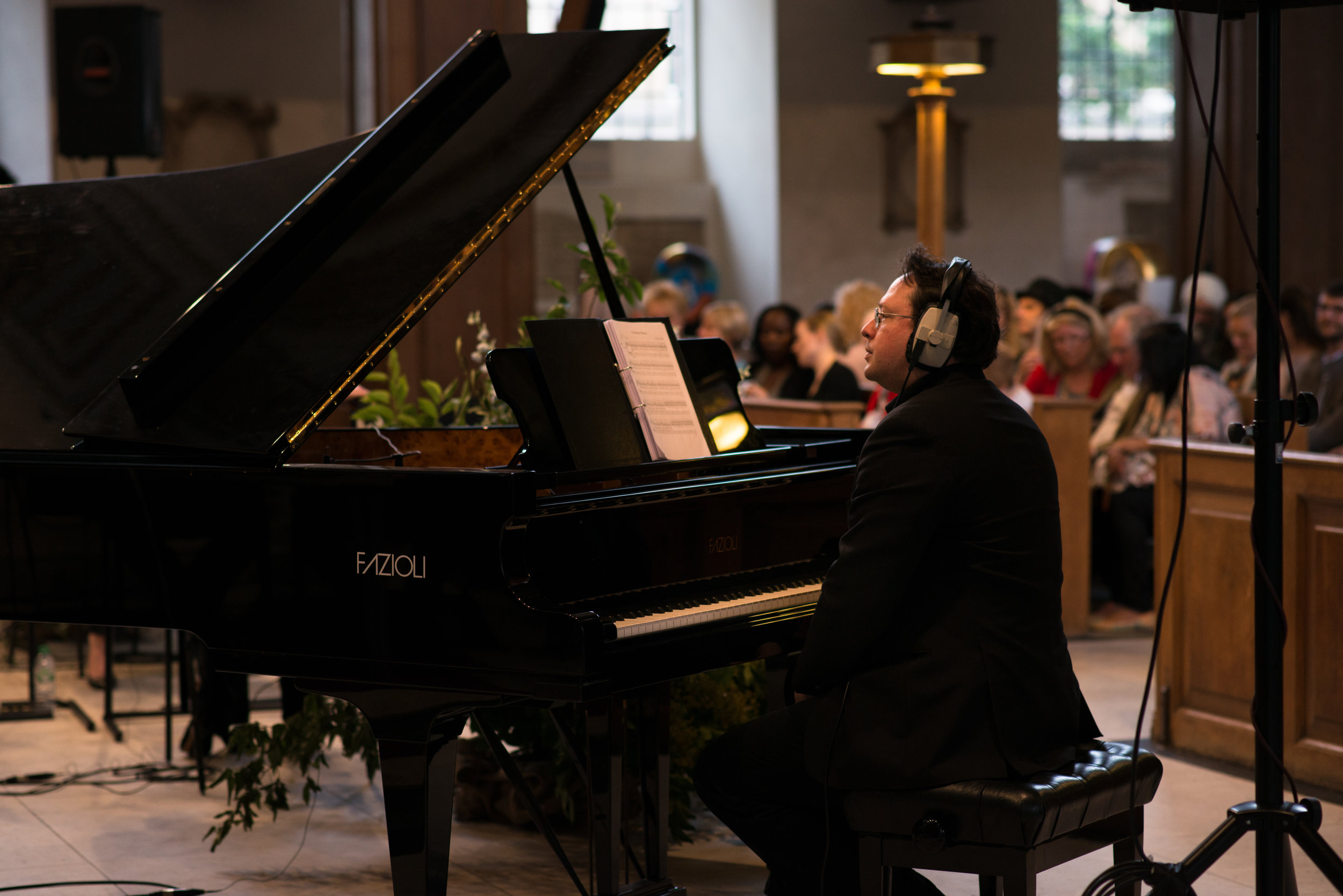
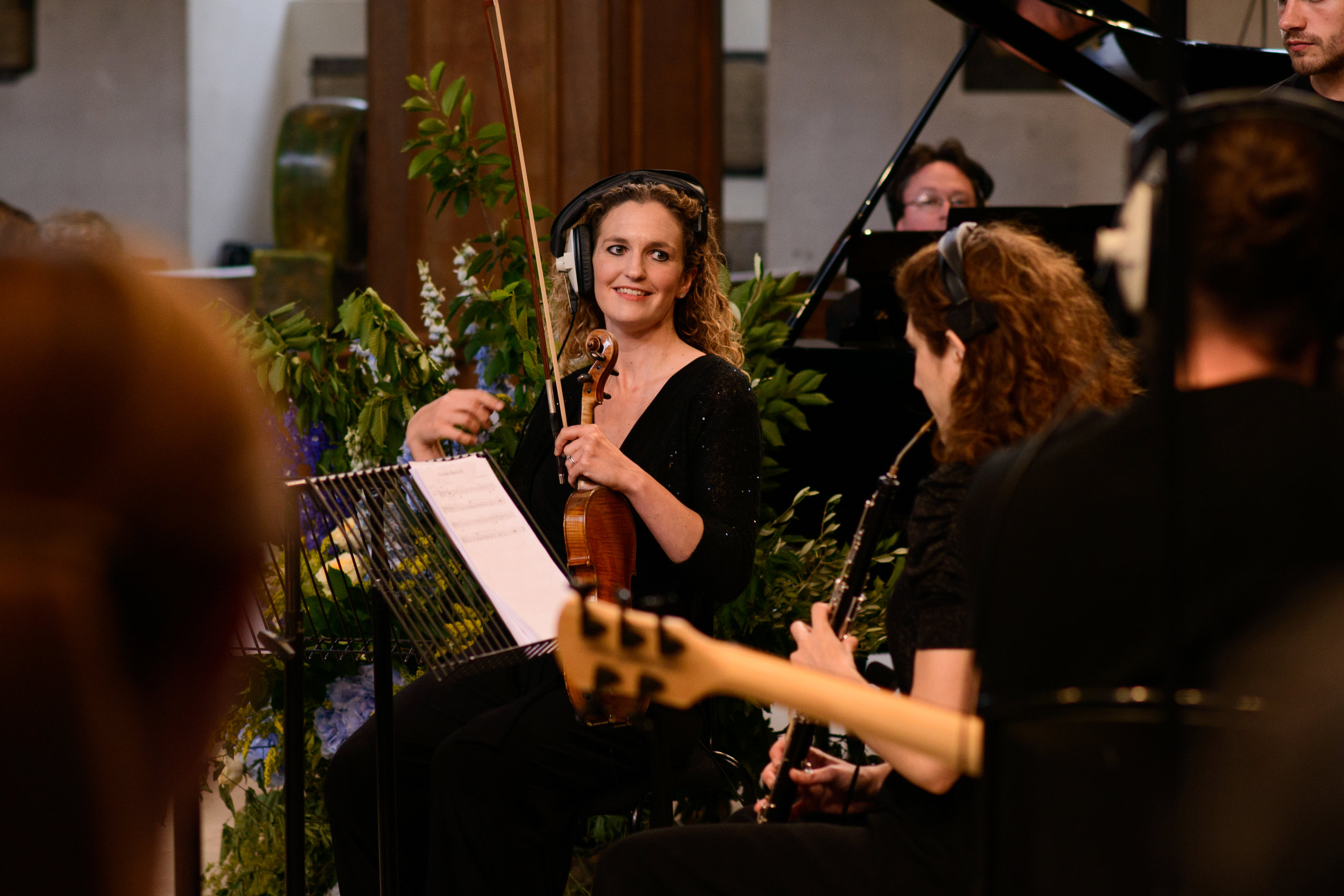
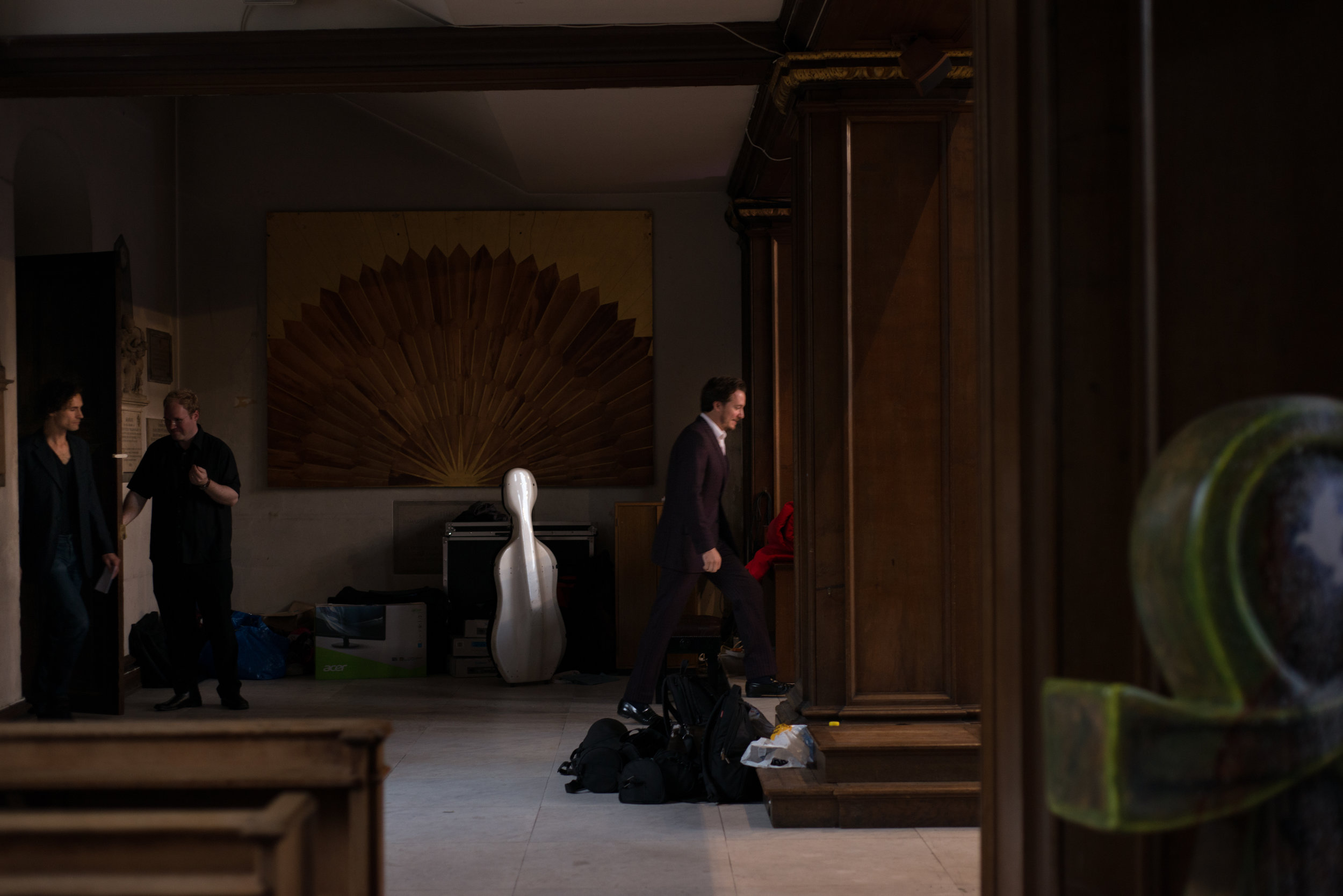
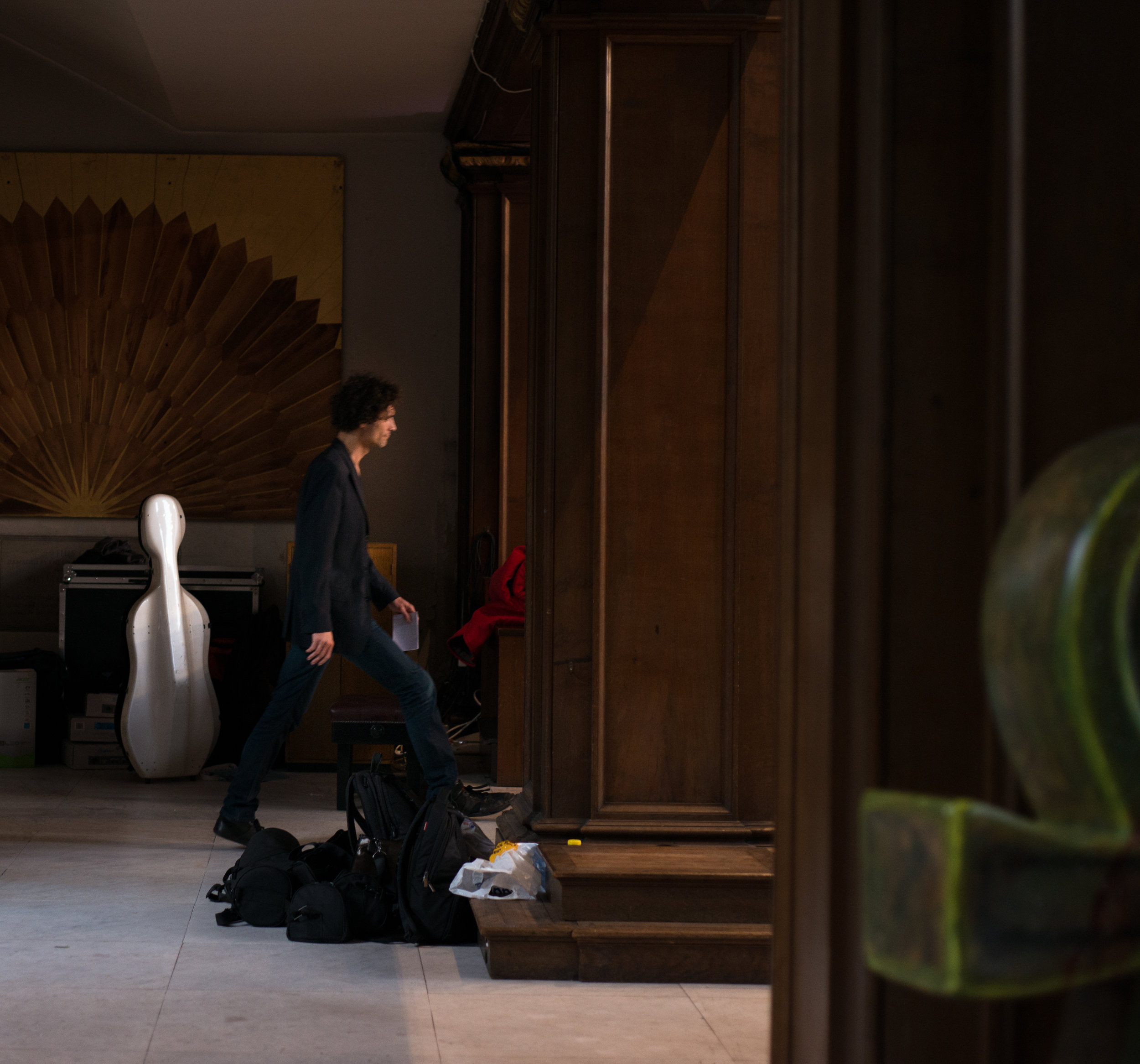
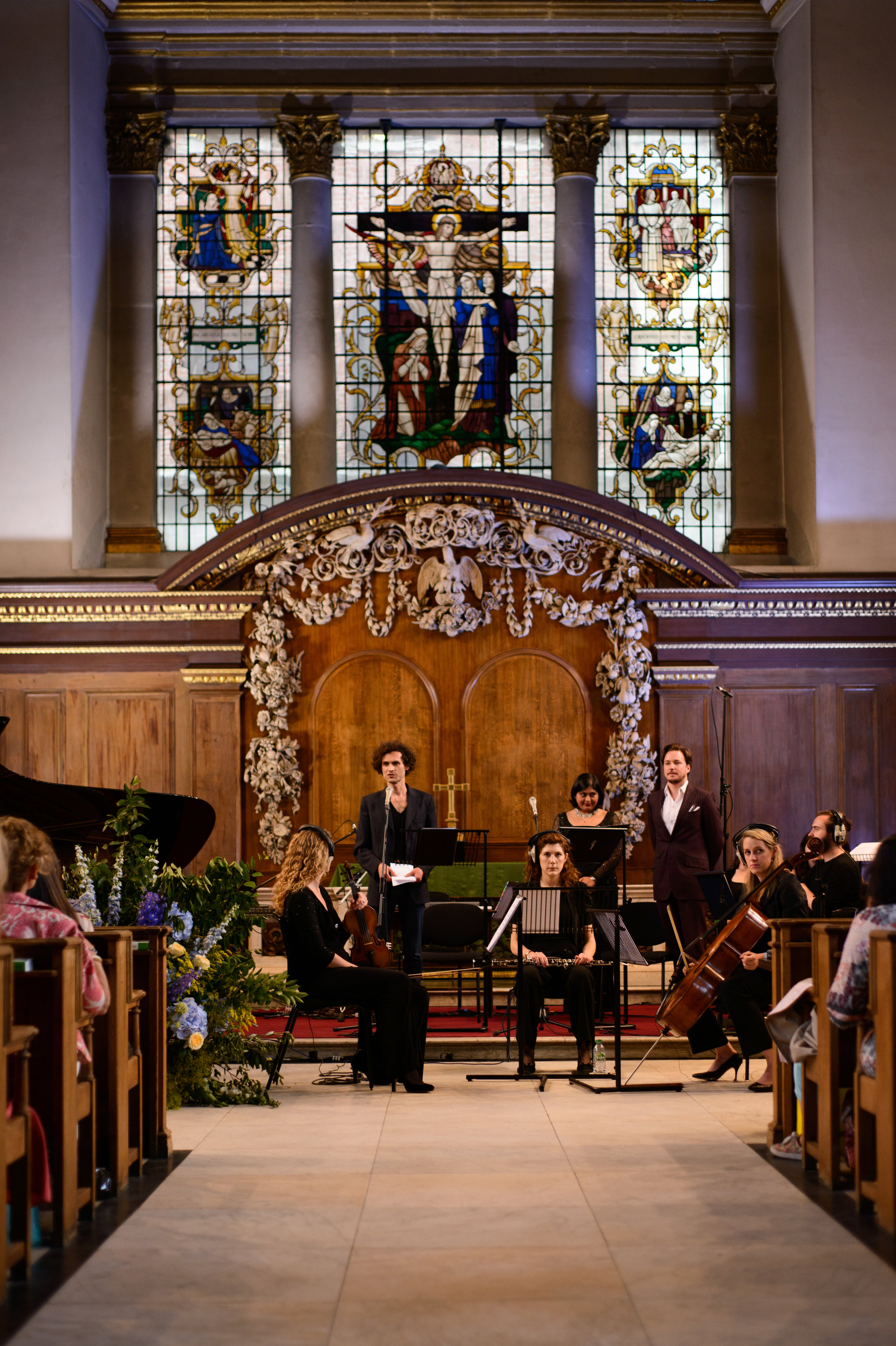
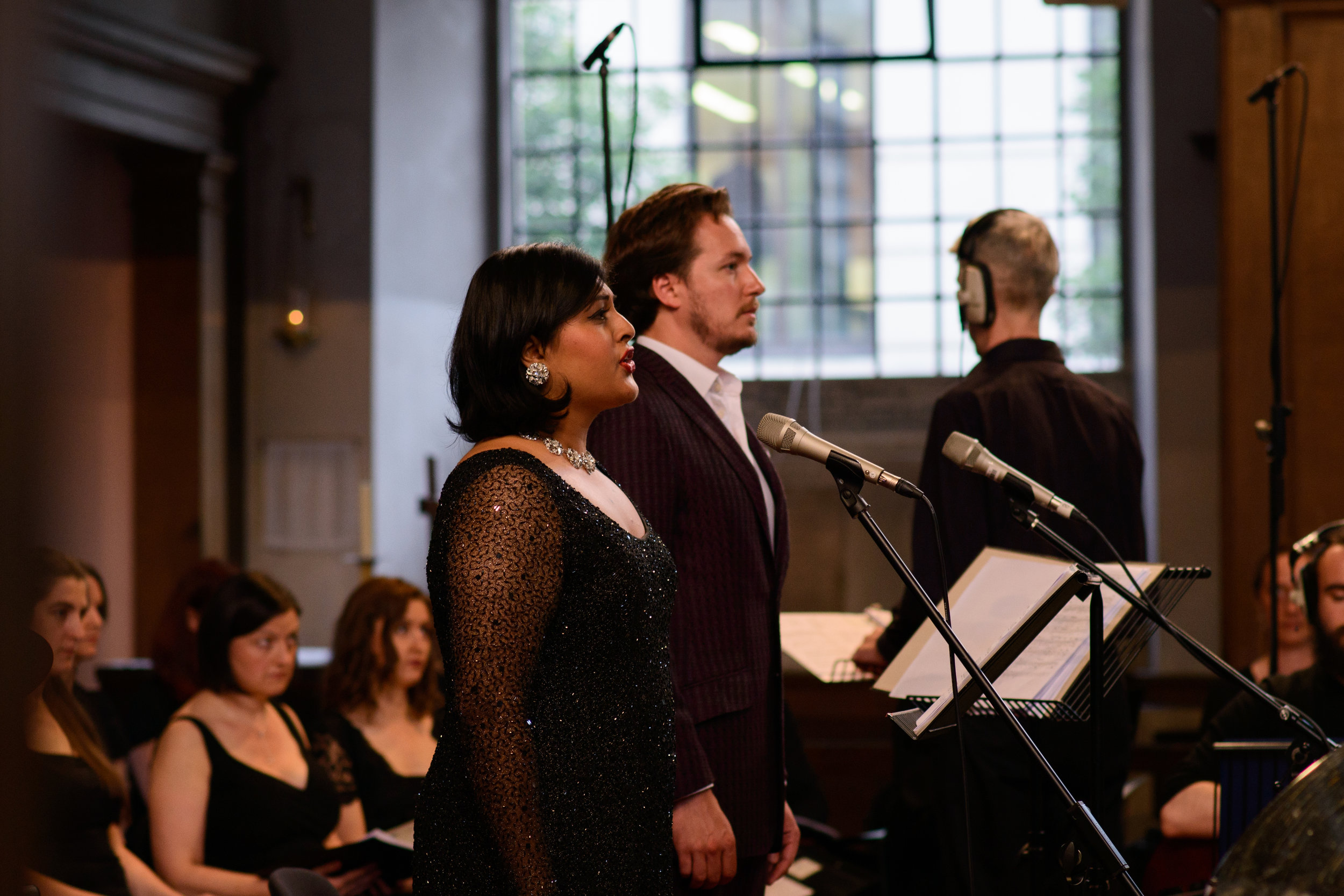
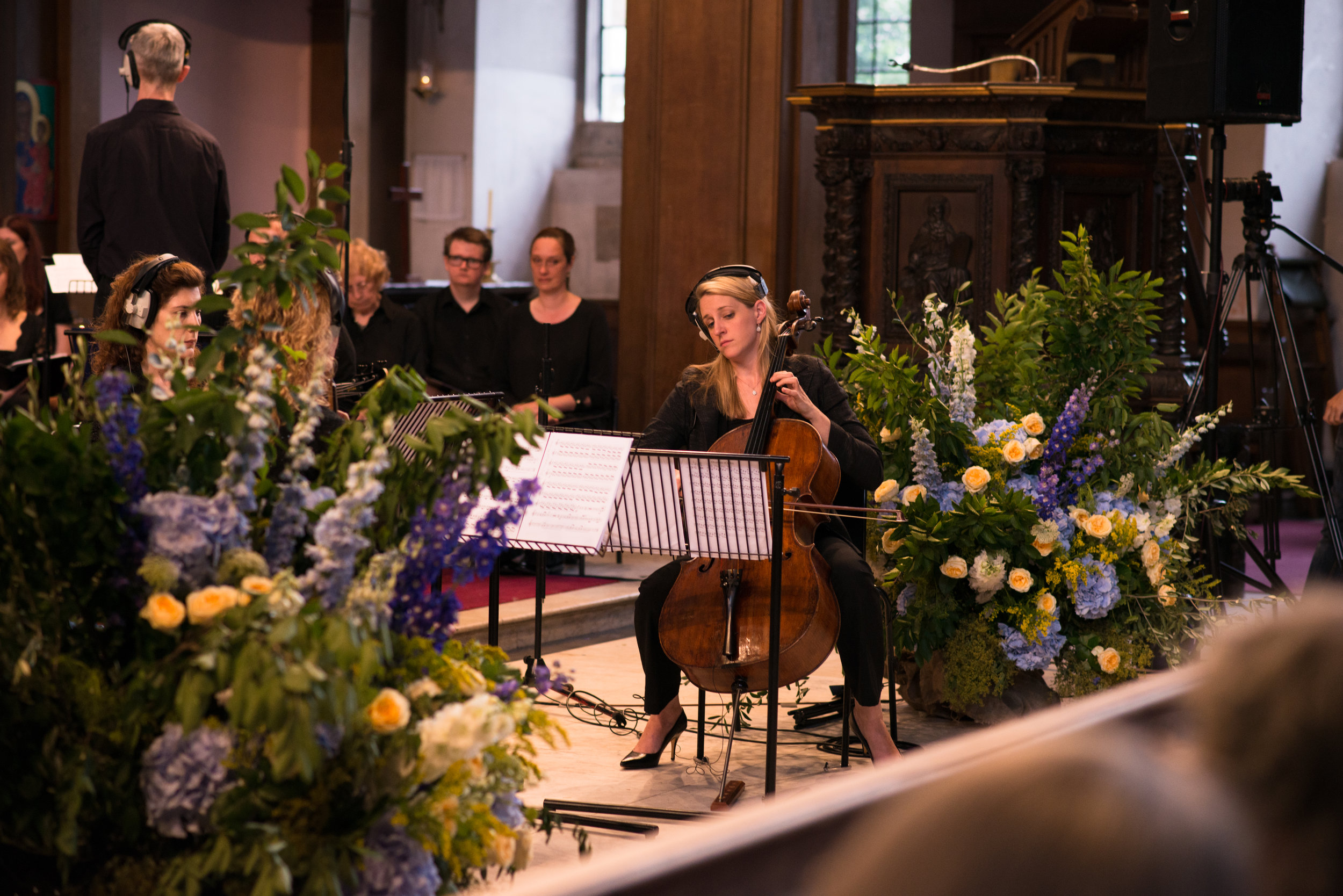
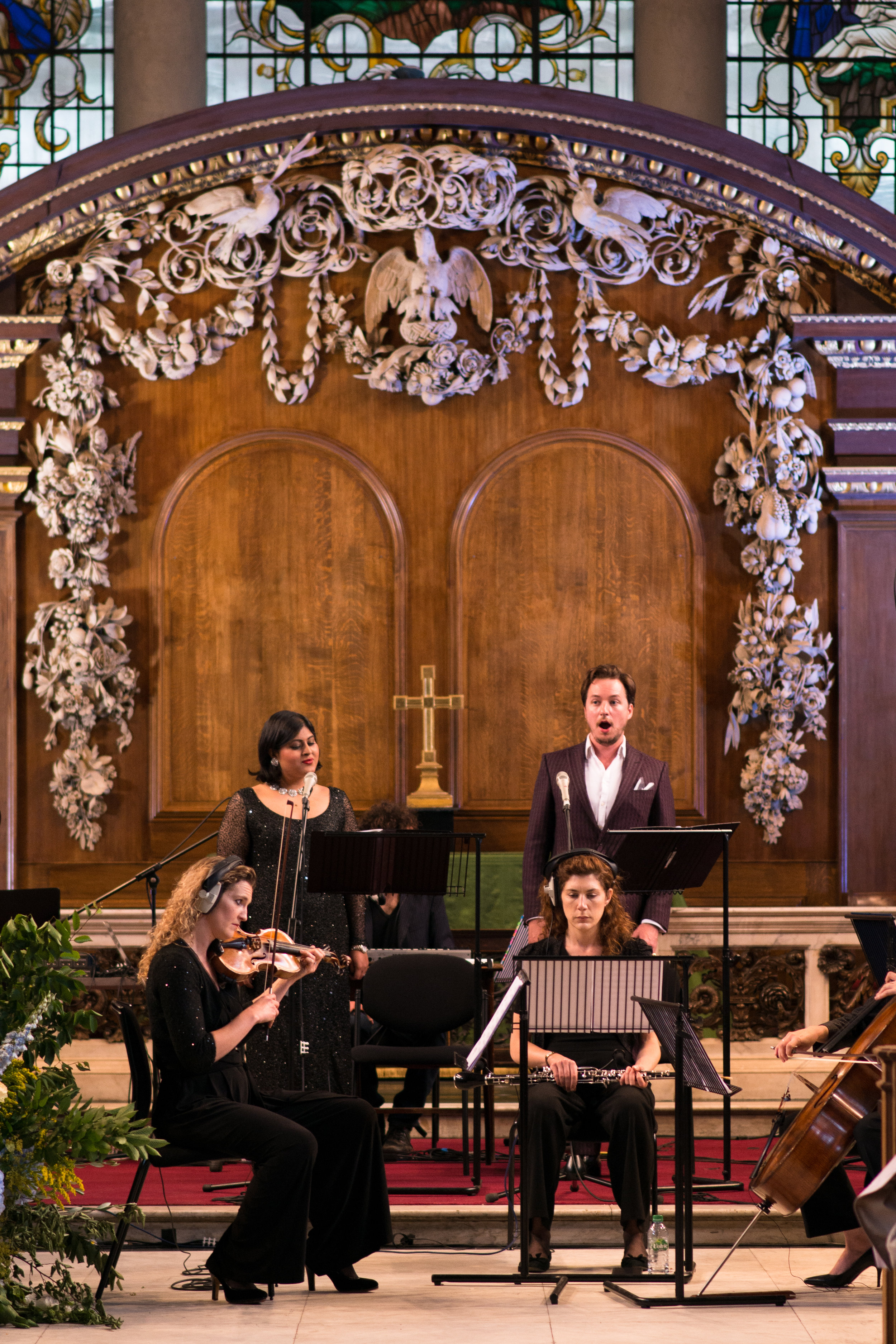
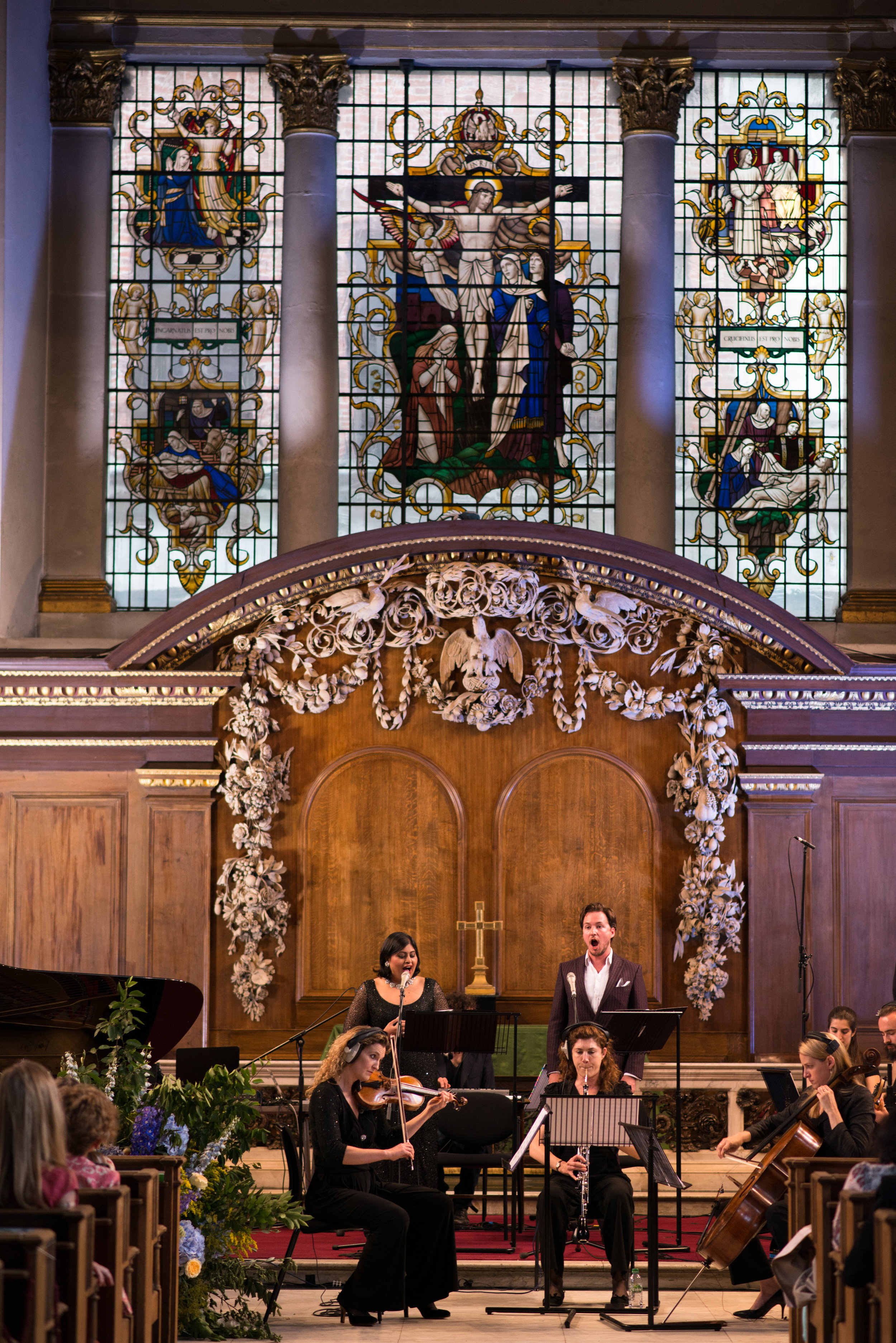
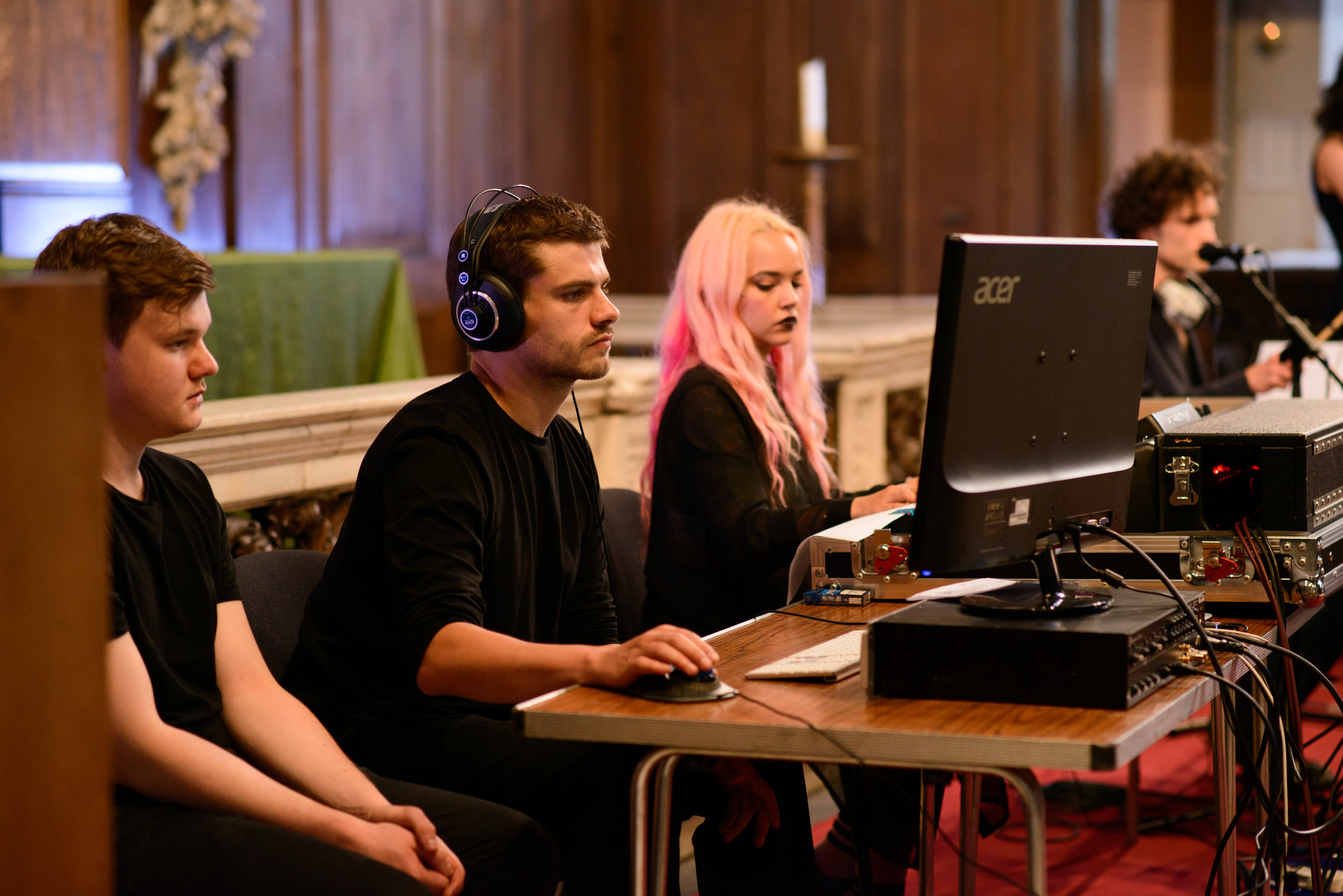
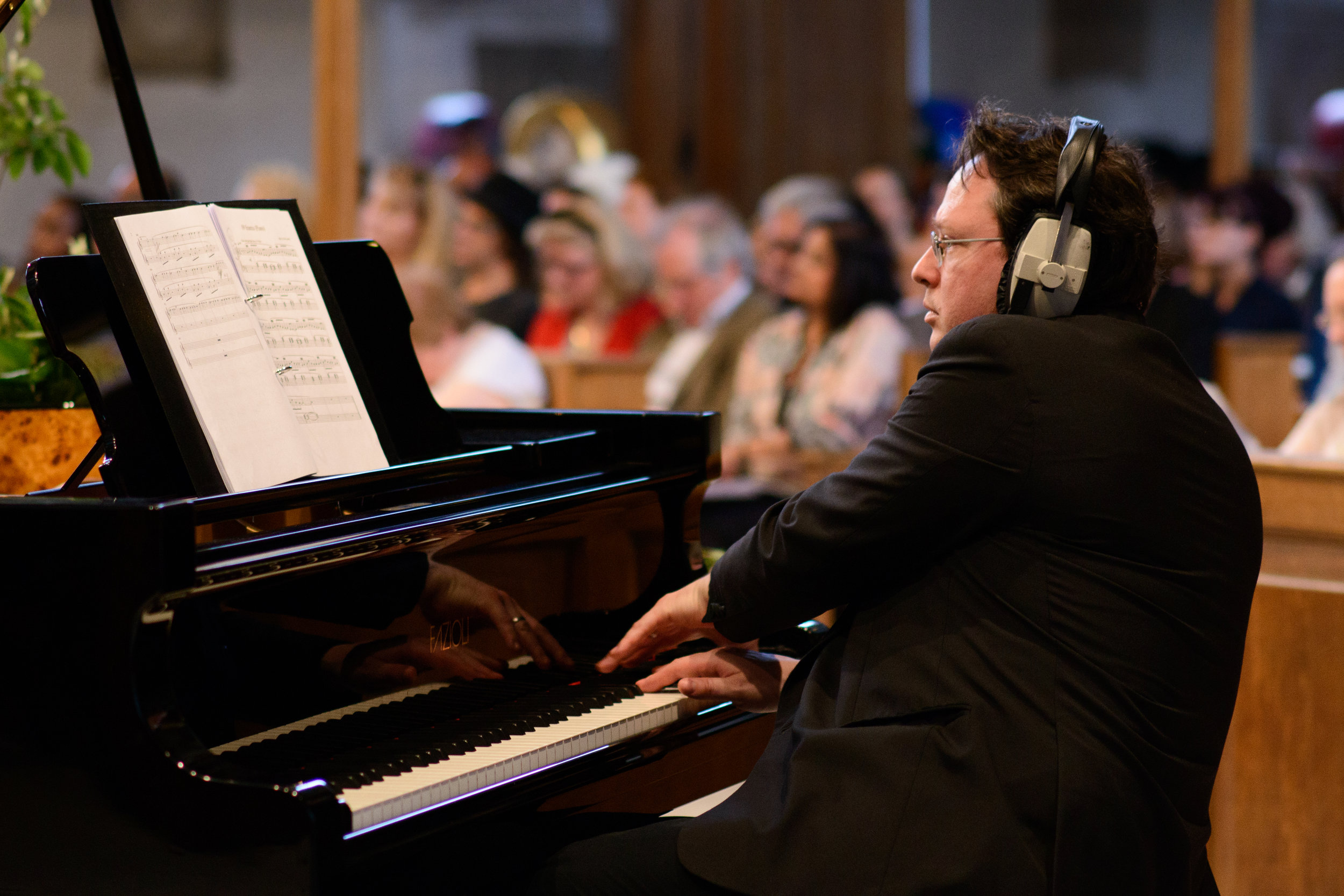
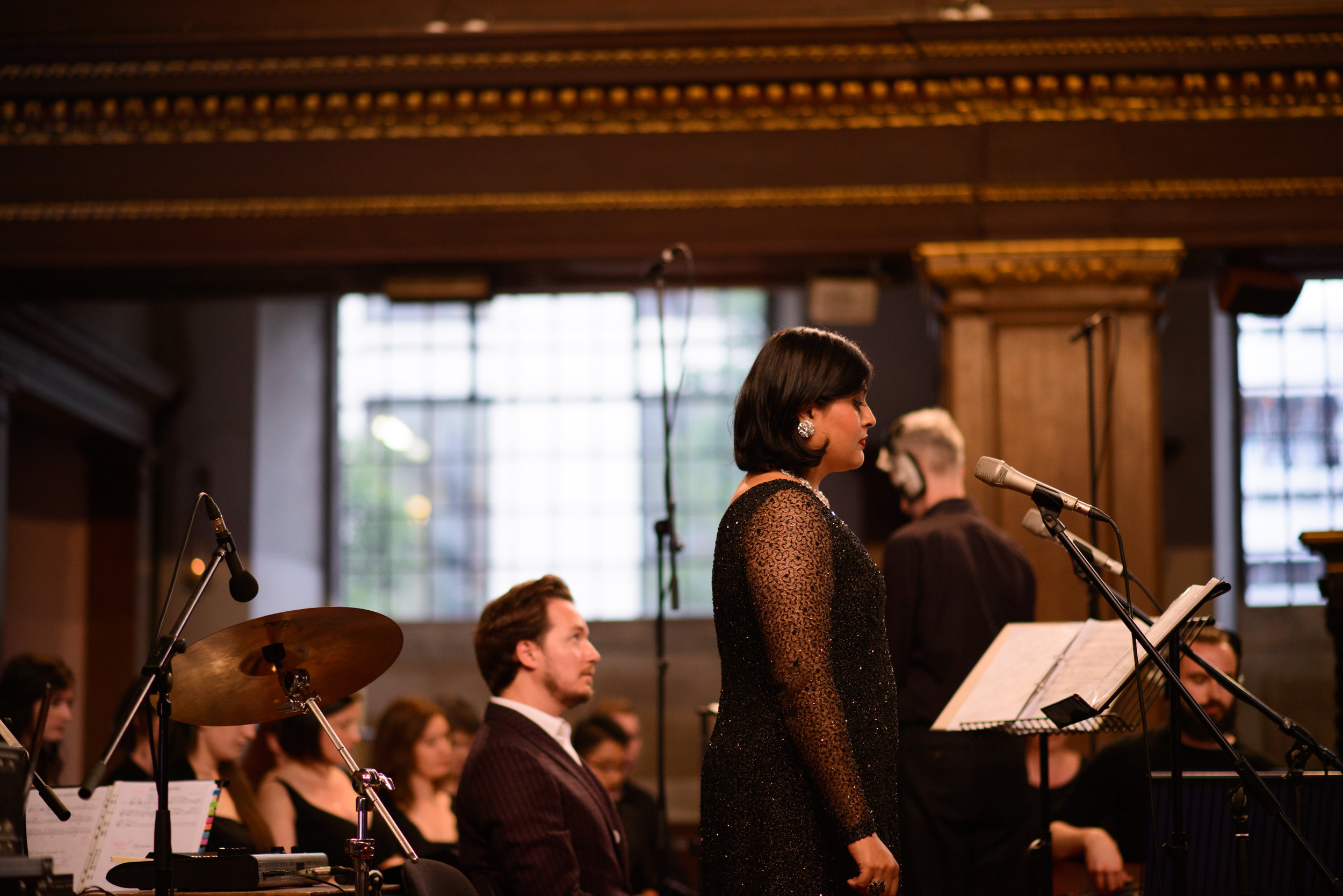
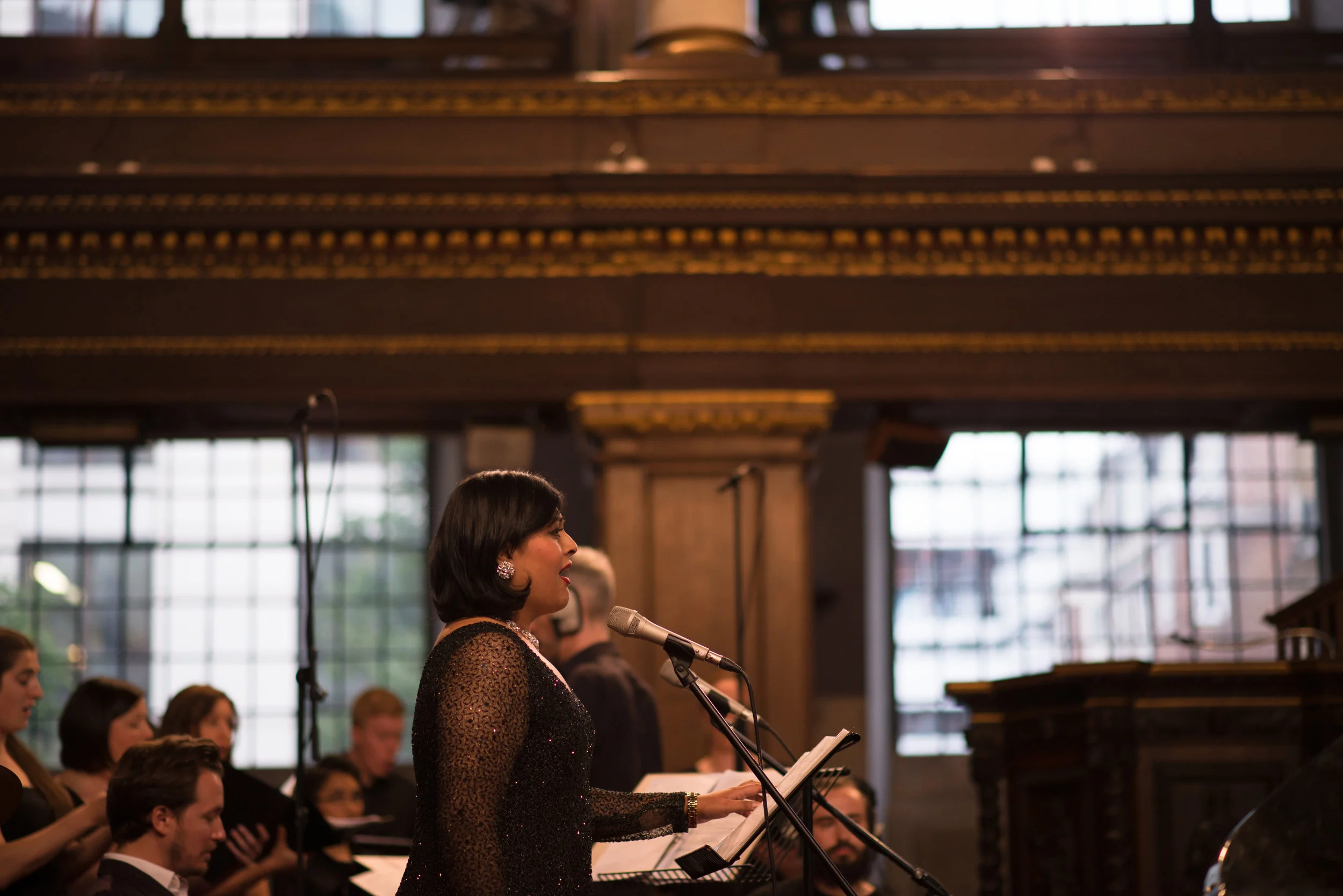
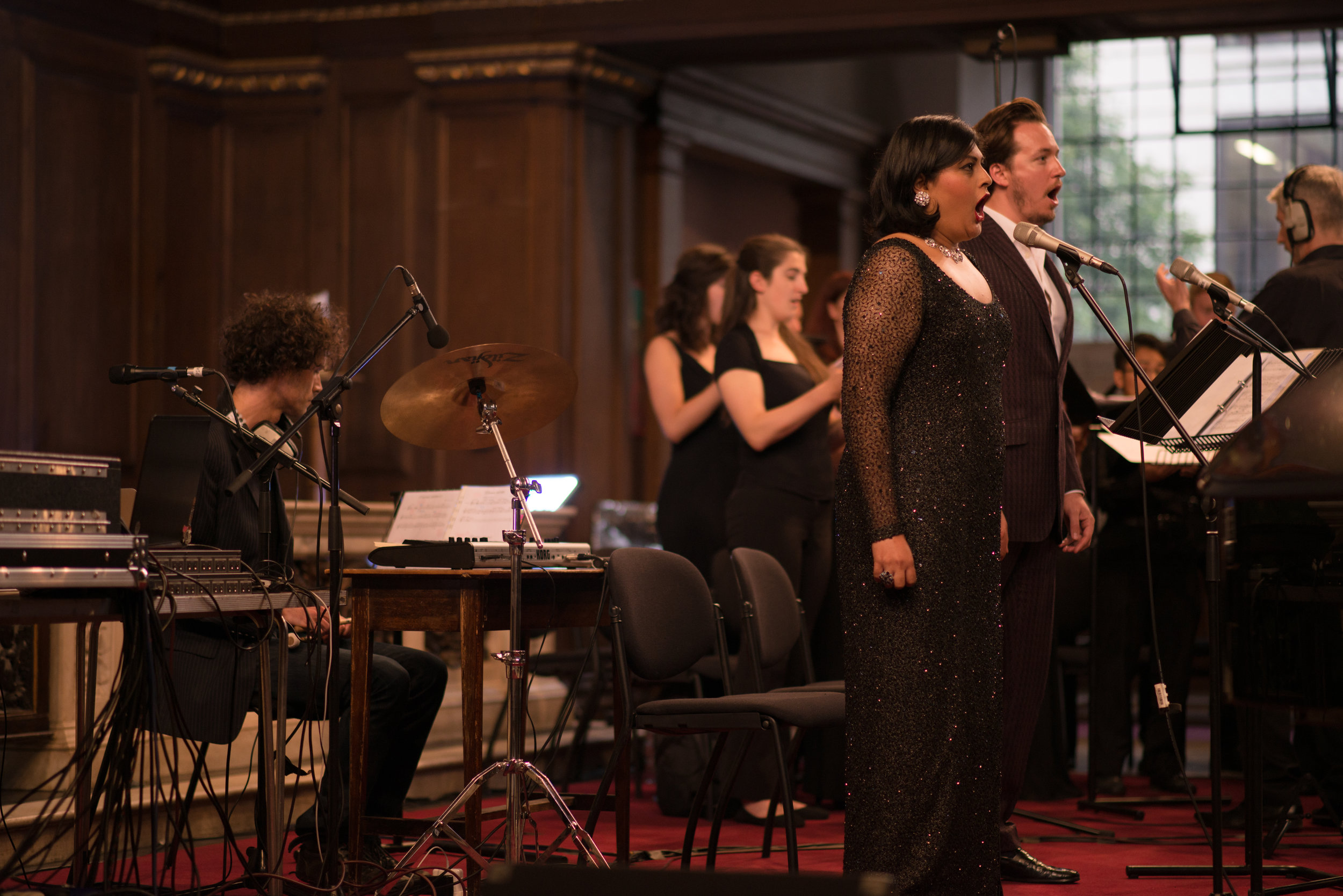
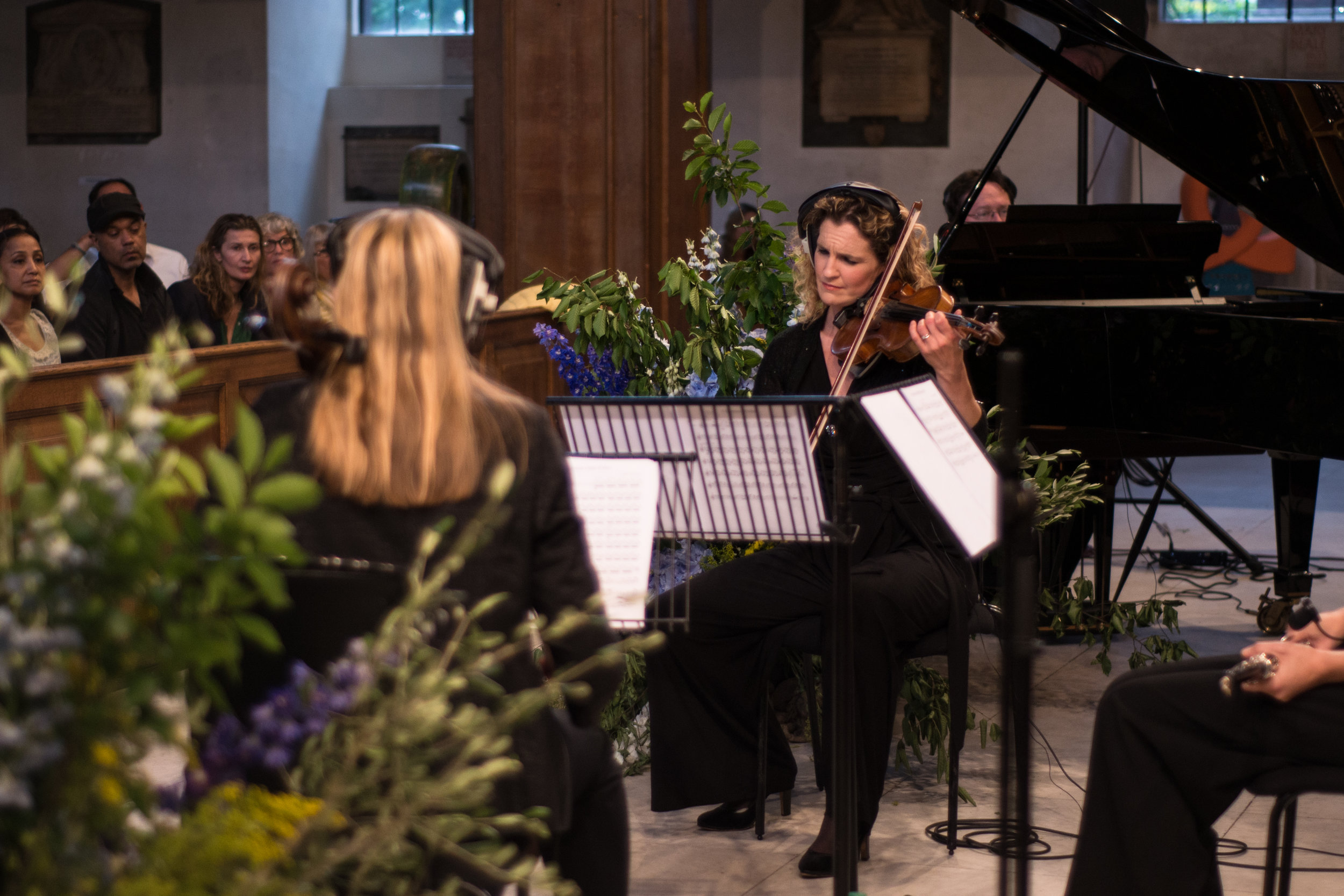
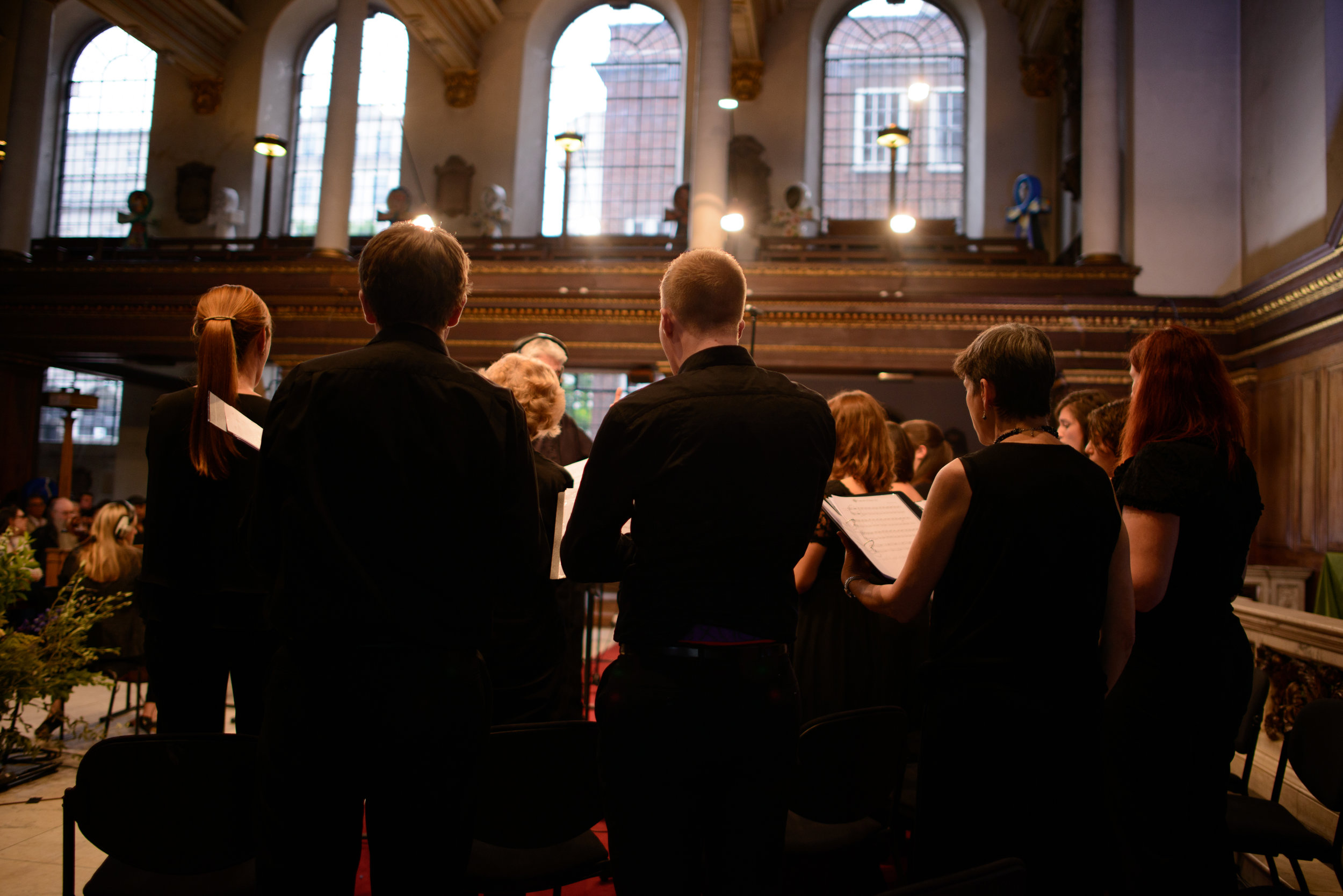
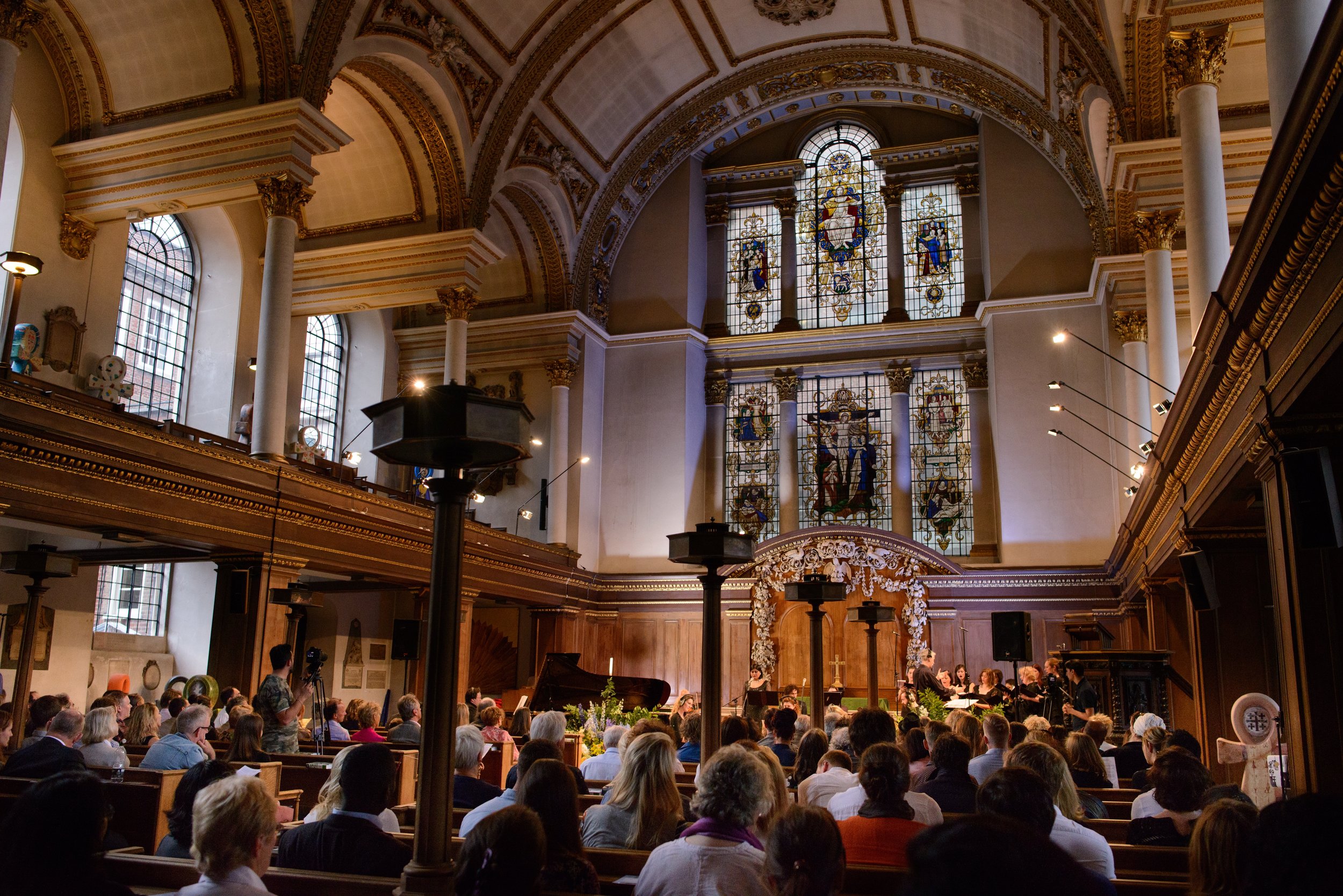
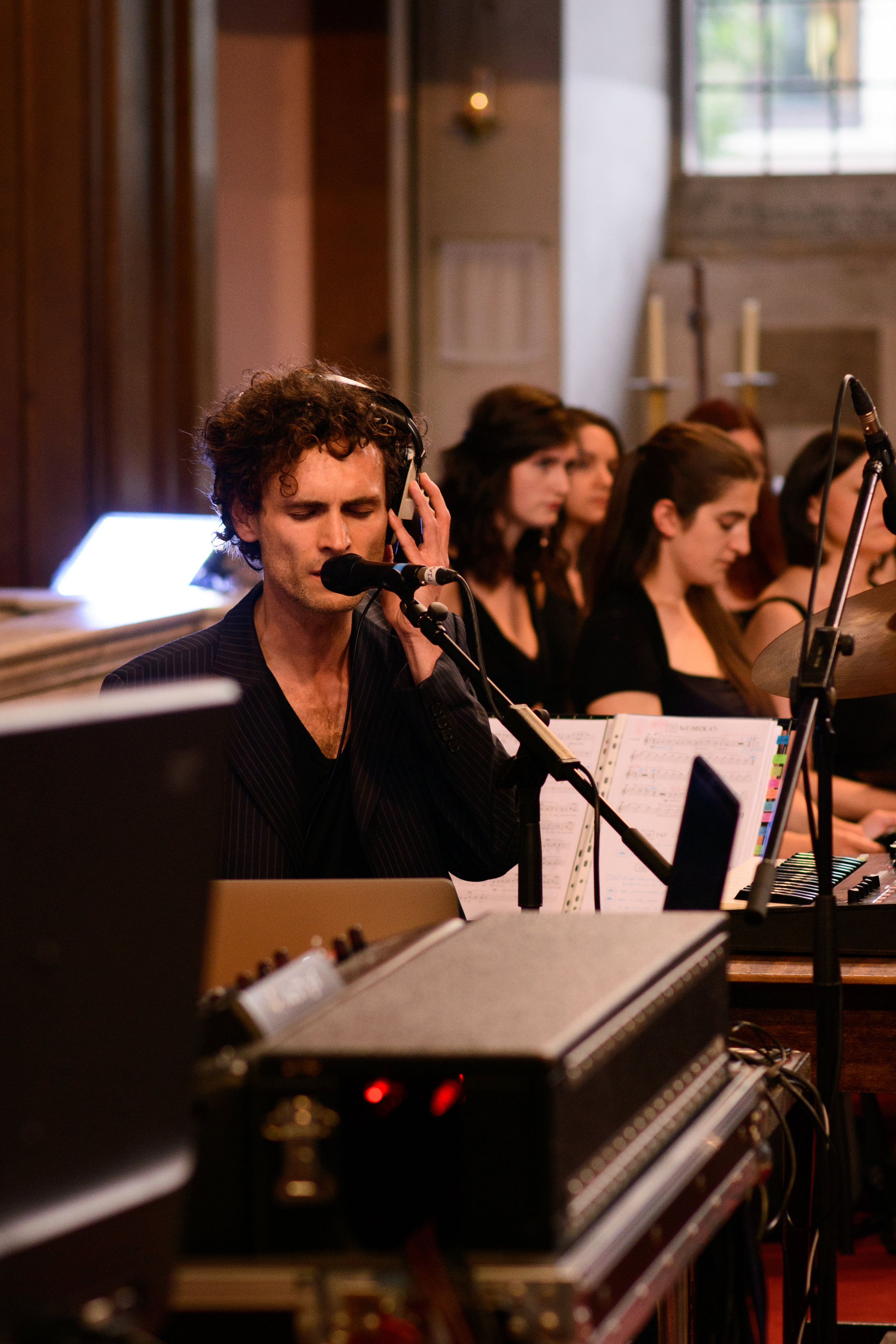
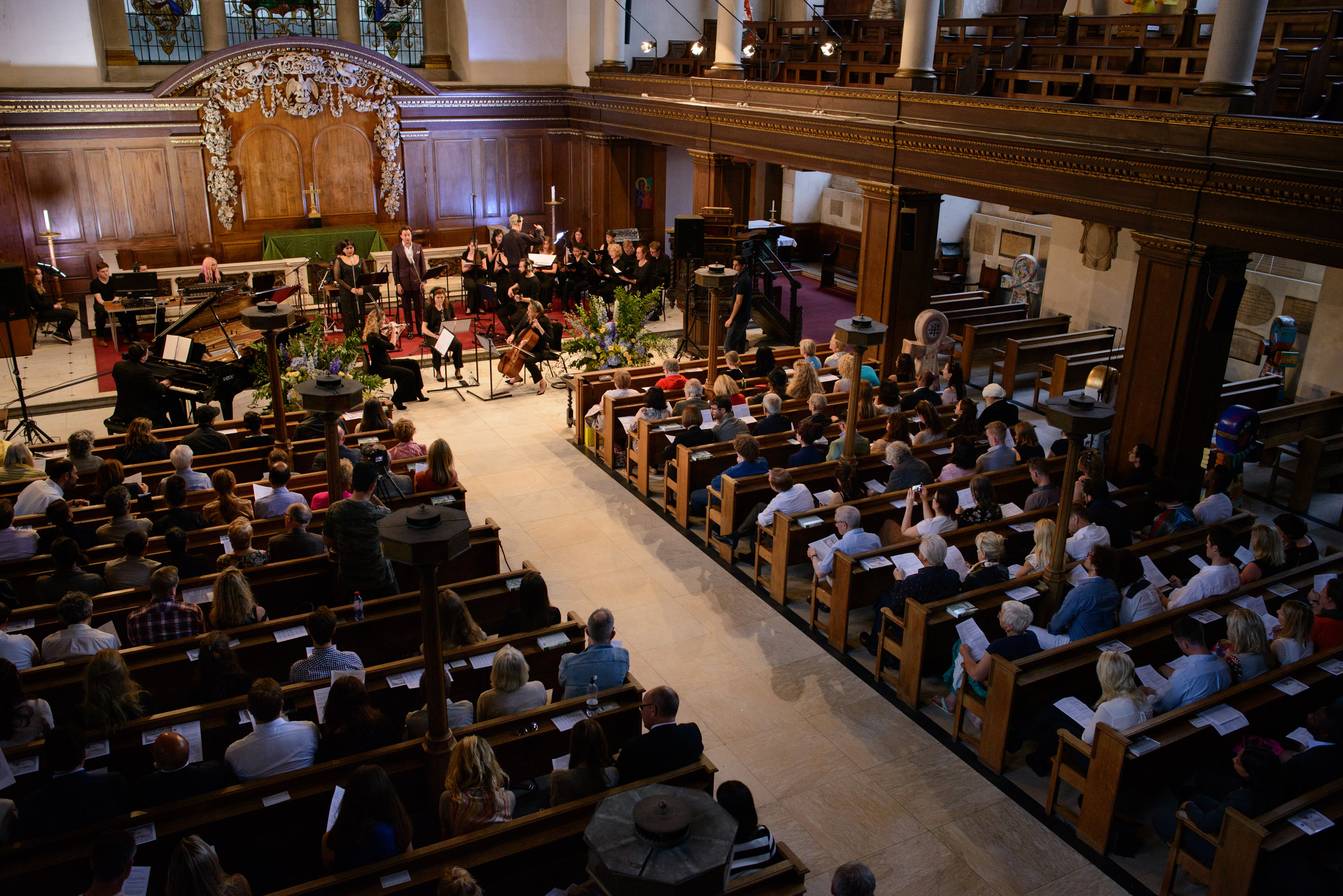
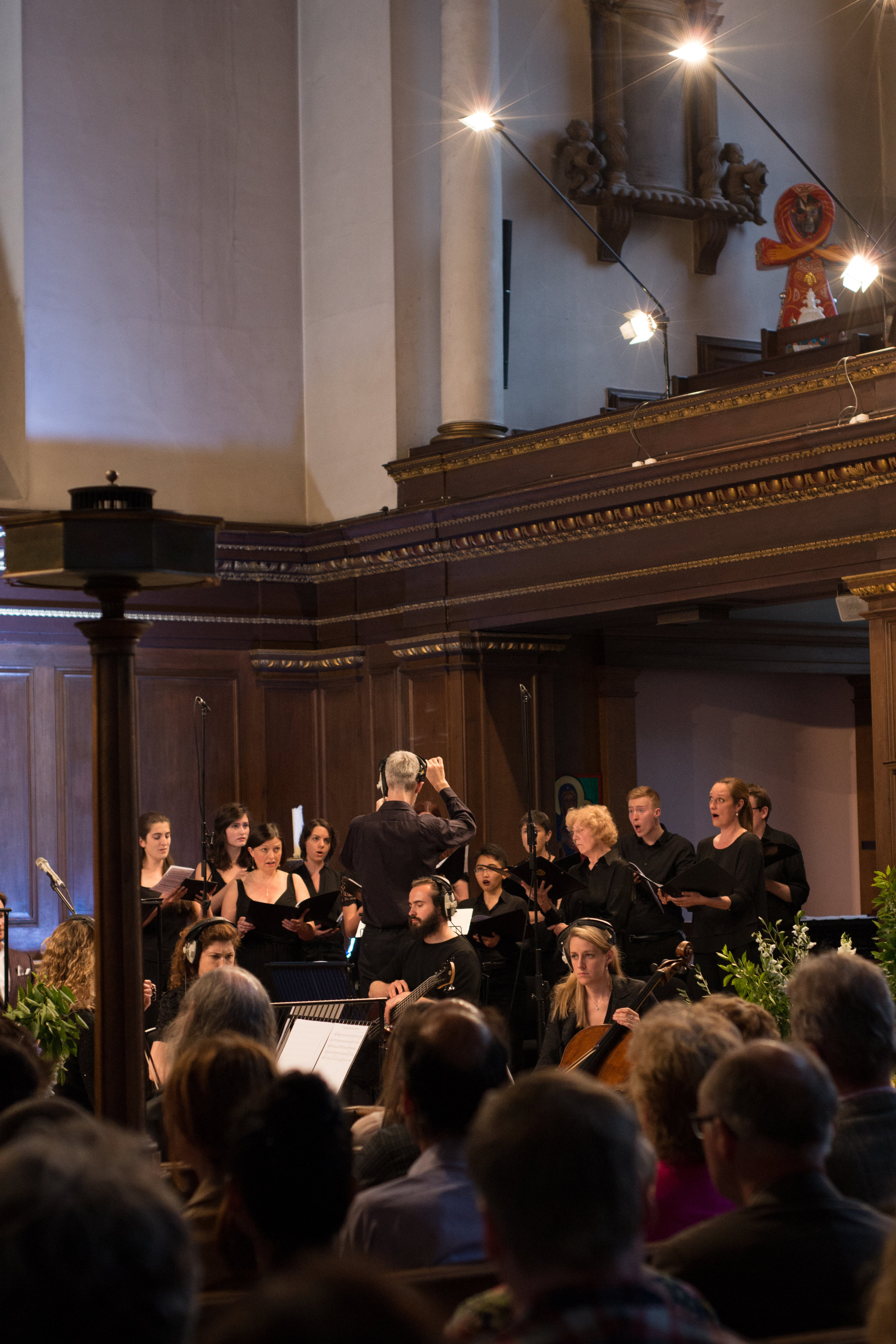
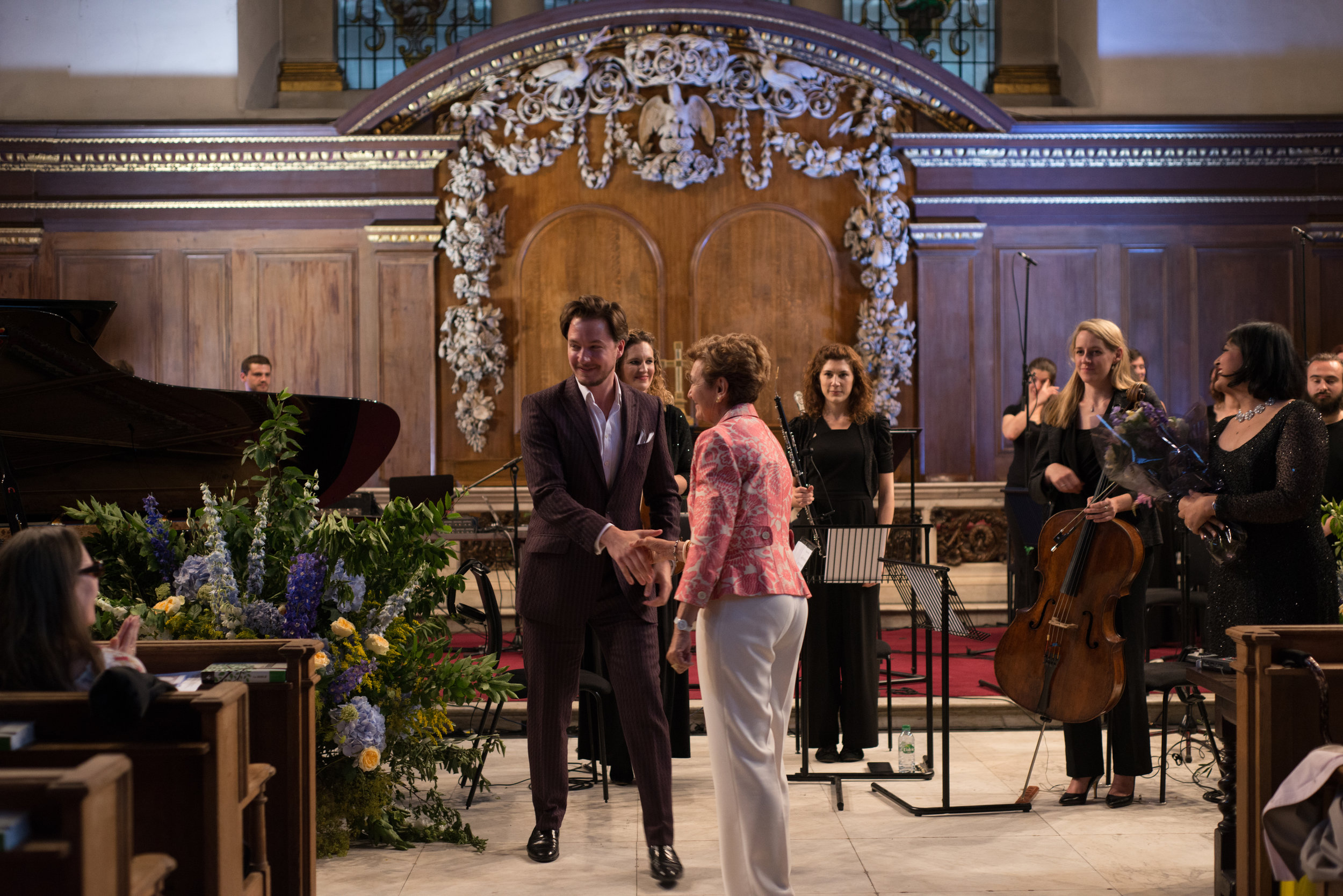
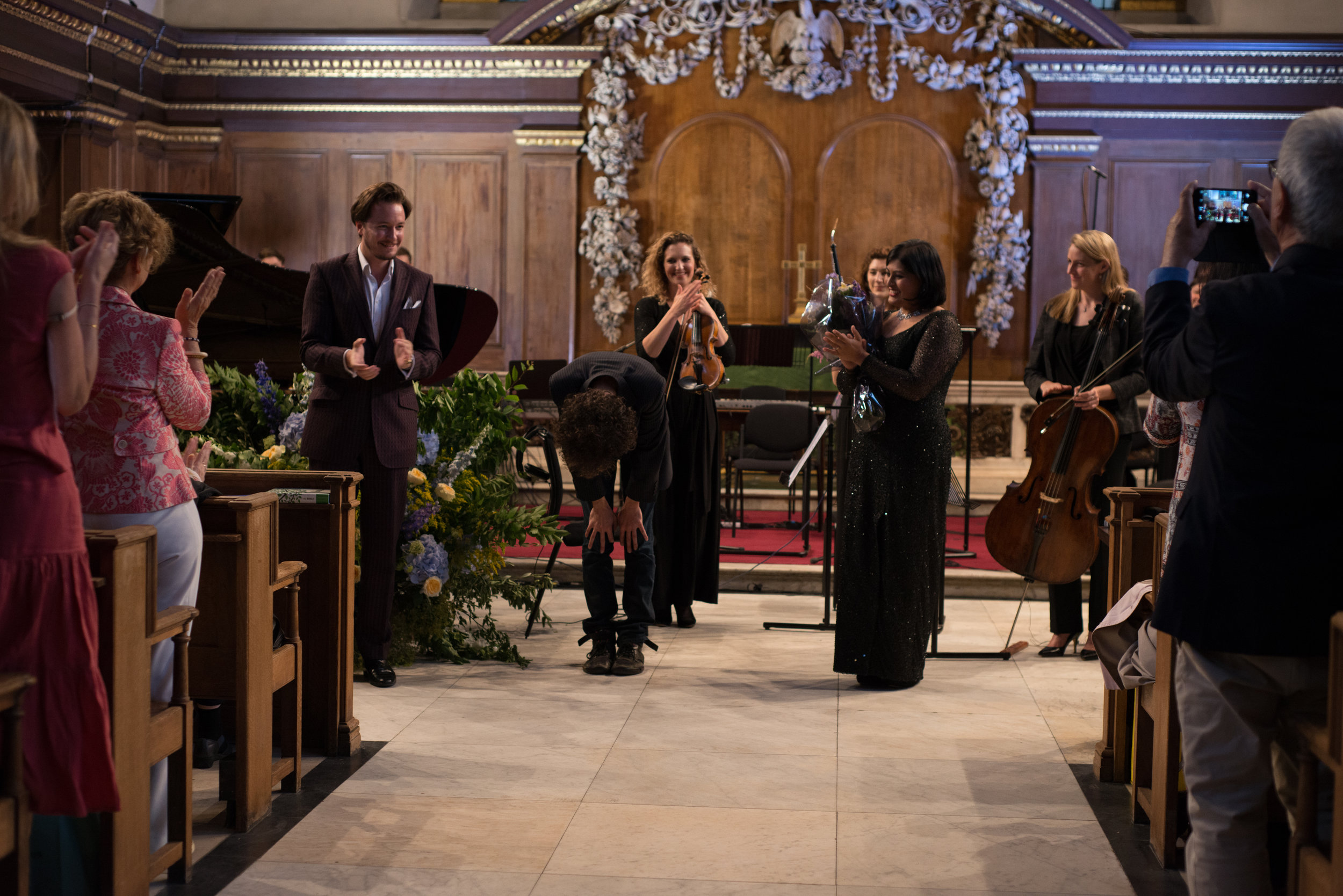
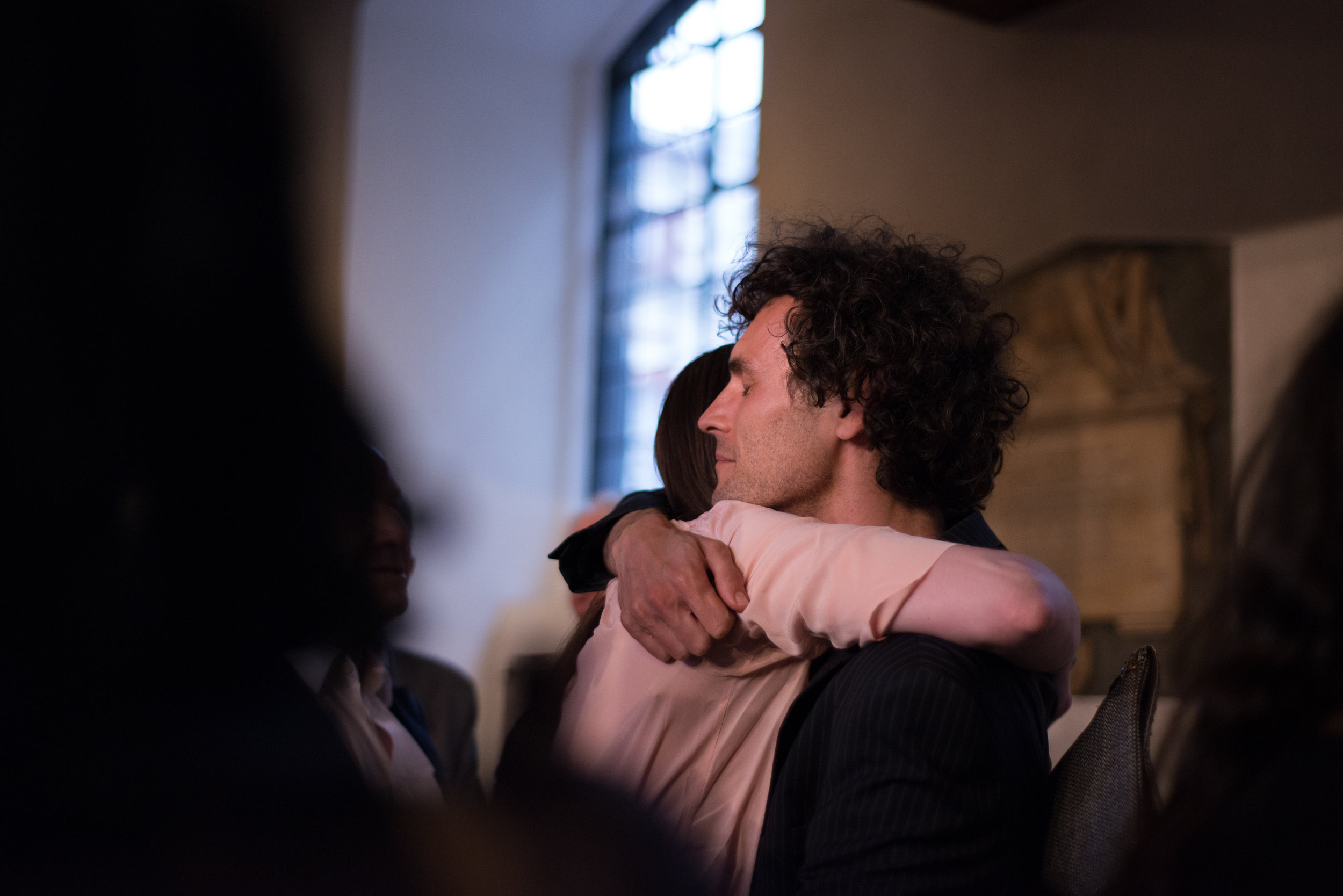
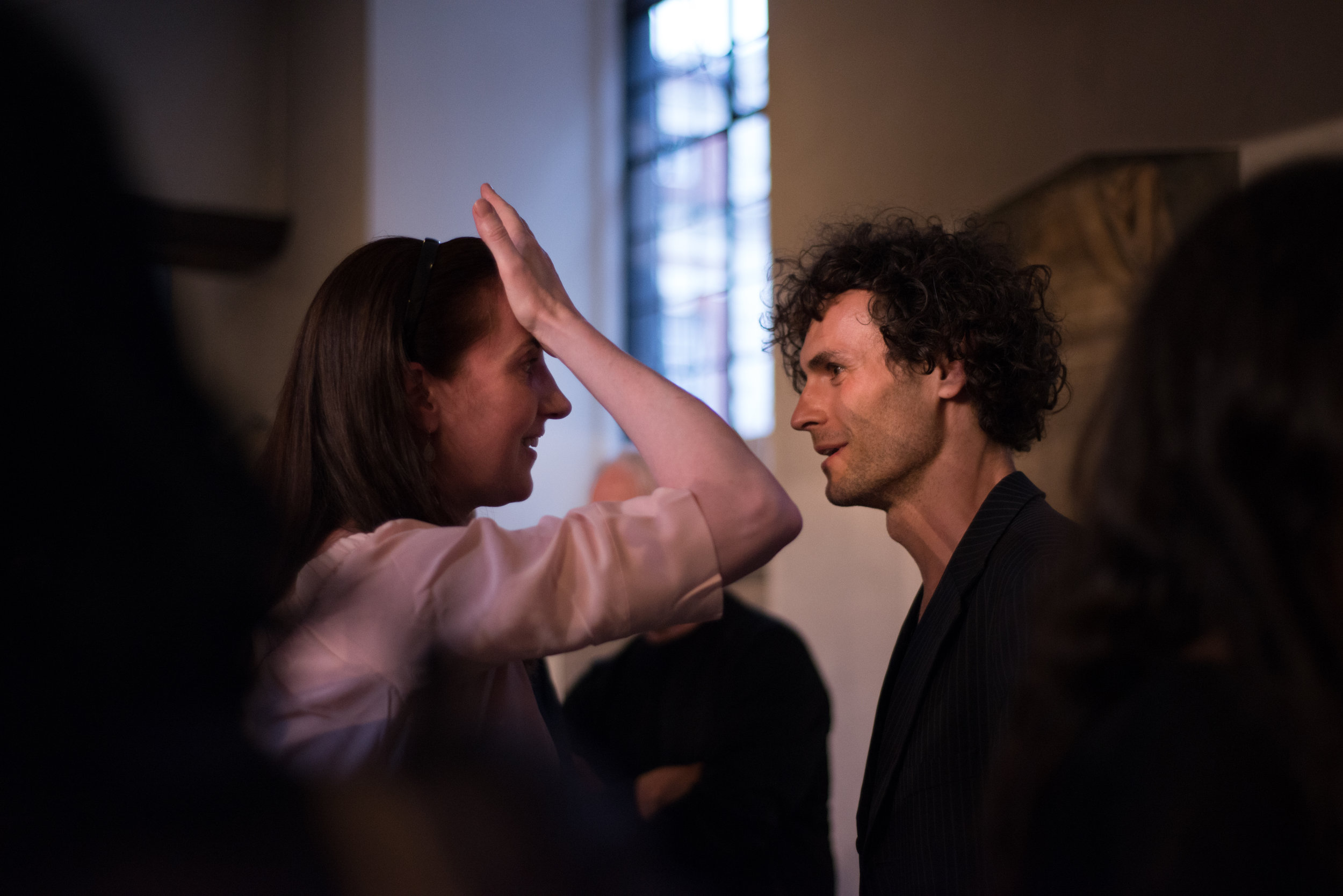
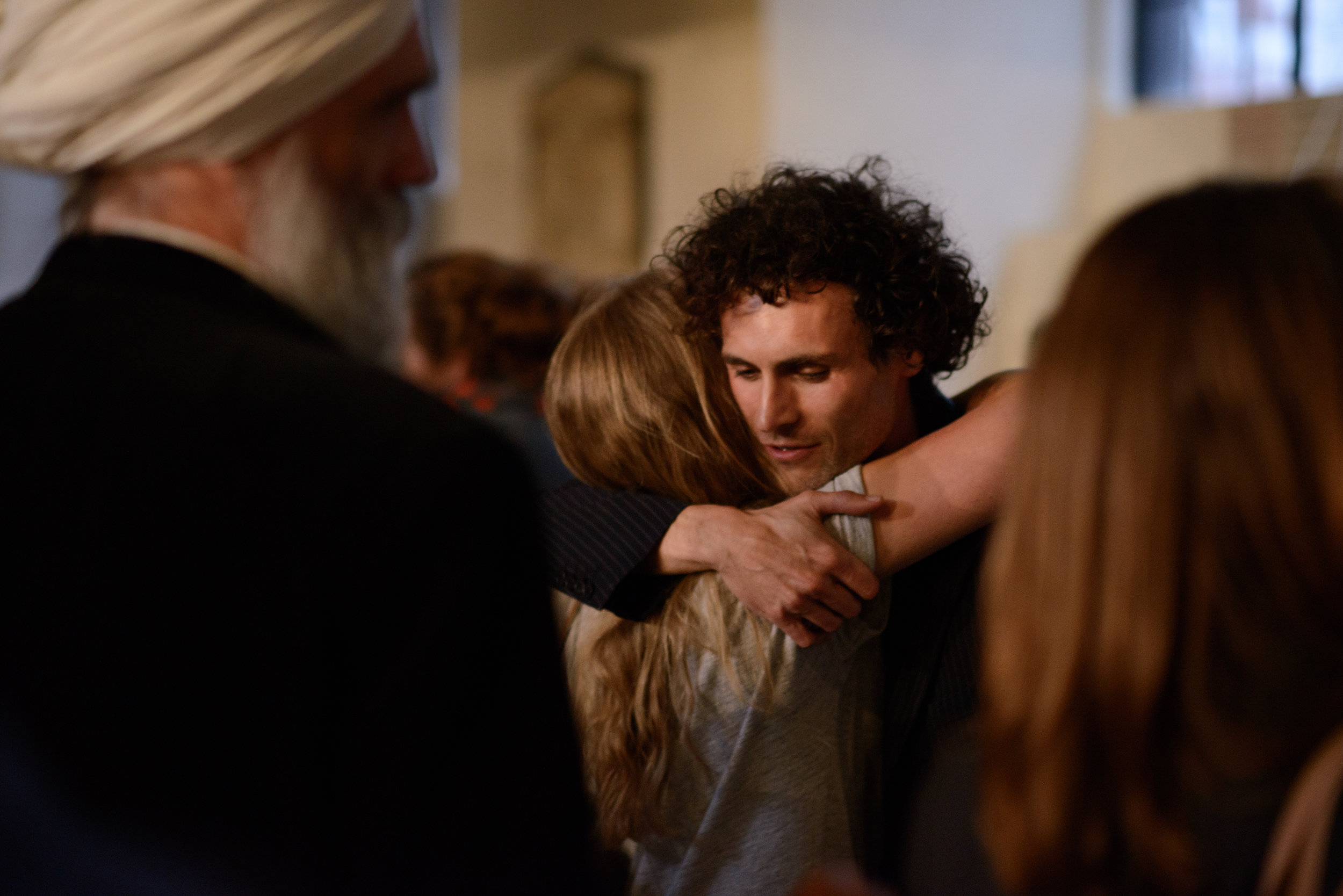
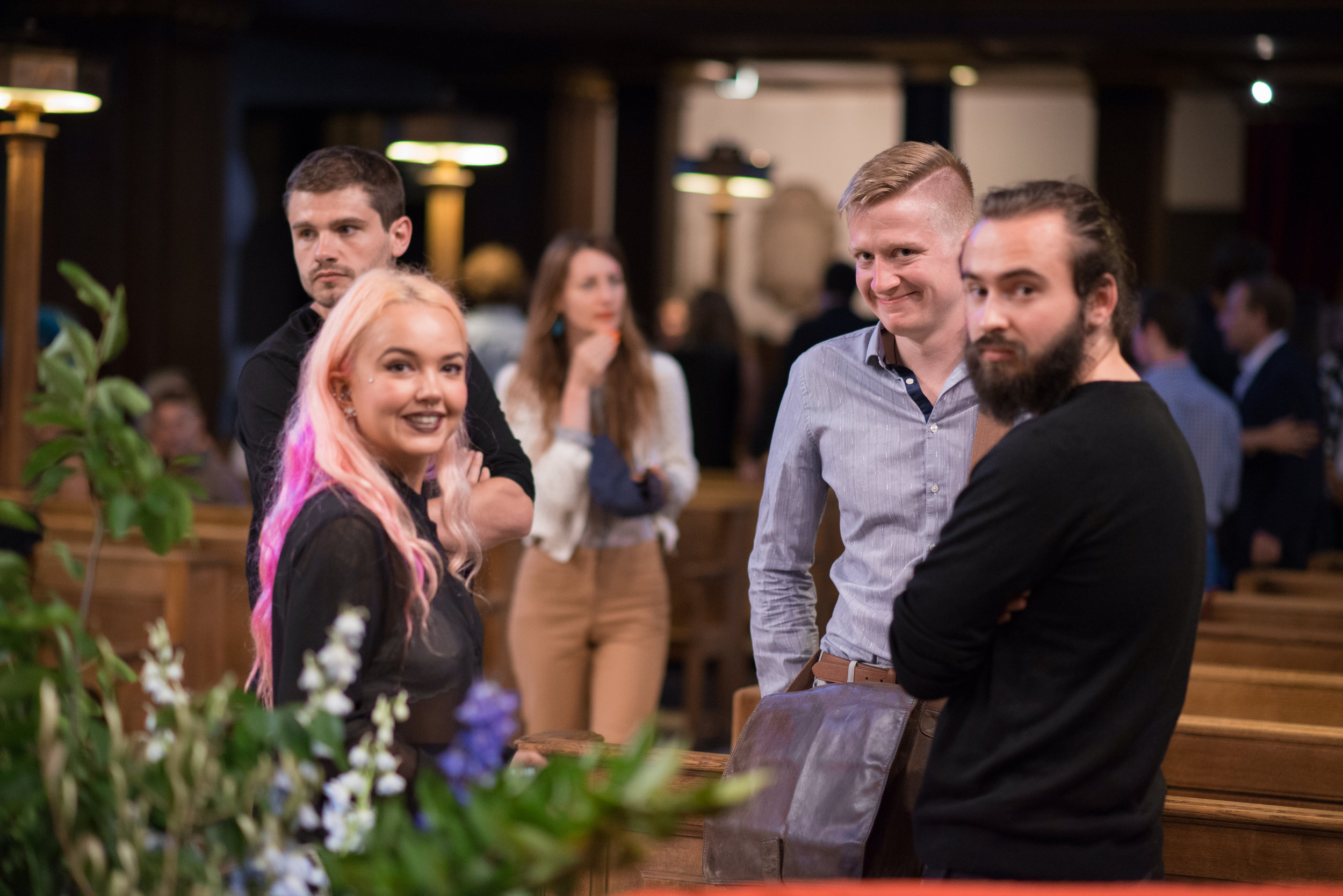
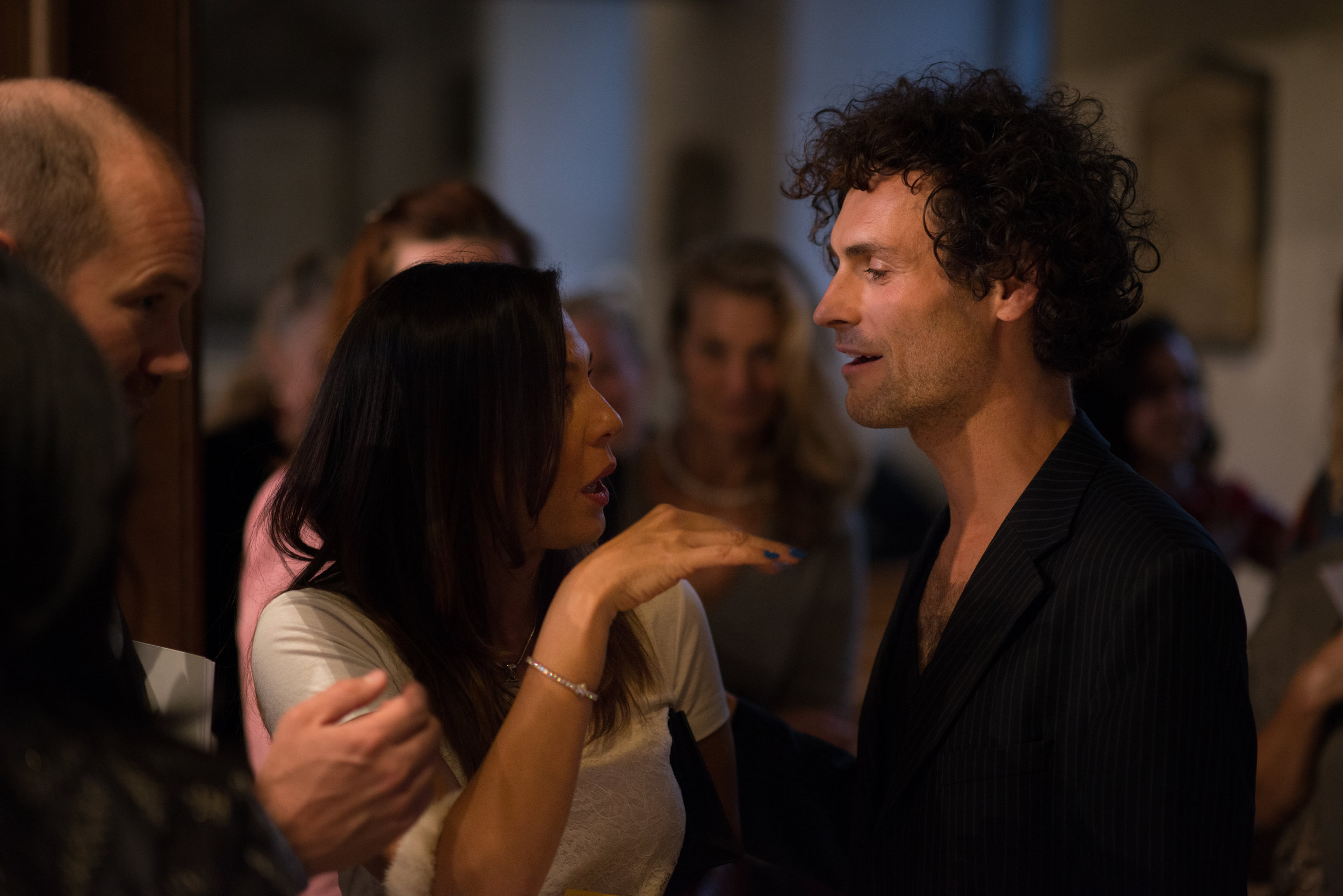
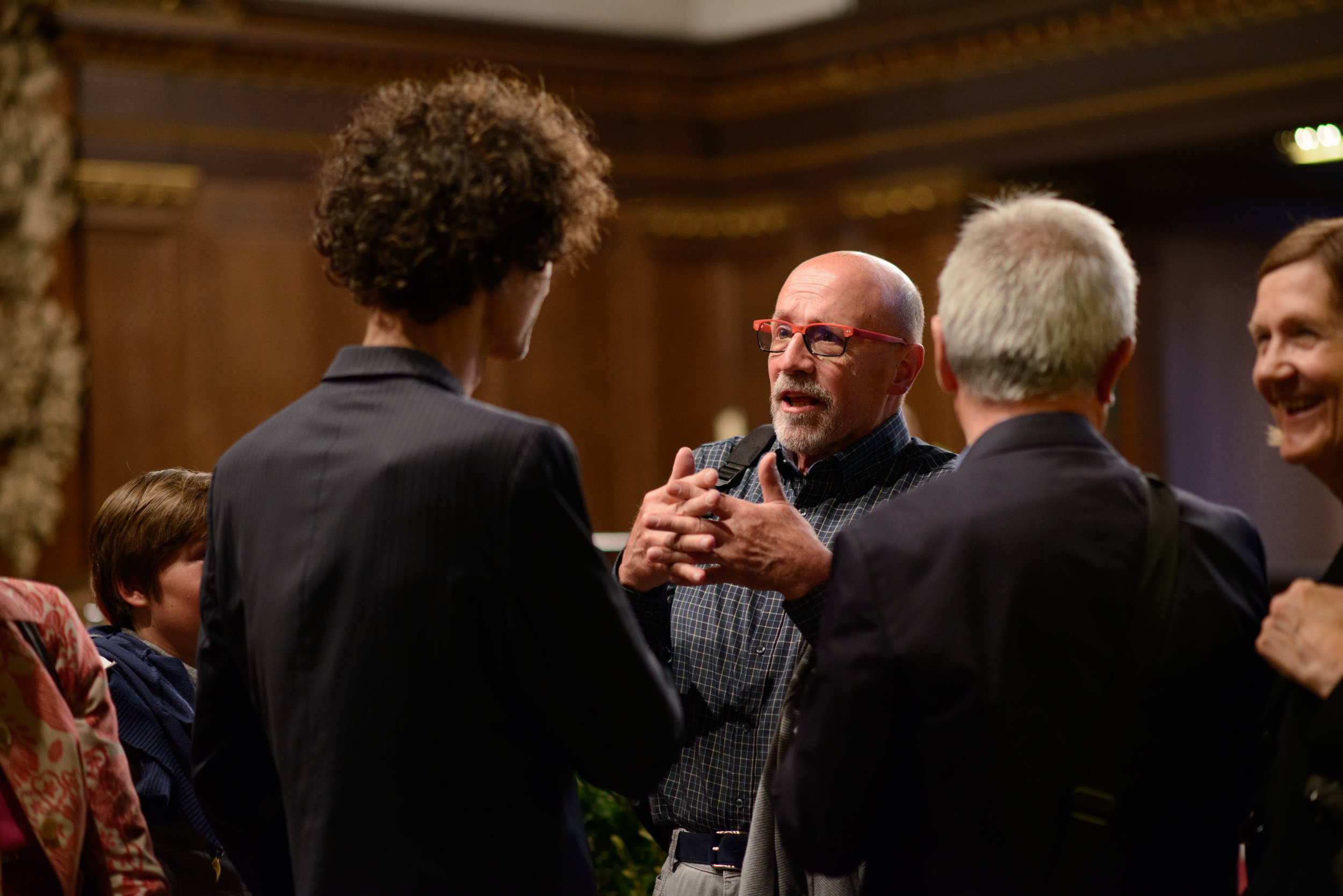
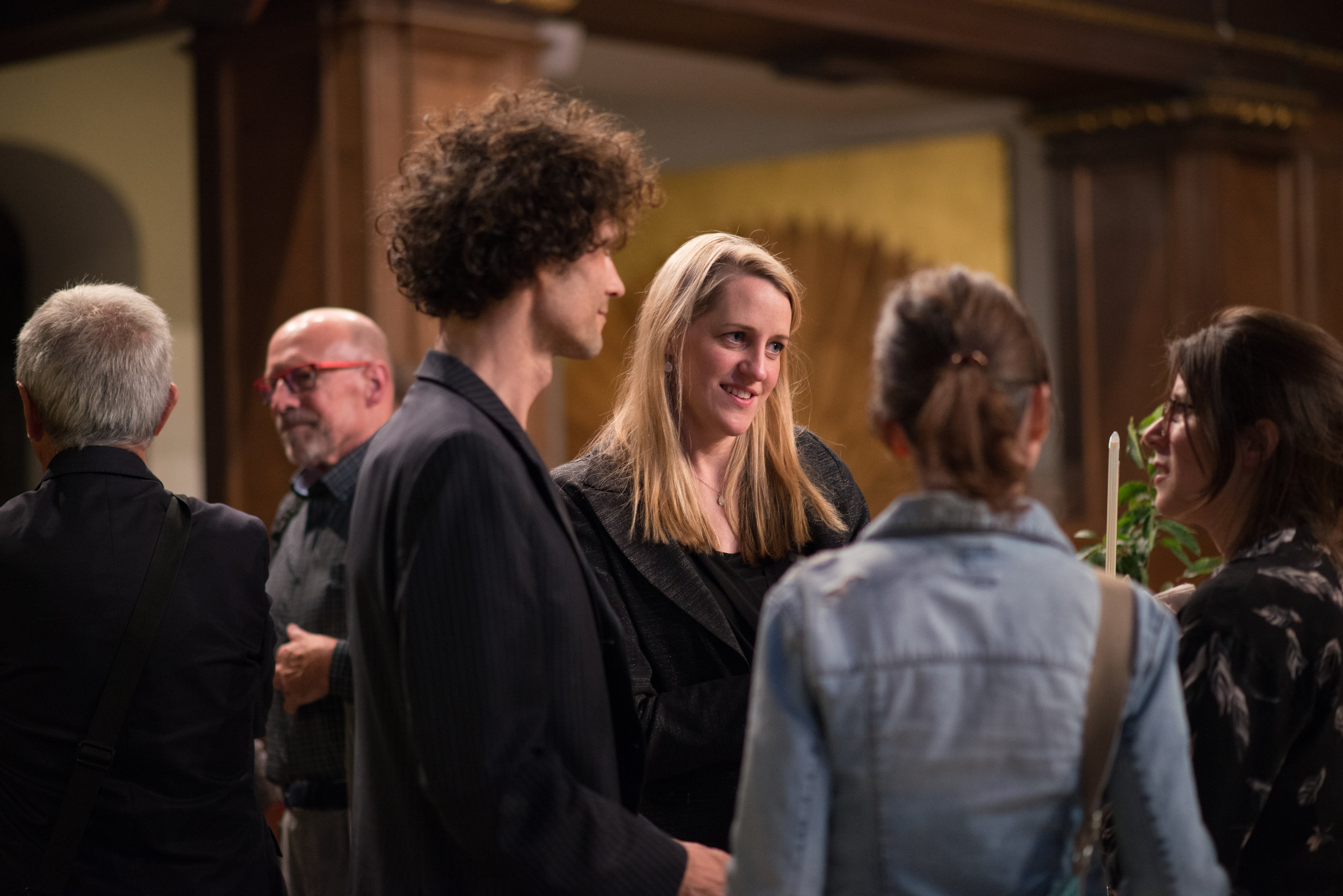
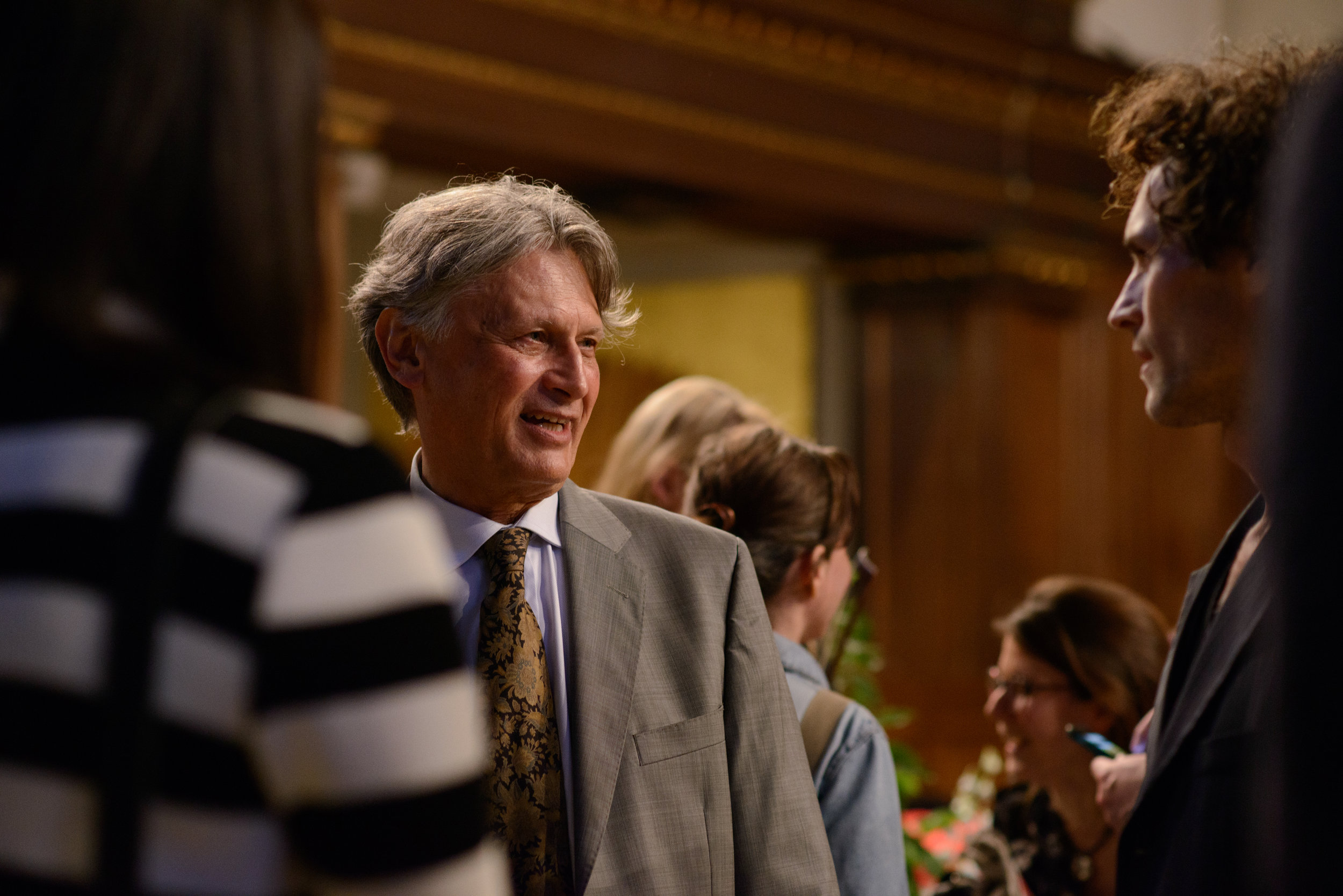
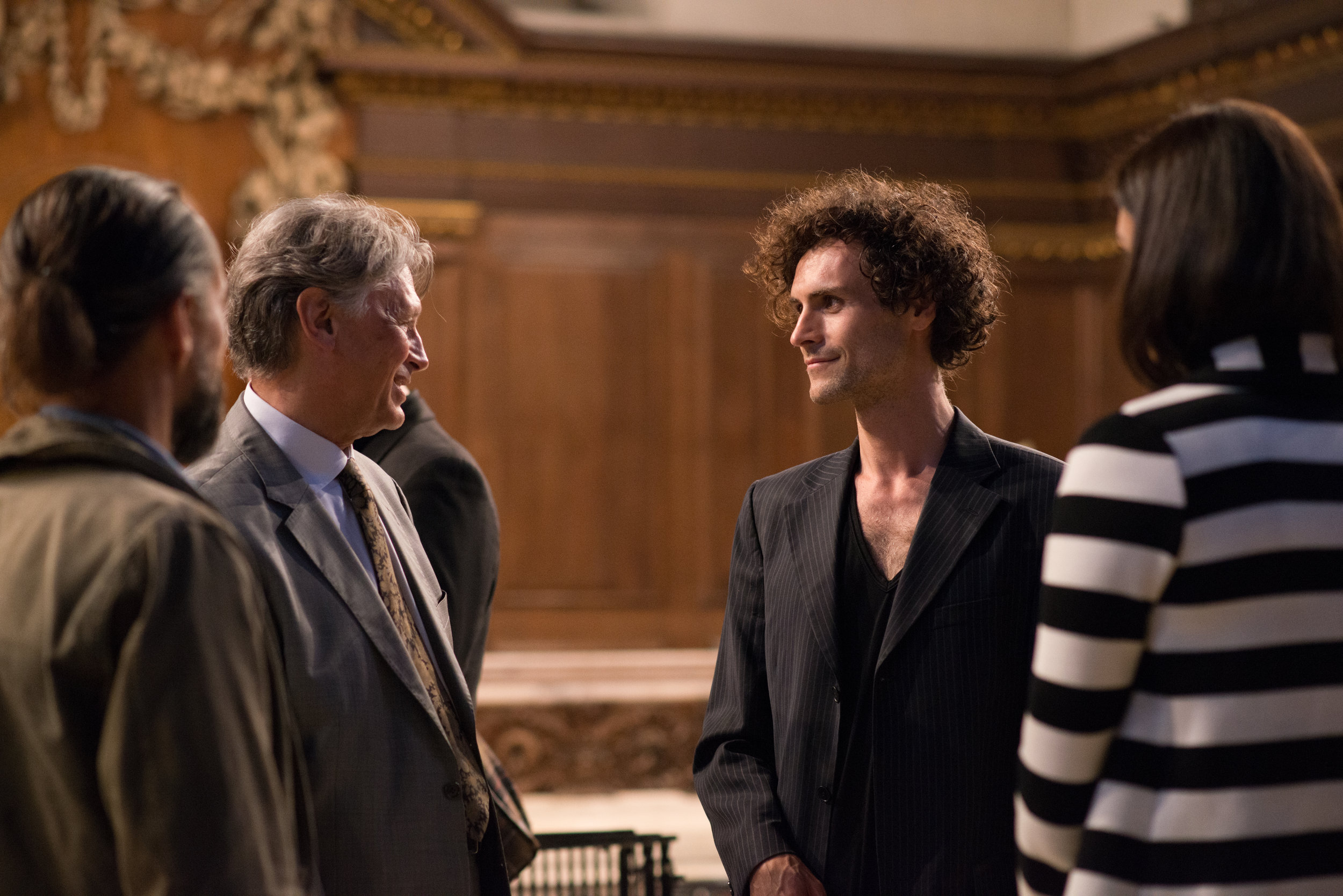
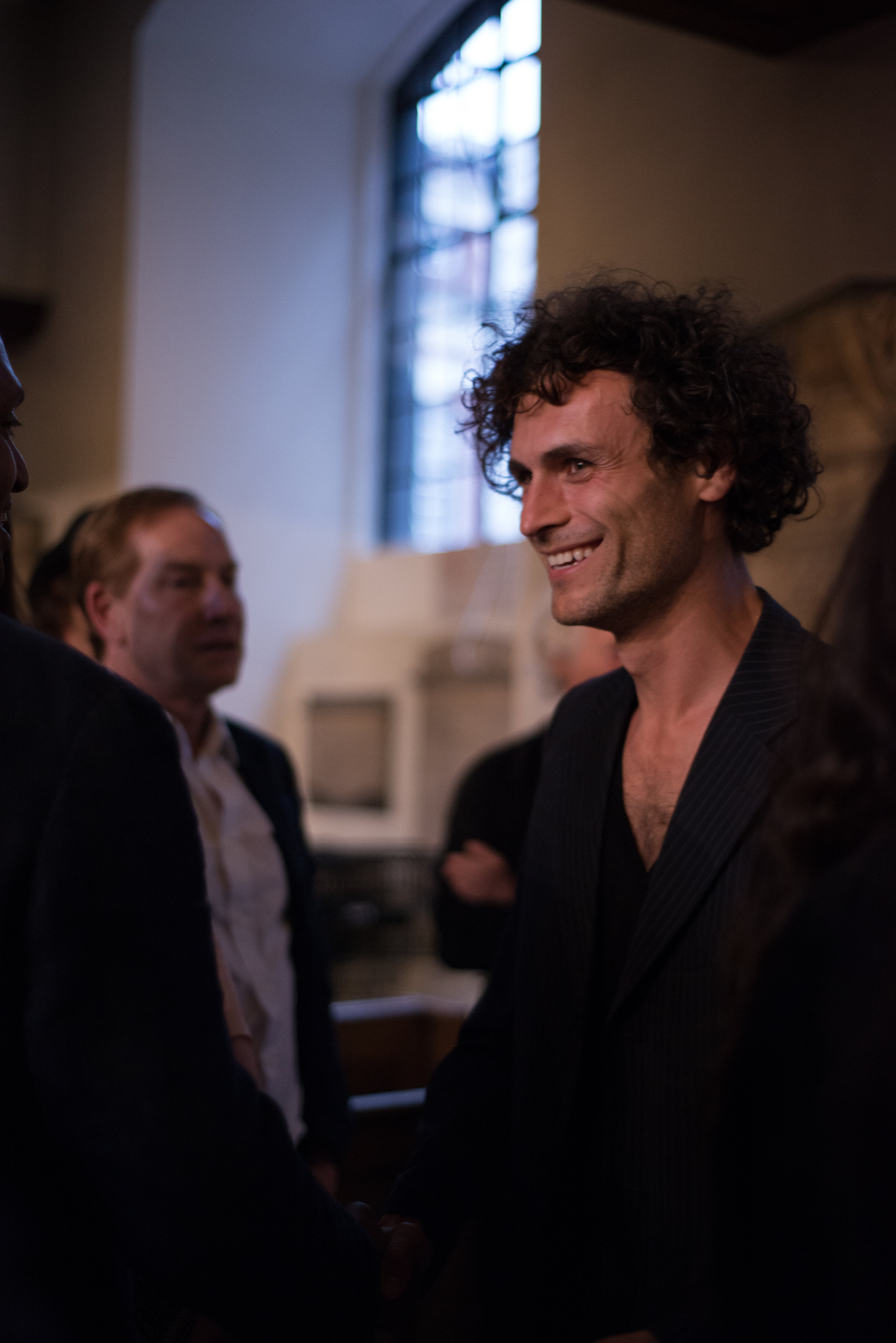
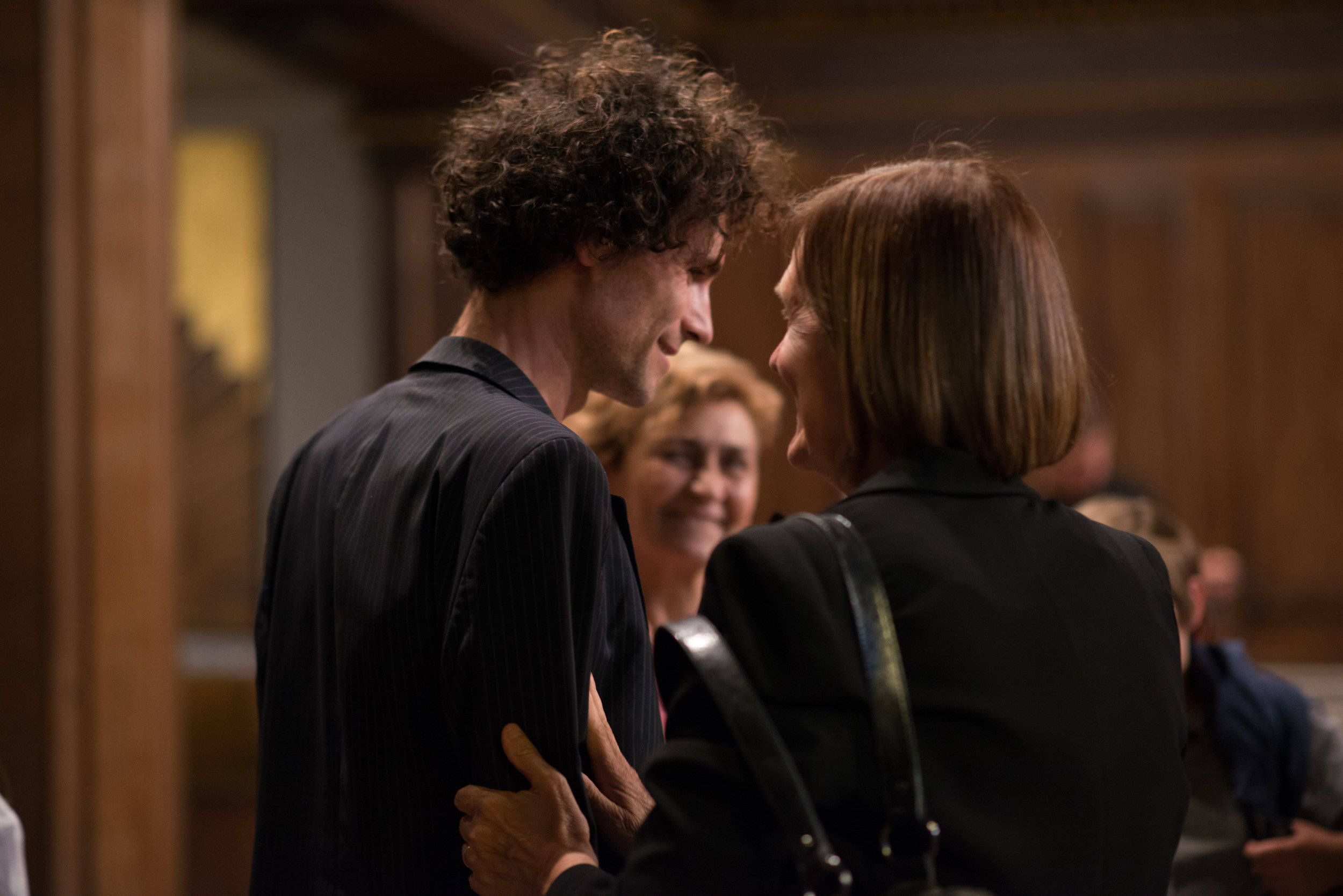
COWDRAY PARK gallery - 9th July 2016
